

Red Book
The idea of creating the Red Book originated in the late 1950s. Thus, scientists tried to draw attention to endangered species of animals. The first international Red Book, published in 1966, included 200 species of birds, 100 species of mammals, 25 thousand species of plants. Unfortunately, the number of endangered species of flora and fauna has only increased every year. The modern Red Book contains information on the registration of those species of living organisms that may disappear, and measures to protect them from extinction are needed to preserve them.

Black Book
The Black Book is a list of extinct species dating back to 1600. The list includes species included in cultural monuments, there is information about observations of animals by natural researchers or travelers, it includes species that have disappeared forever from the face of the earth as a result of man's unreasonable attitude to nature.

Gallery of illustrations Red - Black Book of Animals

Red Book - "Egyptian Vulture" - ROHAN DAHOTRE - Pune, India ROHAN DAHOTRE
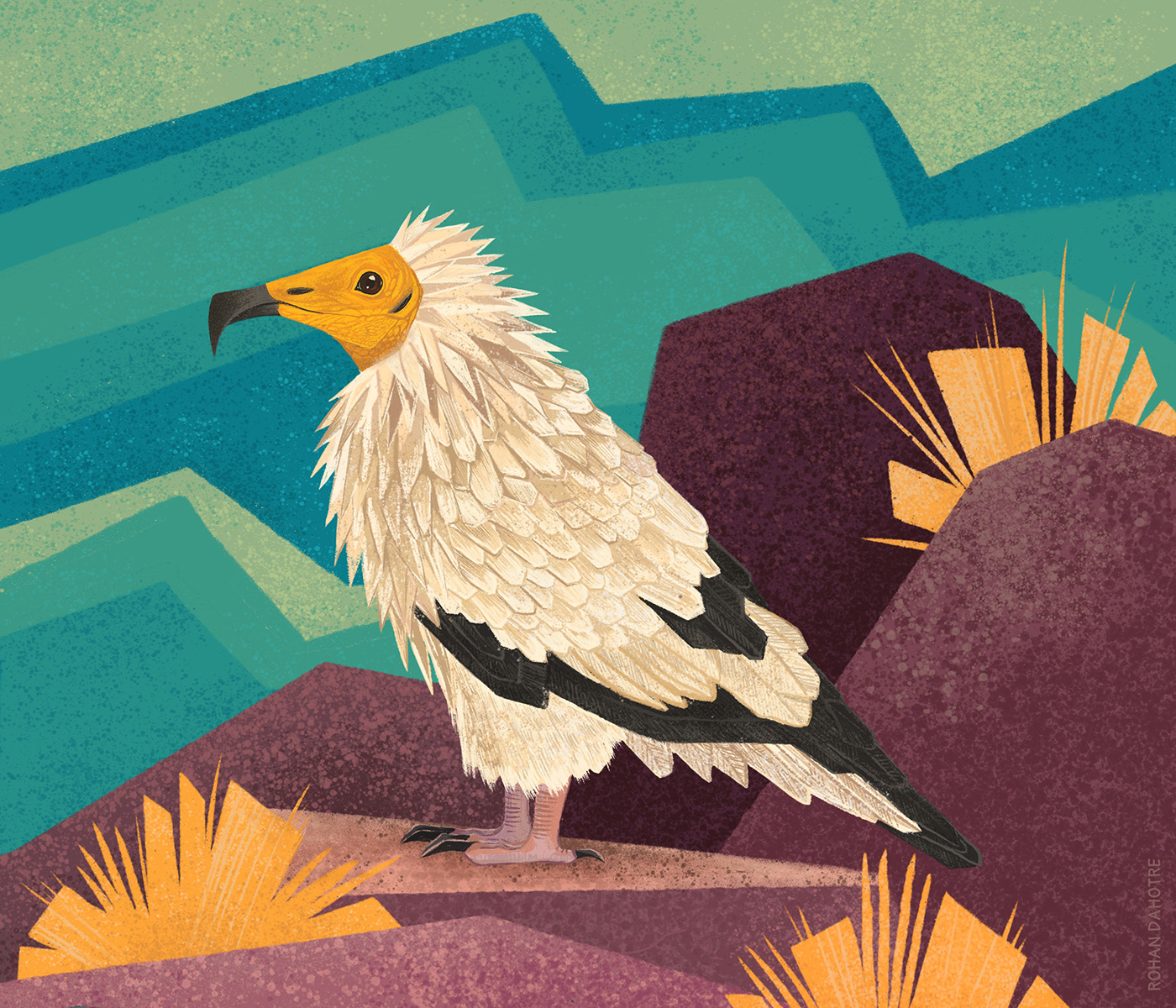
Red Book - "Egyptian Vulture" - Conservation status: Endangered (In declining). Distribution - Africa, Europe and Asia, the Mediterranean region and India, the Canary Islands and the islands of Cape Verde. The main reasons for extinction are a decrease in the number of wild ungulates, an increase in the culture of pasture cattle breeding (a decrease in the number of dead animals), poisoning with pesticides and persecution of birds by humans, including anxiety during the nesting period.
. . . . . . . . . . . . . . . . . . . . . . . . . . . . . . . . . . . . . . . . . . . . . . . . . . . . . . . . . . . . . . . . . . . . . . . . . . . . . .
Black Book - "Dodo" - Nieves Jurado Marín - Madrid, Spain Nieves Jurado Marín
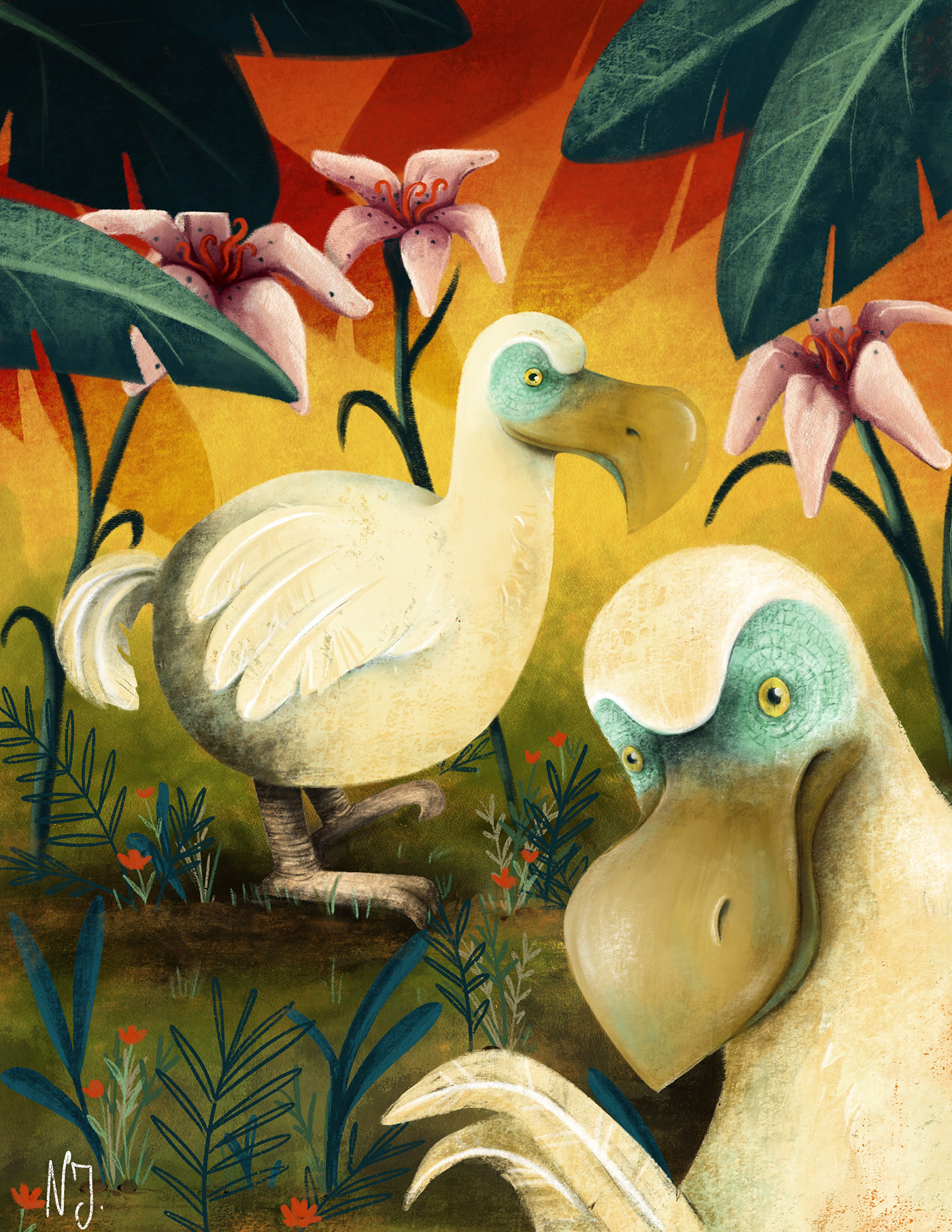
Black Book - "Dodo" - A flightless bird up to 1 m high, weighing 10-15 kg, living on the island of Mauritius in the western part of the Indian Ocean. Exterminated by European and Scandinavian seafarers who ate birds. Since 1662, it is considered an extinct species.
. . . . . . . . . . . . . . . . . . . . . . . . . . . . . . . . . . . . . . . . . . . . . . . . . . . . . . . . . . . . . . . . . . . . . . . . . . . . . .
Black Book - "Dodo" - Mayuco Abe - Kanagawa ward, Japan Mayuco Abe
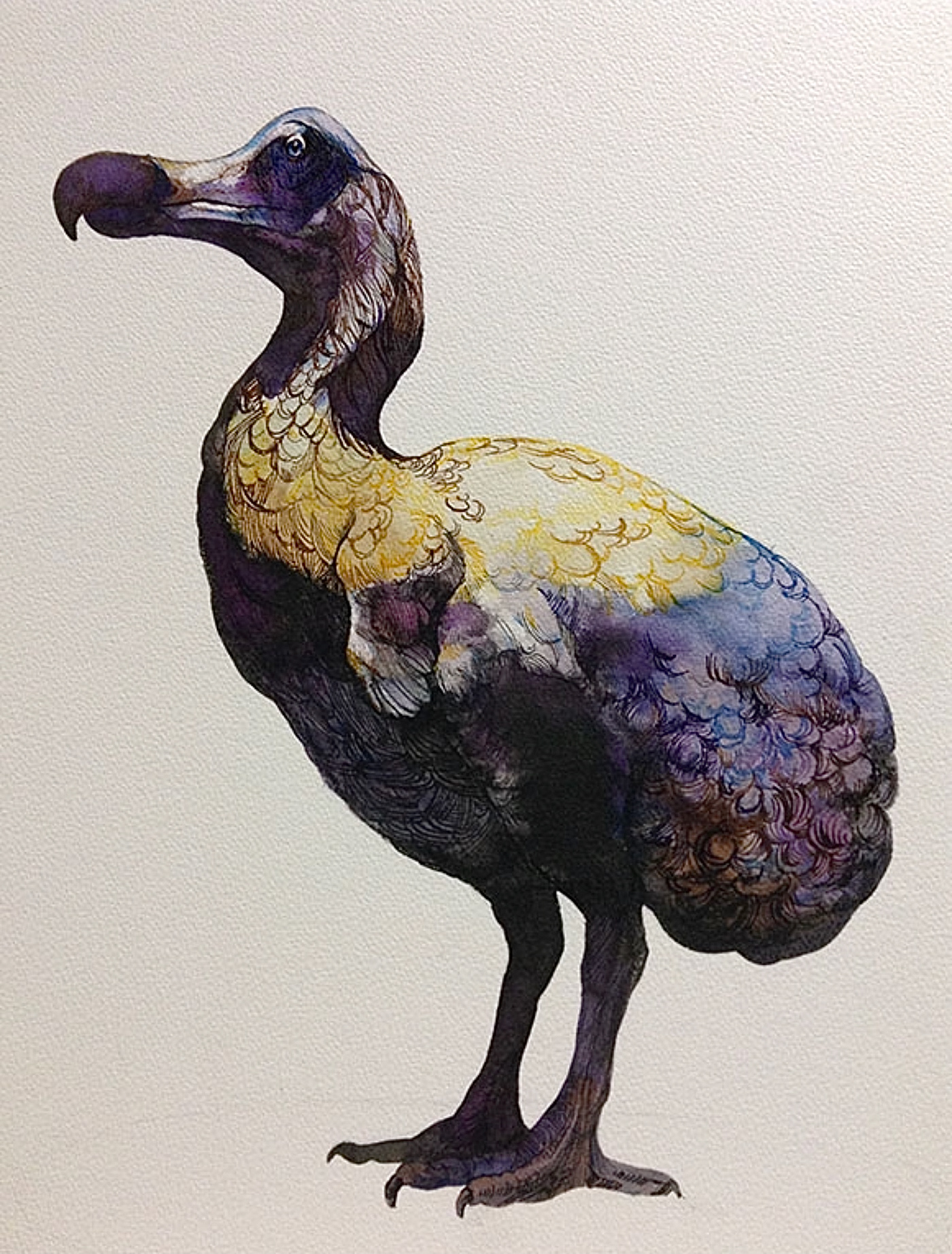
Black Book - "Dodo" - Black Book - "Dodo" - The first record of this bird was made by Dutch sailors in 1598. Habitat - dry, coastal areas of the island. Due to the abundance of food sources (fallen fruits) and the complete absence of predators, the bird lost its ability to fly and moved on its paws.
. . . . . . . . . . . . . . . . . . . . . . . . . . . . . . . . . . . . . . . . . . . . . . . . . . . . . . . . . . . . . . . . . . . . . . . . . . . . . .
Red Book - "Common kingfisher" - Kinga Martin - Easthampton, MA, USA Kinga Martin
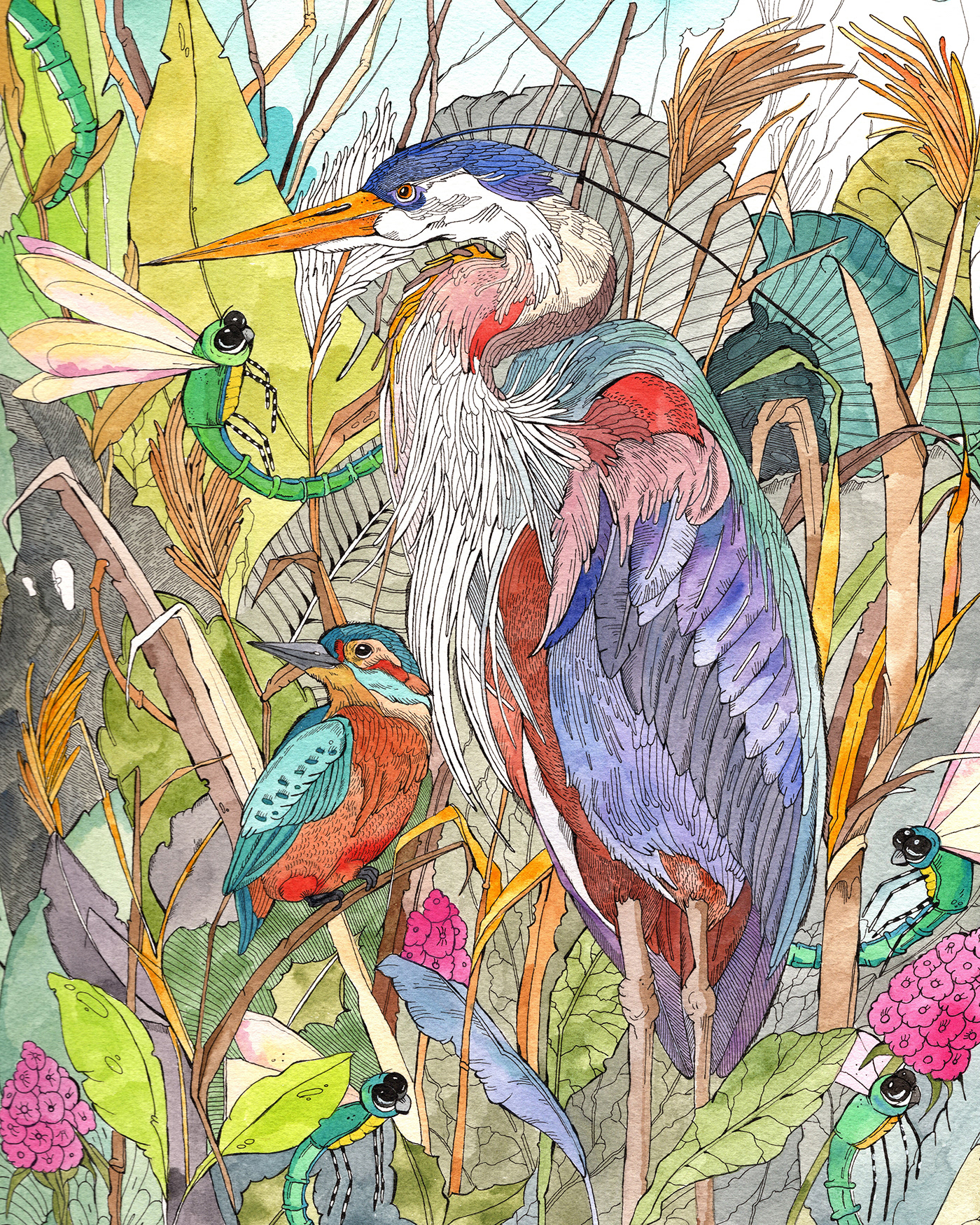
Red Book of Crimea - "Common kingfisher" - Small bird of the kingfisher family (Alcedinidae), slightly larger than a sparrow. The bird has strict requirements for habitat: a clean reservoir with running water (not shallow, but not deep either), a cliff and overgrown banks. Kingfishers do not like close proximity to other birds. The number of kingfishers is currently declining due to human economic activities.
. . . . . . . . . . . . . . . . . . . . . . . . . . . . . . . . . . . . . . . . . . . . . . . . . . . . . . . . . . . . . . . . . . . . . . . . . . . . . .
Red Book - "birds of japan" - chiaki suzuki - 静岡 市 (Shizuoka), Japan chiaki suzuki
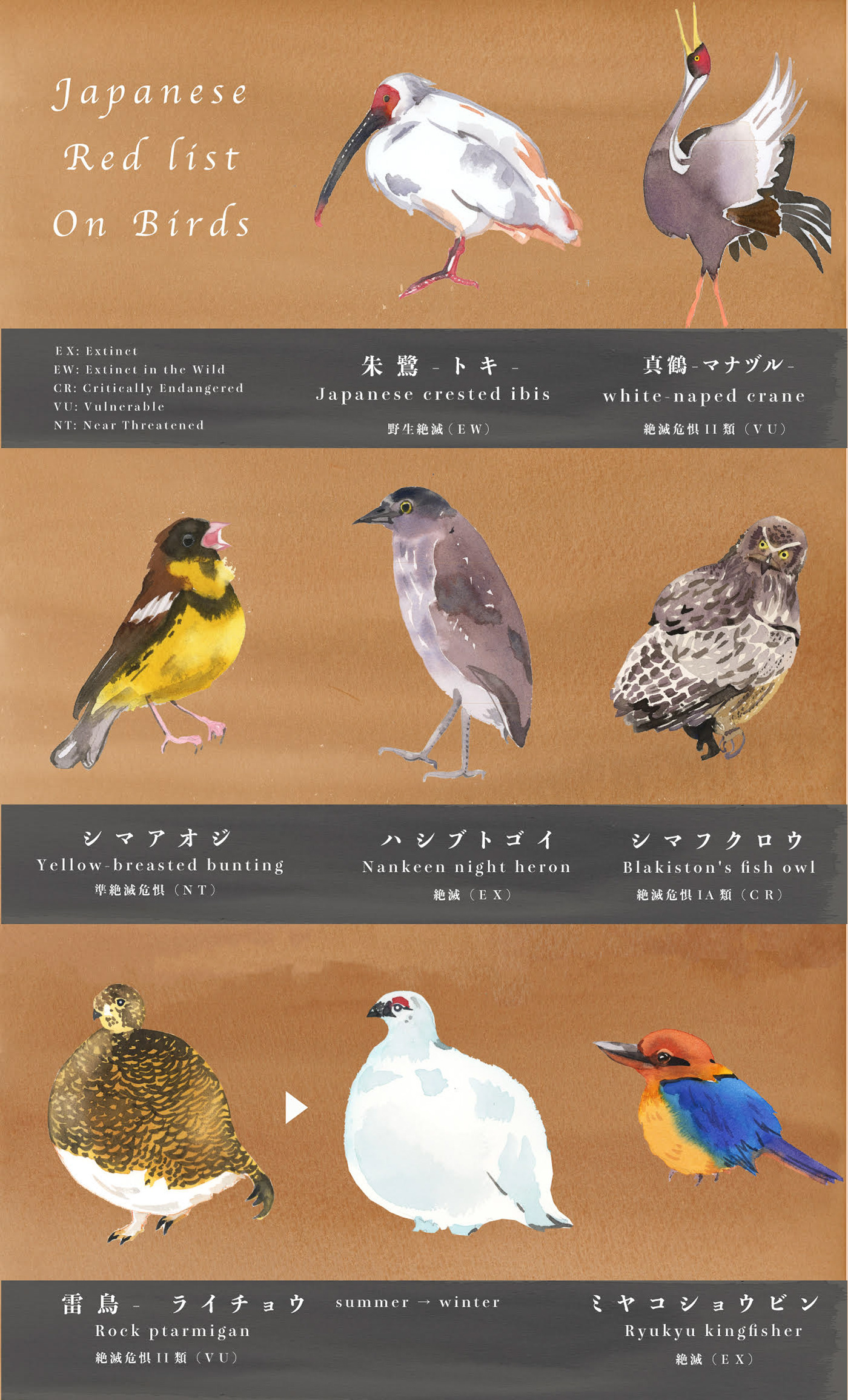
Red Book 1."Crested ibis" - Conservation status: endangered species. extremely rare, endangered bird, included in the Red Book of the Russian Federation and the International Red Book. The red-footed ibis is guarded. found in China. The main limiting factor is the use of pesticides in rice fields; in China, a program is being implemented to subsidize farmers' refusal to use pesticides in the vicinity of the red-footed ibis reserve. 2. "White-naped crane" a bird of the crane family that lives in East Asia, including the territory of the Russian Federation. A rare species, its total number, according to ornithologists' estimates, is 4,900-5,300 individuals. It is protected by international and national laws. 3. "Nankeen night heron" - inhabits various biotopes such as marshes, mangroves, rivers and lakes. She often settles in urban areas, reservoirs in parks and gardens.
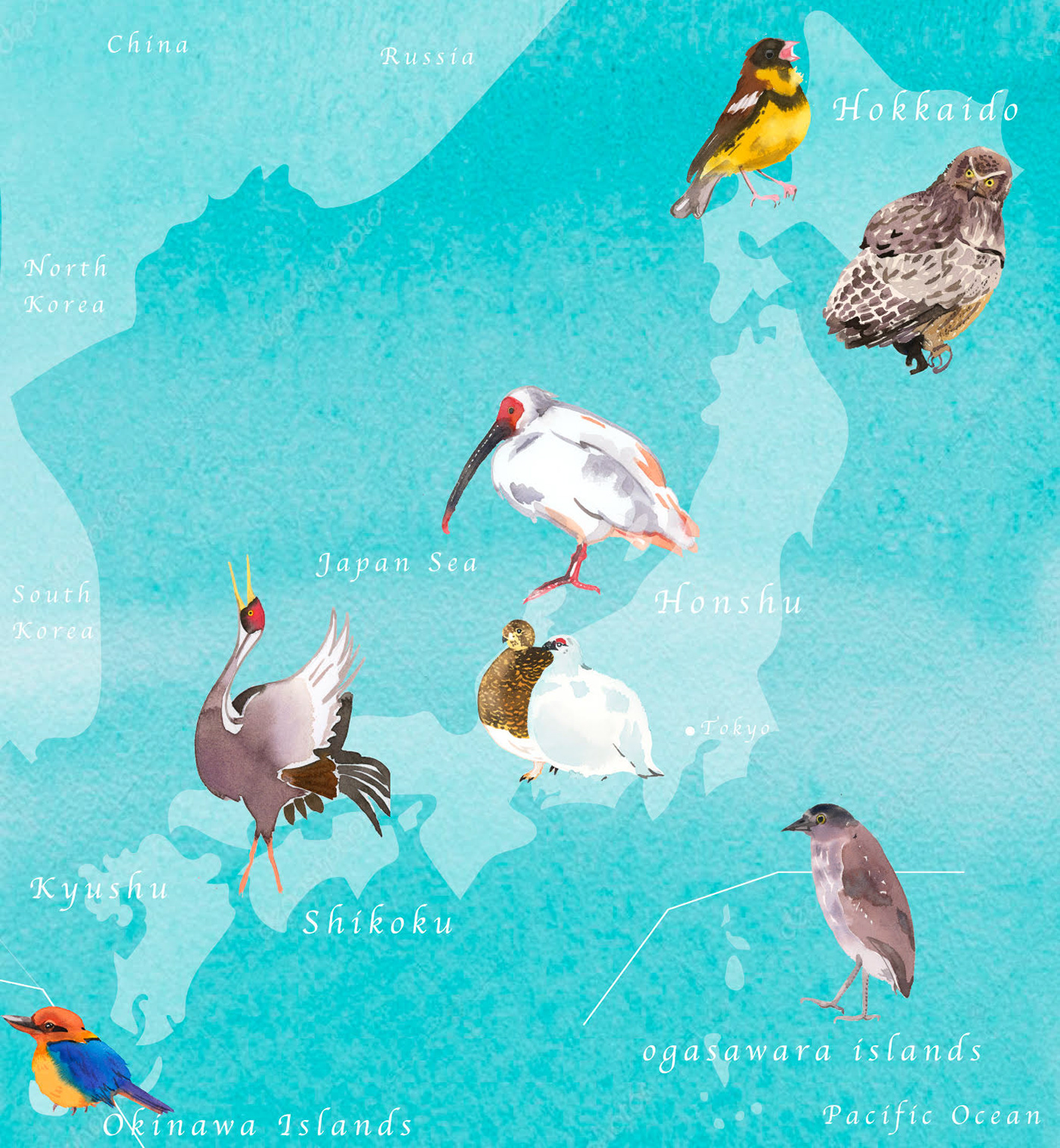
4. "Yellow-breasted bunting" - Populations have declined precipitously since the early 2000s, and the species is now considered to be critically endangered. The decline of the is likely to be caused by substantial trapping during migration and most specifically at winter sites. Birds are flushed then caught in mist-nets, to be sold. 5. "Blakiston's fish owl" - a species of birds of the owl family, which is on the verge of extinction. 6. "Rock ptarmigan" - a bird from the tribe of grouse of the pheasant family. This species is protected in Japan. Black Book 7. "Ryukyu kingfisher" - Extinct - Careful research at the beginning of the 20th century could not find the bird again. The reasons for the extinction of the bird species were land management and drainage of wetlands for agriculture.
. . . . . . . . . . . . . . . . . . . . . . . . . . . . . . . . . . . . . . . . . . . . . . . . . . . . . . . . . . . . . . . . . . . . . . . . . . . . . .
Red Book of Ukraine - "Barn owl - Tyto alba" - Annalisa Faglioni - Milan, Italy Annalisa Faglioni
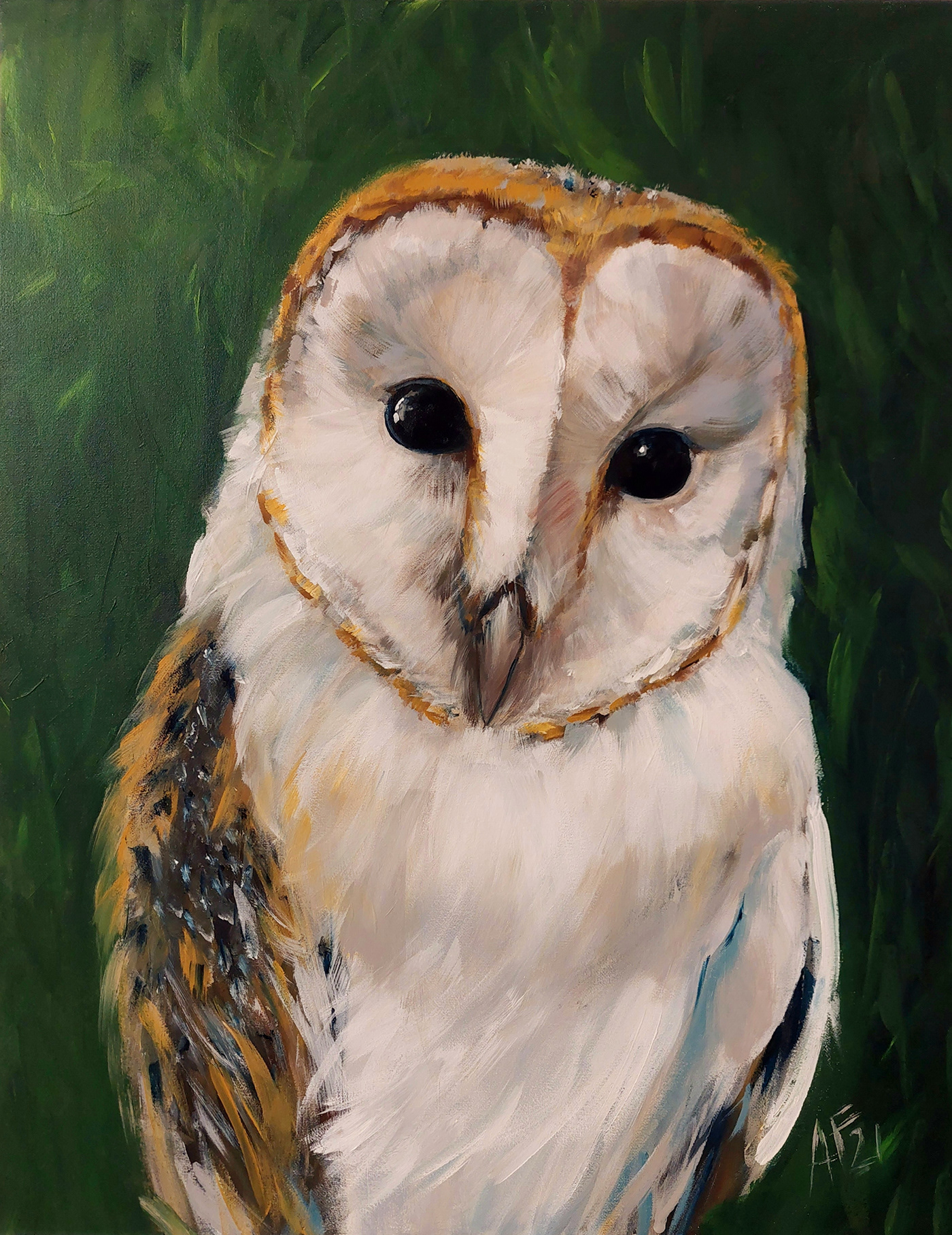
Red Book - "Barn owl" - Conservation status of the species: Endangered. Conservation status and conservation measures: Listed in CITES Appendix II, Lists of the Berne Convention (Appendix II). CCU (1994). Protection will be facilitated by the identification and preservation of nesting sites, increasing the number is possible through the installation of artificial nests in the habitats of the species. In Ukraine, the number is very low and continues to decline. In most countries there is a tendency to decrease the number due to a decrease in the number of nesting sites, the death of birds in severe snowy winters, depletion of forage, the use of pesticides in agriculture, deaths on the roads.
. . . . . . . . . . . . . . . . . . . . . . . . . . . . . . . . . . . . . . . . . . . . . . . . . . . . . . . . . . . . . . . . . . . . . . . . . . . . . .
Black Book - "The Imperial Woodpecker" - Sarah Waldmann - Potsdam, Germany Sara Waldmann


Black Book - "The Imperial Woodpecker" - The imperial woodpecker, or the American king's woodpecker (Latin Campephilus imperialis), is a bird of the woodpecker family, the largest woodpecker in the world. Probably extinct. Extinction. The last reliable report on the finding of the species dates back to 1956, the next evidence is the entry of the Vienna Museum of Natural History from 1993. There are also inaccurate reports of sightings in northwestern Mexico (2005). The destruction of natural habitats, cutting down of old oak and pine groves led to the extinction of the species.
. . . . . . . . . . . . . . . . . . . . . . . . . . . . . . . . . . . . . . . . . . . . . . . . . . . . . . . . . . . . . . . . . . . . . . . . . . . . . .
Red Book - "Gray heron" - Kinga Martin - Easthampton, MA, USA Kinga Martin
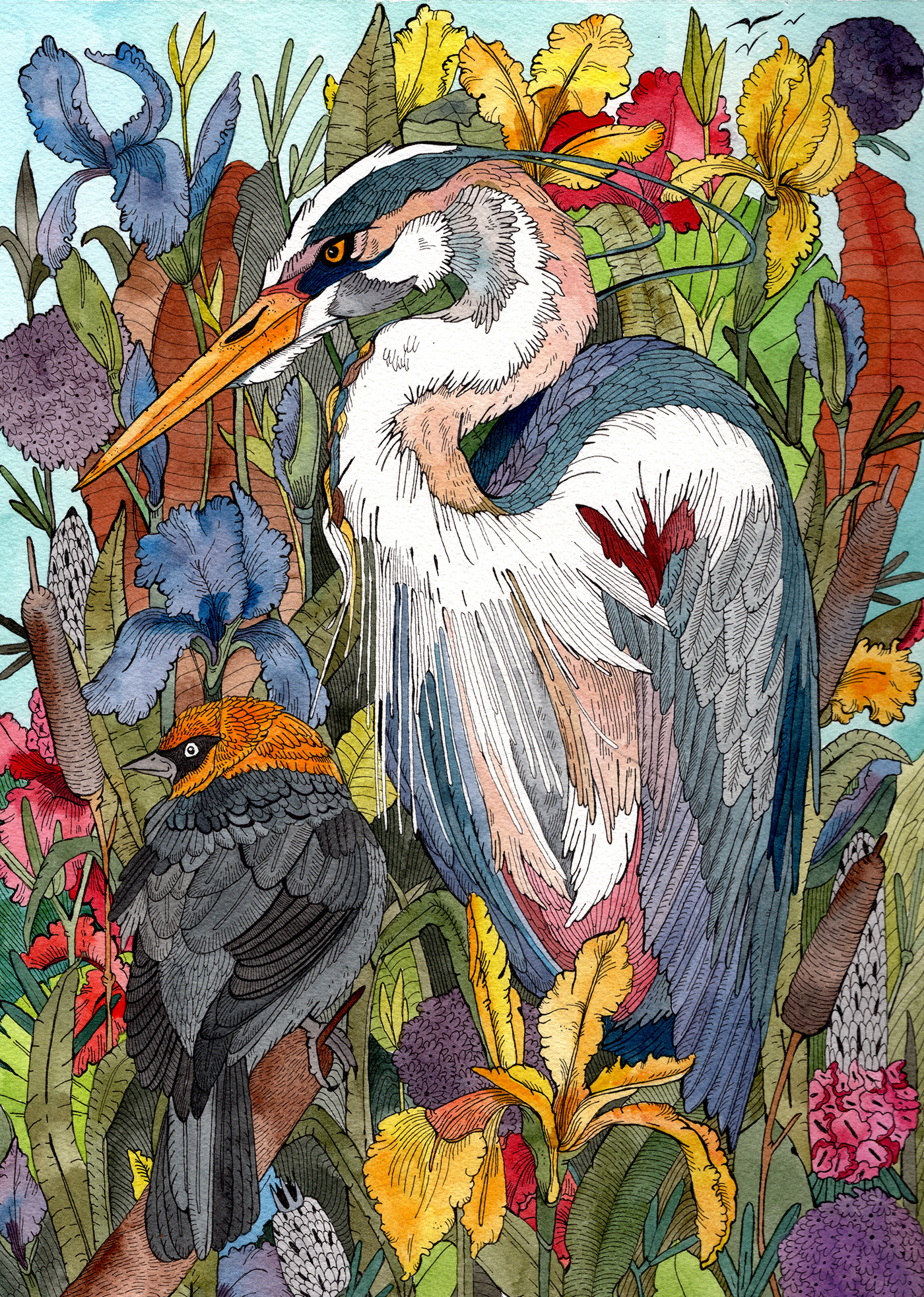
Red Book - "Gray heron" - Belongs to the heron family and the order of the ankle (stork). In some regions, the species is listed in the Red Book. This is due to environmental pollution and lack of food.
. . . . . . . . . . . . . . . . . . . . . . . . . . . . . . . . . . . . . . . . . . . . . . . . . . . . . . . . . . . . . . . . . . . . . . . . . . . . . .
Red Book Russian Federation - "Peregrine falcon" - Mimi Kraz - Budapest, Hungary Mimi Kraz
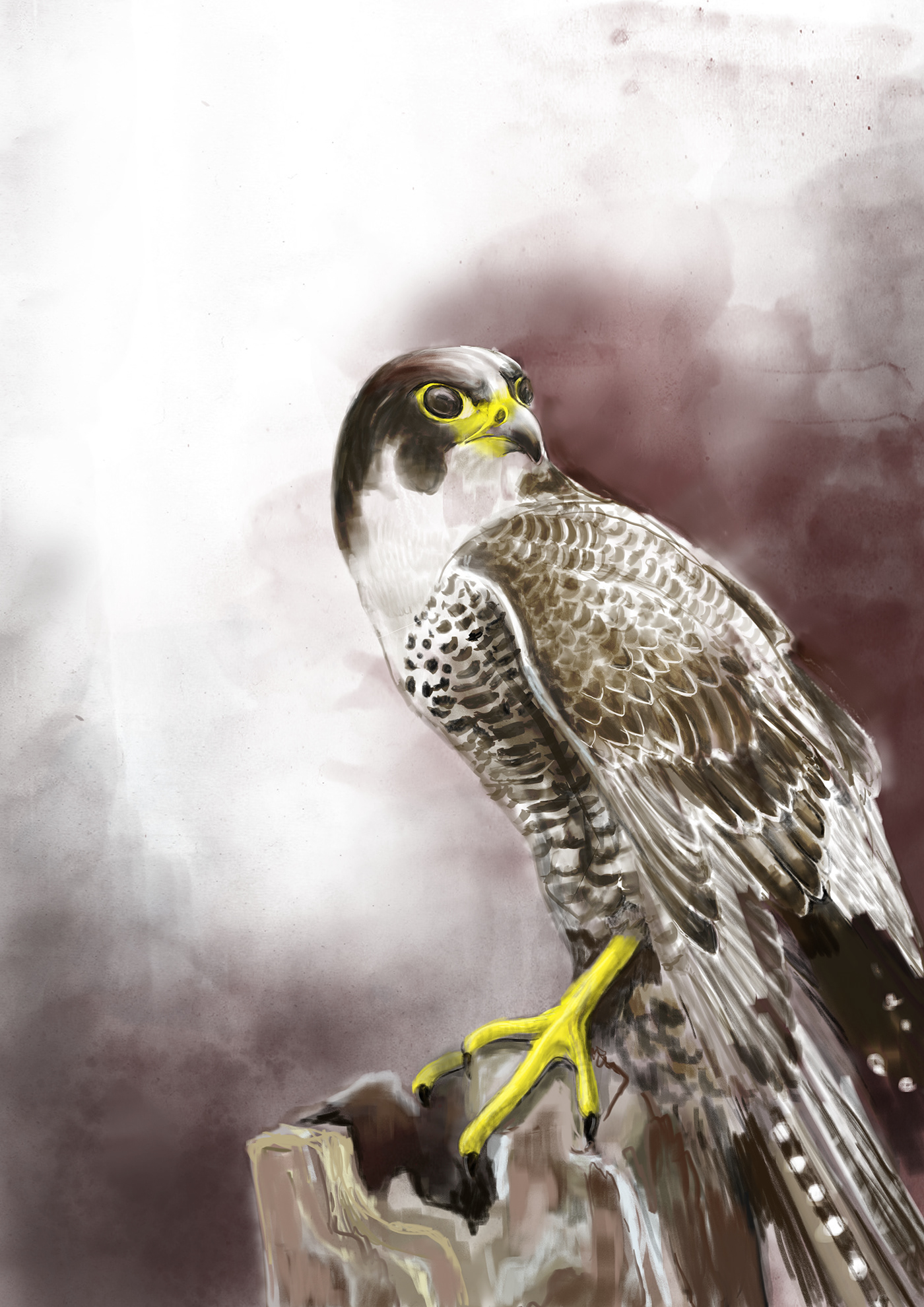
Red Book - "Peregrine falcon" - A species on the verge of extinction. It is included in the Red Data Books of IUCN, the Russian Federation, the Baltic region and Eastern Fennoscandia. Limiting factors. Anxiety at nesting sites.Security measures. Organization of protected areas at the site of possible nesting of the species: Ingermanlandsky reserve, Poddubno-Kusegsky reserves. Prohibition of catching peregrine falcons for use in falconry. Captive breeding with subsequent release into the wild.
. . . . . . . . . . . . . . . . . . . . . . . . . . . . . . . . . . . . . . . . . . . . . . . . . . . . . . . . . . . . . . . . . . . . . . . . . . . . . .
Black Book - "Dusky seaside sparrow" - Sarah Waldmann - Potsdam, Germany Sara Waldmann
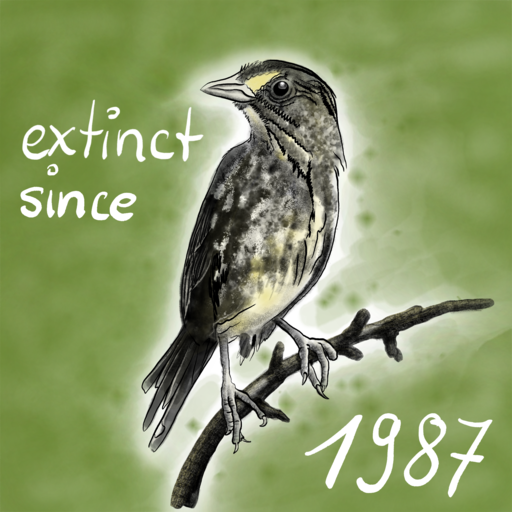
Black Book - "Dusky seaside sparrow" - The dusky seaside sparrow (Ammospiza maritima nigrescens), was a non-migratory subspecies of the seaside sparrow, found in Florida in the natural salt marshes of Merritt Island and along the St. Johns River. The last definite known individual died on Walt Disney World's Discovery Island in 1987, and the subspecies was officially declared extinct in December 1990.
. . . . . . . . . . . . . . . . . . . . . . . . . . . . . . . . . . . . . . . . . . . . . . . . . . . . . . . . . . . . . . . . . . . . . . . . . . . . . .
Red Book of Japan - "Grey nightjar" - chiaki suzuki - 静岡 市 (Shizuoka), Japan chiaki suzuki
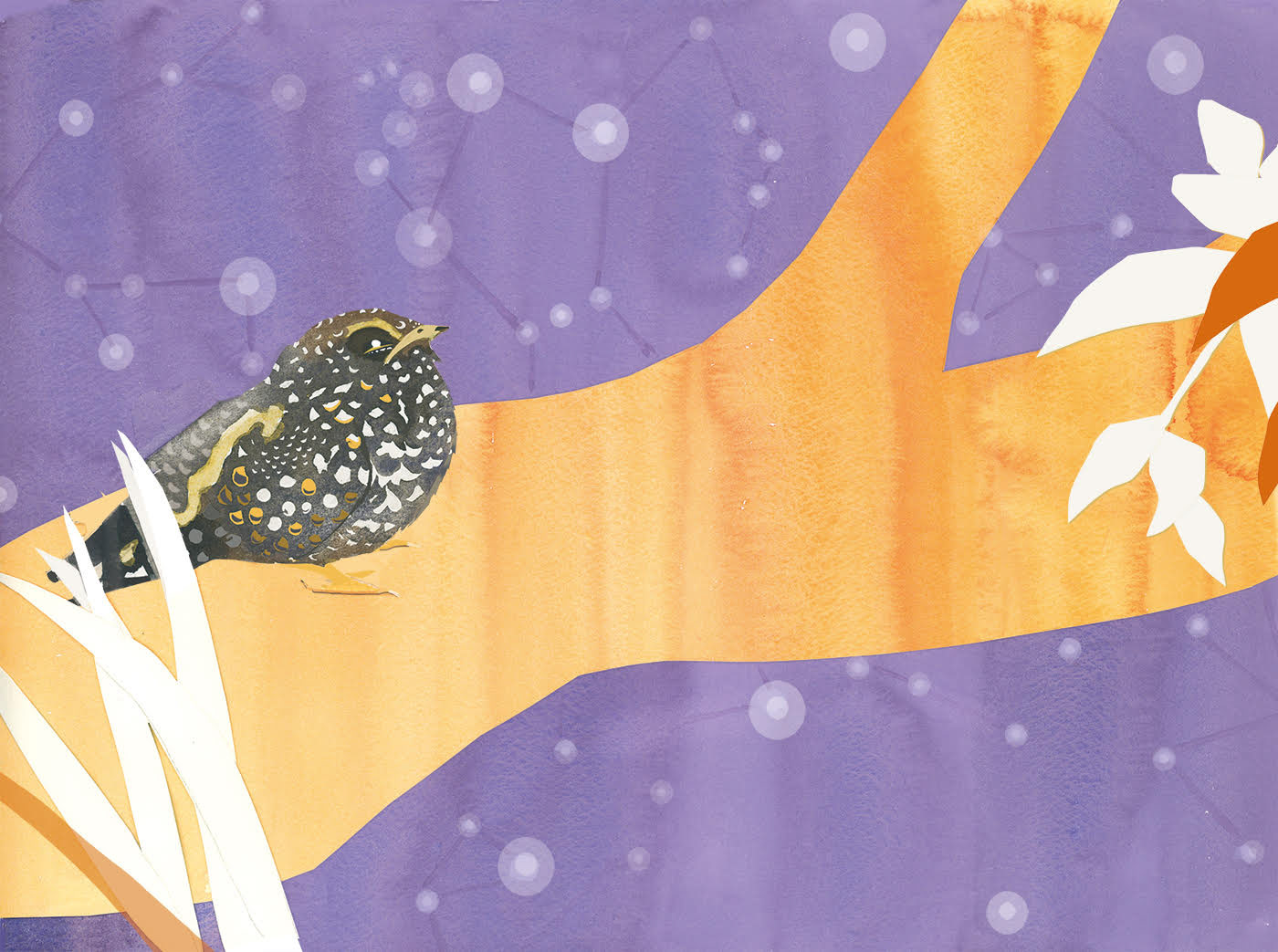
Red Book of Japan - "Grey nightjar" - It is a type of night jar found in East Asia. It is sometimes viewed as a subspecies of the nocturnal jungle, its South Asian relative. Endangered (NT) (Ministry of the Environment Red List). The habitat is forests and grasslands from plains to mountains.
. . . . . . . . . . . . . . . . . . . . . . . . . . . . . . . . . . . . . . . . . . . . . . . . . . . . . . . . . . . . . . . . . . . . . . . . . . . . . .
Red Book Russian Federation - "Willow ptarmigan" - Tanya Tkacheva - Nizhny Novgorod, Russian Federation Tanya Tkacheva
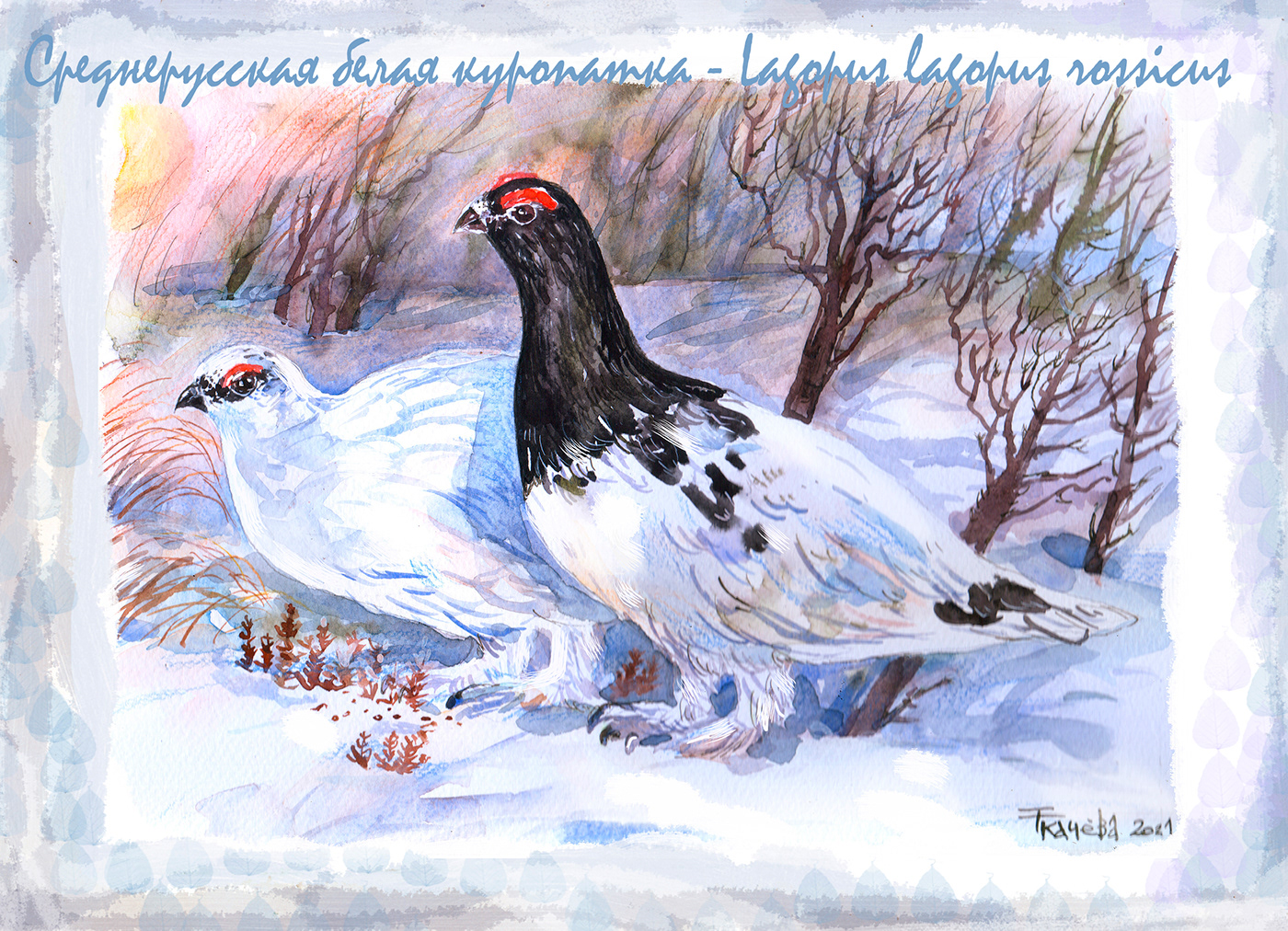
Red Book of the Russian Federation - "Willow partridge - Lagopus lagopus rossicus Serebrowsky" - A bird from the tribe of the black grouse of the pheasant family. Inhabitant of the tundra, taiga and forests of the Northern Hemisphere. The natural state of Russia: an endangered subspecies. The reason for the extinction of the species of this bird is the destruction of their habitat and the reduction of marshy areas.
. . . . . . . . . . . . . . . . . . . . . . . . . . . . . . . . . . . . . . . . . . . . . . . . . . . . . . . . . . . . . . . . . . . . . . . . . . . . . .
Red Book - "Rapa fruit dove" - ROHAN DAHOTRE - Pune, India ROHAN DAHOTRE

Red Book - "Rapa fruit dove" - Conserved status: Endangered species. Habitat - subtropical or tropical humid lowland forests. The population of the species is estimated at about 270-274 individuals. Cause of Extinction Deforestation due to goats, cattle, fires used to clear forest for livestock pastures, and deforestation, Predation of feral cats and the Polynesian rat is also a threat to this species.
. . . . . . . . . . . . . . . . . . . . . . . . . . . . . . . . . . . . . . . . . . . . . . . . . . . . . . . . . . . . . . . . . . . . . . . . . . . . . .
Red Book - "ʻōʻū - Psittirostra psittacea" - Sarah Waldmann - Potsdam, Germany Sara Waldmann
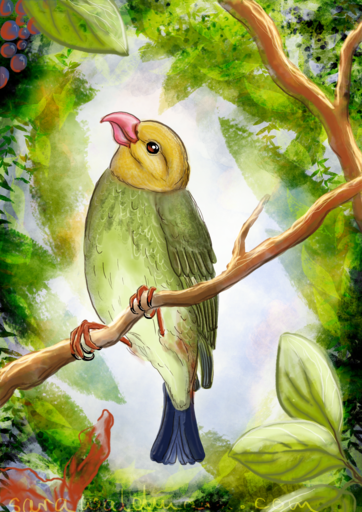
Red Book - "ʻōʻū - Psittirostra psittacea" - Hawaiian species of passerine birds from the subfamily of Hawaiian flower girls (Drepanidinae) within the family of finches (Fringillidae), allocated to the monotypic genus Psittirostra. Found on the islands of Kauai and Hawaii. They are found in humid forests at an altitude of 800 to 1900 meters above sea level, although more birds are found at altitudes from 1200 to 1500 meters. This species is included in the international IUCN list in the CR category (in critical condition). Protection - the ʻōʻū was listed as an endangered species in 1967 under the Endangered Species Act.
. . . . . . . . . . . . . . . . . . . . . . . . . . . . . . . . . . . . . . . . . . . . . . . . . . . . . . . . . . . . . . . . . . . . . . . . . . . . . .
Black book of india - "Pink-headed duck" - Chandrasen M. Salvi - New Delhi, India Chandrasen M. Salvi
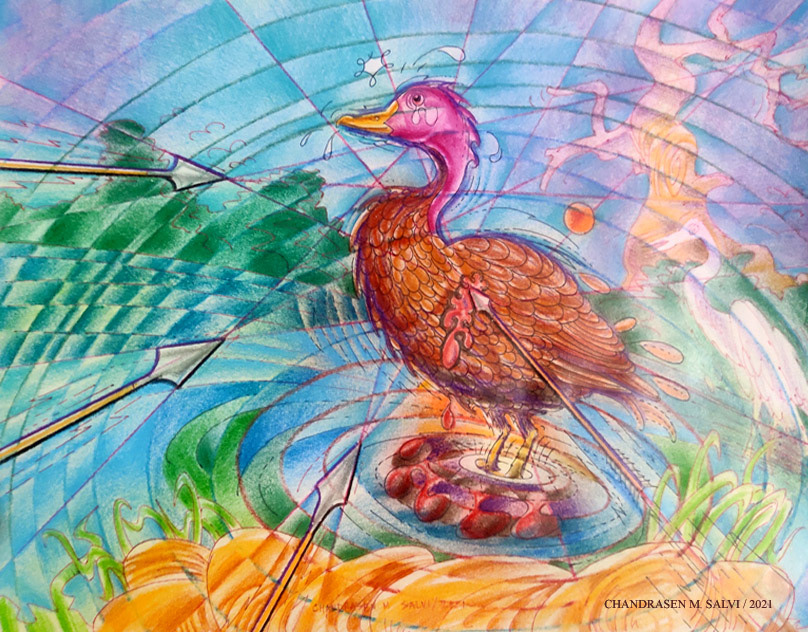
Black book - "Pink-headed duck" - (Latin Rhodonessa caryophyllacea) is a species of waterfowl in the duck family. This species is extinct or is on the verge of extinction - since it was observed in 1945. Lived in India, Bangladesh, northern Myanmar. Numerous searches have provided no evidence of its existence.
. . . . . . . . . . . . . . . . . . . . . . . . . . . . . . . . . . . . . . . . . . . . . . . . . . . . . . . . . . . . . . . . . . . . . . . . . . . . . .
Red Book Russian Federation of Krasnodar Territory - "White stork" - Mimi Kraz - Budapest, Hungary Mimi Kraz
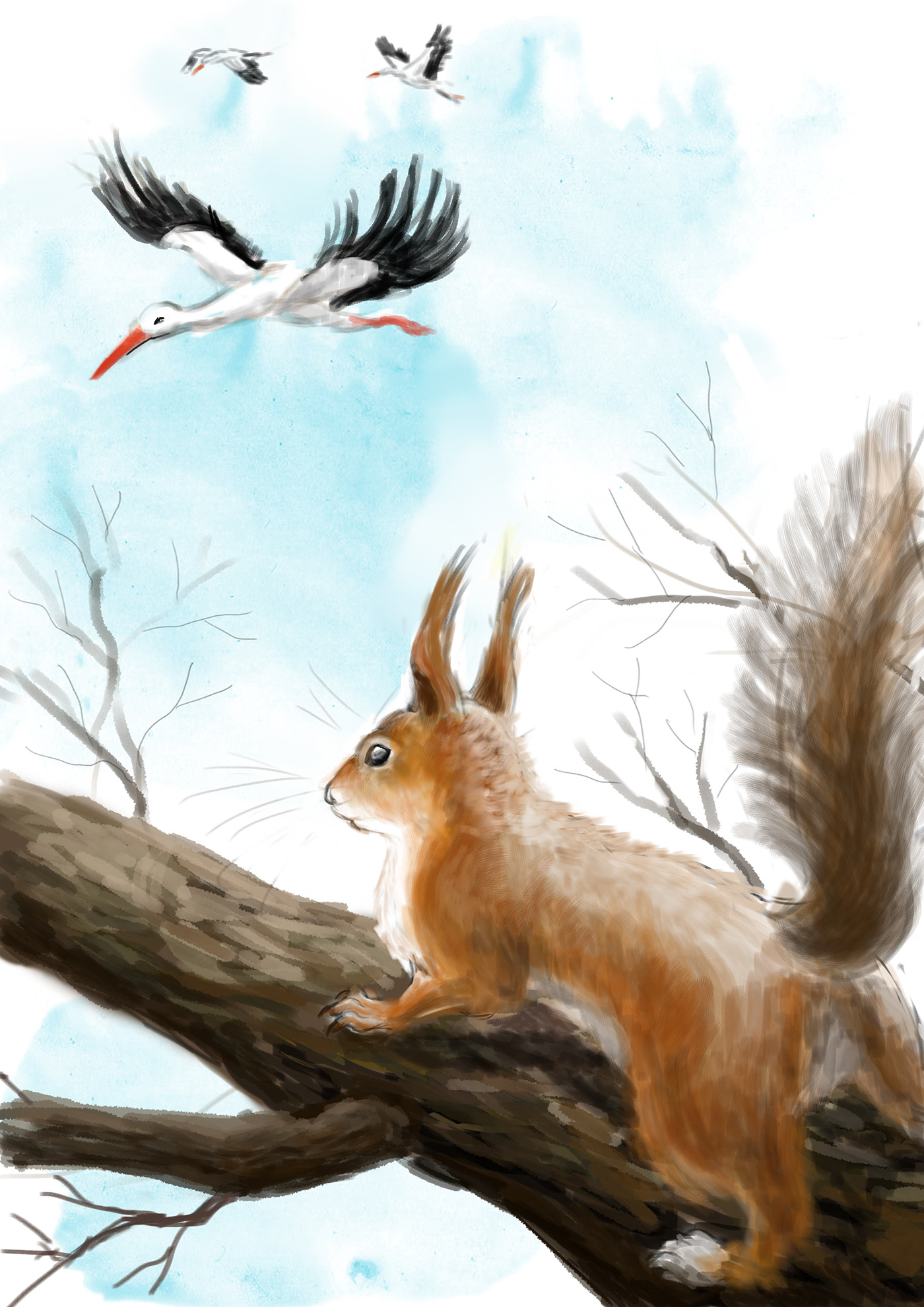
Red Book - "White stork" - Animals listed in the Red Book of the Krasnodar Territory, their natural status on the territory is in critical condition. The species is listed in the IUCN lists - as a species with a category of threat of global extinction of the population. Limiting factors: Cases of poaching and destruction of nests are known.
. . . . . . . . . . . . . . . . . . . . . . . . . . . . . . . . . . . . . . . . . . . . . . . . . . . . . . . . . . . . . . . . . . . . . . . . . . . . . .
Red Book Chechen Republic - "Phasianus colchicus septentrionalis" - Mimi Kraz - Budapest, Hungary Mimi Kraz
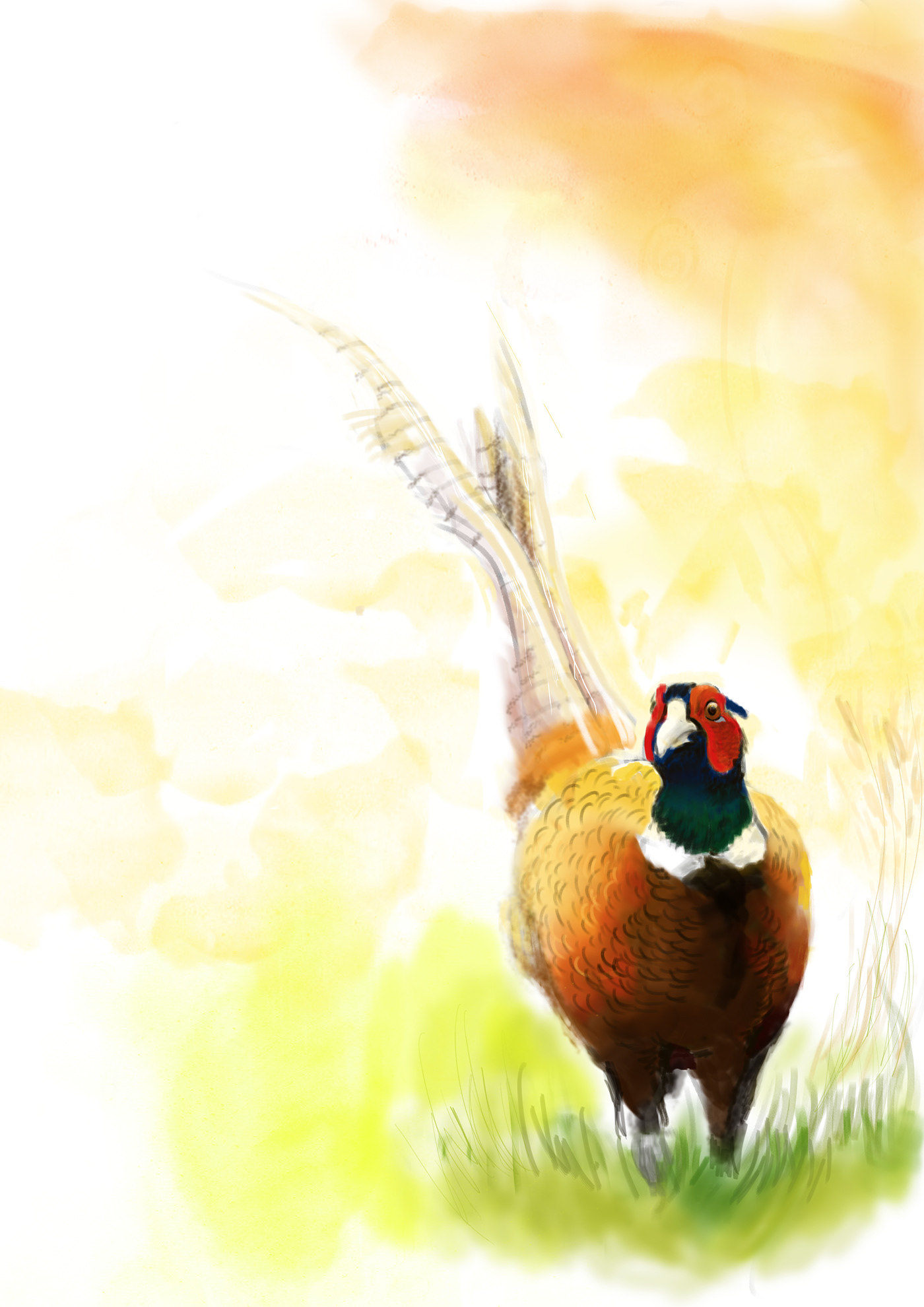
Red Book - "Phasianus colchicus septentrionalis" - Eating harmful insects and weed seeds, they benefit agriculture, in the numerous winters of the past, these species of birds die of hunger for lack of food, in such years these birds need protection and feeding. The North Caucasian pheasant is listed in the Red Book of the Chechen Republic, its shooting is prohibited.
. . . . . . . . . . . . . . . . . . . . . . . . . . . . . . . . . . . . . . . . . . . . . . . . . . . . . . . . . . . . . . . . . . . . . . . . . . . . . .
Black book - "Oahu Akialoa Bird " - Ana lorena moledo martinez - La Coruña, España Ana lorena Moledo Martinez
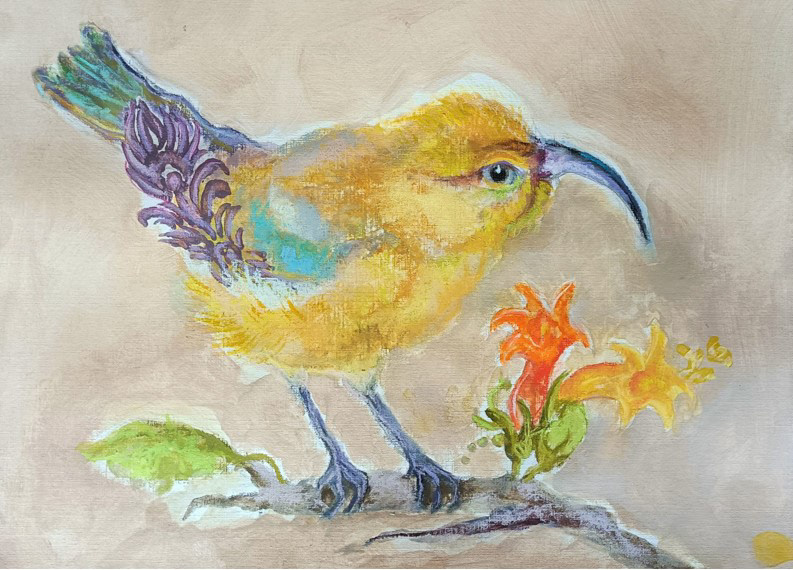
Black book - "Akialoa ellisana" - Honey bird - distribution - Hawaiian islands. The species has been considered a dwarf since the 1860s-1940s. The reason for the extinction - 1. Deforestation 2. The bird flu that mosquitoes carried.
. . . . . . . . . . . . . . . . . . . . . . . . . . . . . . . . . . . . . . . . . . . . . . . . . . . . . . . . . . . . . . . . . . . . . . . . . . . . . .
Black Book - "Kauaʻi ʻōʻō" - Sarah Waldmann - Potsdam, Germany Sara Waldmann
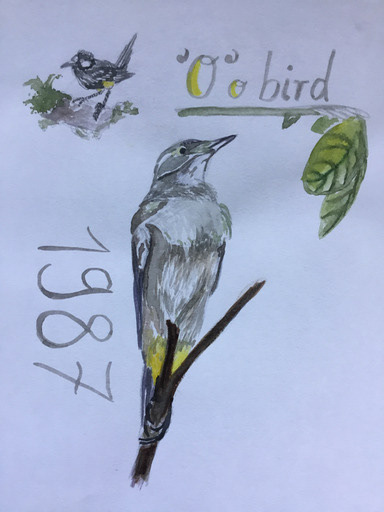
Black Book - "Kauaʻi ʻōʻō" - An extinct songbird of the Hawaiian honeymoon family, endemic to the island of Kauai. Previously, it was considered as a representative of the Australo-Pacific honey suckers (Meliphagidae). Scale-throated mojo was common in the subtropical forests of the island until the beginning of the 20th century, when its numbers began to decline. His song was last heard in 1987, after which he was declared an extinct species. The main reasons for the extinction were introduced introduced species such as the black rat, domestic pig, avian diseases carried by mosquitoes (avian malaria (caused by Plasmodium relictum) and smallpox (Poxvirus avium)), as well as habitat destruction.
. . . . . . . . . . . . . . . . . . . . . . . . . . . . . . . . . . . . . . . . . . . . . . . . . . . . . . . . . . . . . . . . . . . . . . . . . . . . . .
Red Book - "Red Ibis - Indian black ibis" - Ali Ö - Istanbul, Turkey Ali Ö


Red Book - "Red Ibis" - (Pseudibis papillosa), also known as the Indian black ibis, distributed within the Indian subcontinent. There are 25 known species of birds of the ibis genus in the world, six of which, including the red-footed ibis, are considered endangered species with different levels of threat.
. . . . . . . . . . . . . . . . . . . . . . . . . . . . . . . . . . . . . . . . . . . . . . . . . . . . . . . . . . . . . . . . . . . . . . . . . . . . . .
Red Book - "Eurasian hoopoe" - Sarah Waldmann - Potsdam, Germany Sara Waldmann




Red Book - "Eurasian hoopoe" - Widespread in Europe, Asia and Africa. In some European countries. Although the species is numerous, it is under protection, and is included in the Red Book. A favorite habitat is an open area with sparse shrubs or trees, such as savannah, meadow, or pasture. Also found in cultivated landscapes in orchards and vineyards.
. . . . . . . . . . . . . . . . . . . . . . . . . . . . . . . . . . . . . . . . . . . . . . . . . . . . . . . . . . . . . . . . . . . . . . . . . . . . . .
Red Book - "Emperor penguin" - ウニ uni - Osaka, Japan
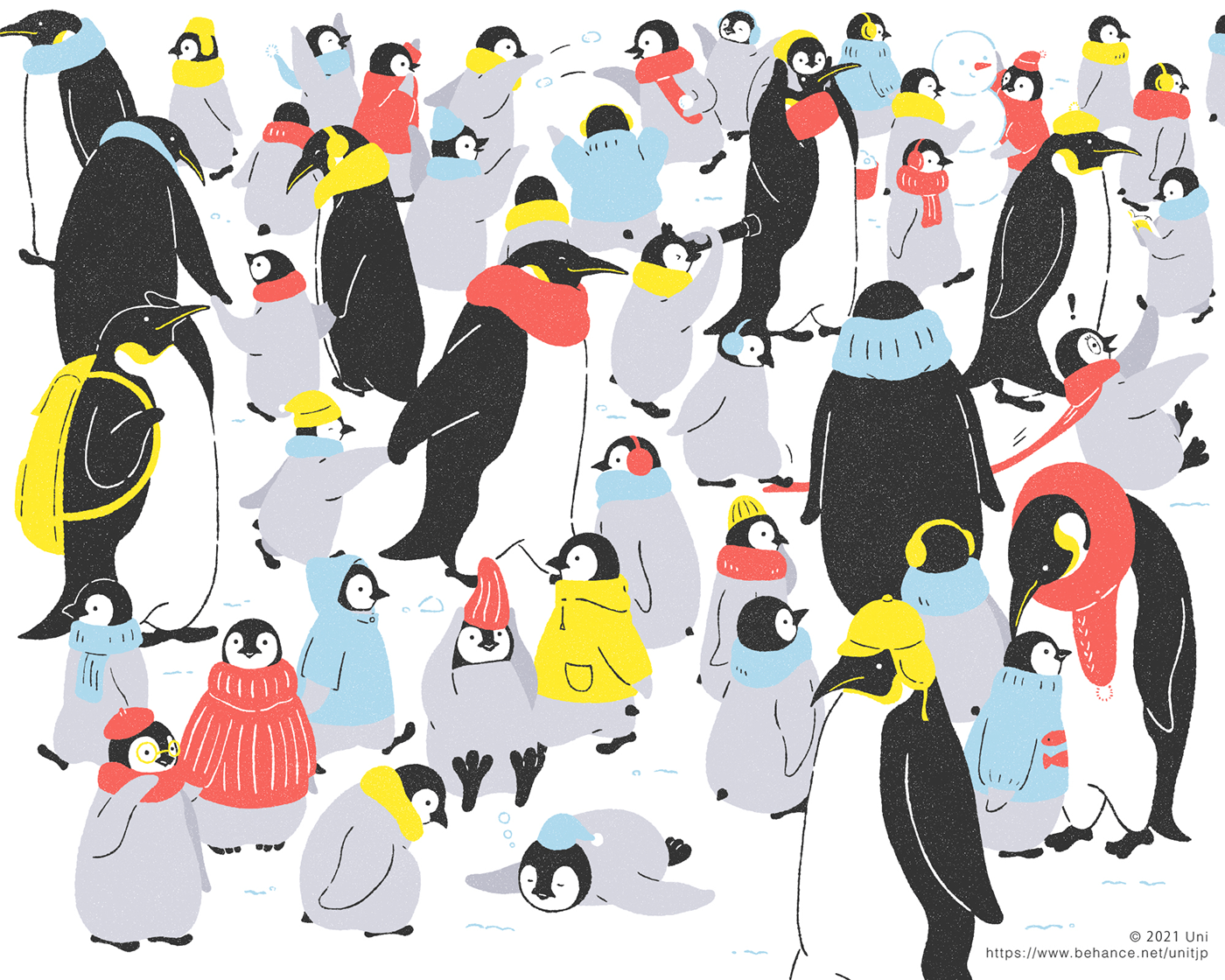
Red Book - "Emperor penguin" - The reason for the decline is mainly natural enemies and climate change. Natural status - close to a vulnerable position, one of the categories of the International Union for Conservation of Nature (IUCN, IUCN). were considered as subgroups of the group of low-risk categories. This status is granted to species or lower taxa that may be considered endangered in the near future, although they do not currently claim to be vulnerable.
. . . . . . . . . . . . . . . . . . . . . . . . . . . . . . . . . . . . . . . . . . . . . . . . . . . . . . . . . . . . . . . . . . . . . . . . . . . . . .
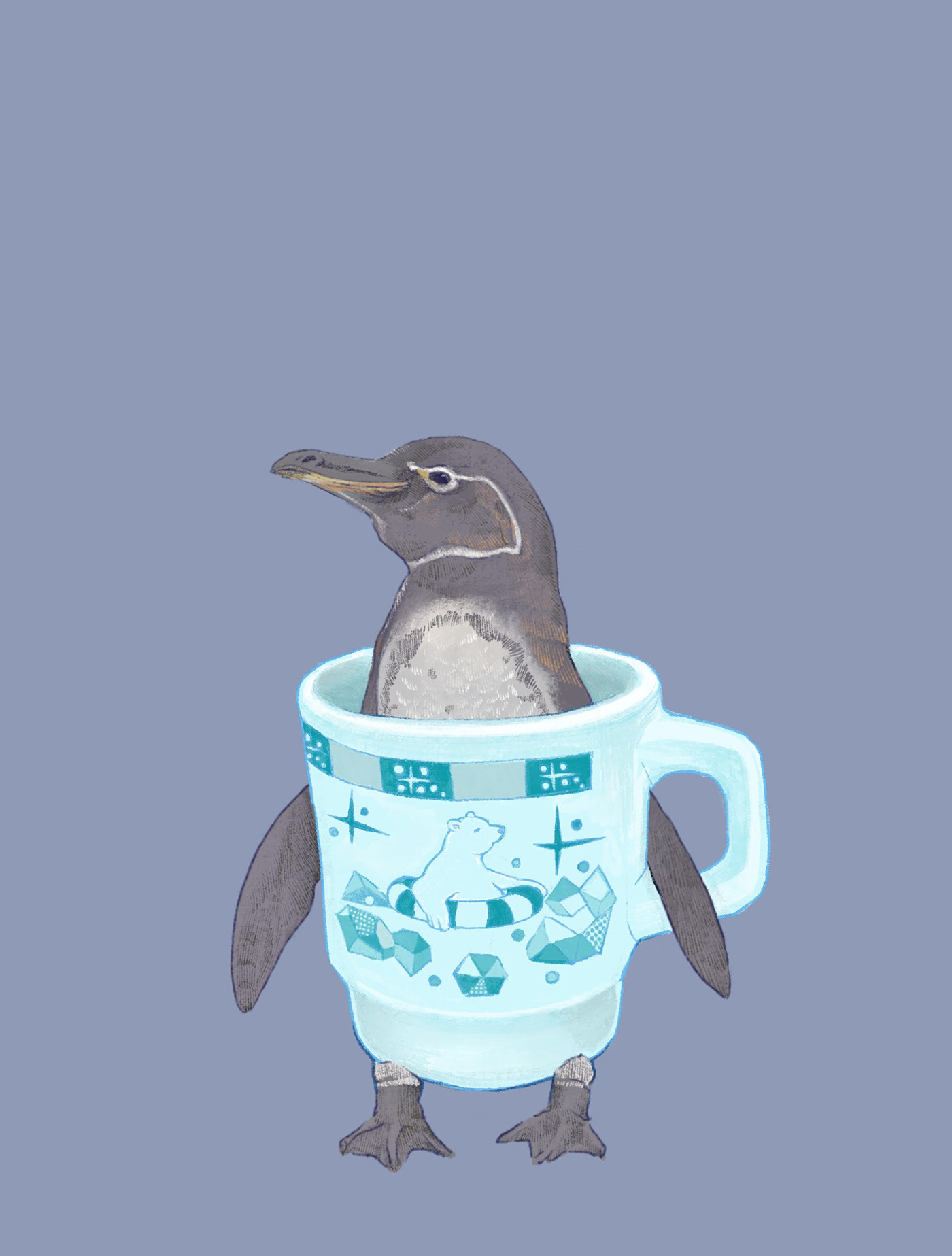
Red Book - "Galapagos penguin" - A species of spectacled penguins.
The Galapagos penguin lives in a unique area among other penguins, the range is not the Antarctic and subantarctic regions, but the Galapagos Islands located on the equator. Protected status - Endangered species. The number of individuals is estimated at 1500-2000 adult birds.
The Galapagos penguin lives in a unique area among other penguins, the range is not the Antarctic and subantarctic regions, but the Galapagos Islands located on the equator. Protected status - Endangered species. The number of individuals is estimated at 1500-2000 adult birds.
. . . . . . . . . . . . . . . . . . . . . . . . . . . . . . . . . . . . . . . . . . . . . . . . . . . . . . . . . . . . . . . . . . . . . . . . . . . . . .
Red Book - "1. Ezo brown bear - 2. Ezo owl"
- Saki Matsumoto - Tokyo, Japan Saki Matsumoto

Red Book - 1. Ezo brown bear - One of the subspecies of the brown bear is the Ussuri brown bear or the grizzly black bear. Natural status - "endangered species" is listed in the Red Book of Japan, and also included in the Red Book of China - Heilongjiang and is classified as a vulnerable species. Illegal hunting and trapping has become a very serious factor in the decline in the number of bears, since their body parts are of high economic value.
2. Maruyama Zoo Red Data Book - "Ezo owl - Ezo Fukuro (subspecies Ural Owl)"- Red List: LC mild concern (IUCN2012). This subspecies live in Hokkaido. It is distributed in the middle and high latitude regions of the Eurasian continent. The reason for the decrease in the number of bird speciesthe reduction of the forest environment where prey can be caught; and the problem with nests, species nesting in trees.
. . . . . . . . . . . . . . . . . . . . . . . . . . . . . . . . . . . . . . . . . . . . . . . . . . . . . . . . . . . . . . . . . . . . . . . . . . . . . .
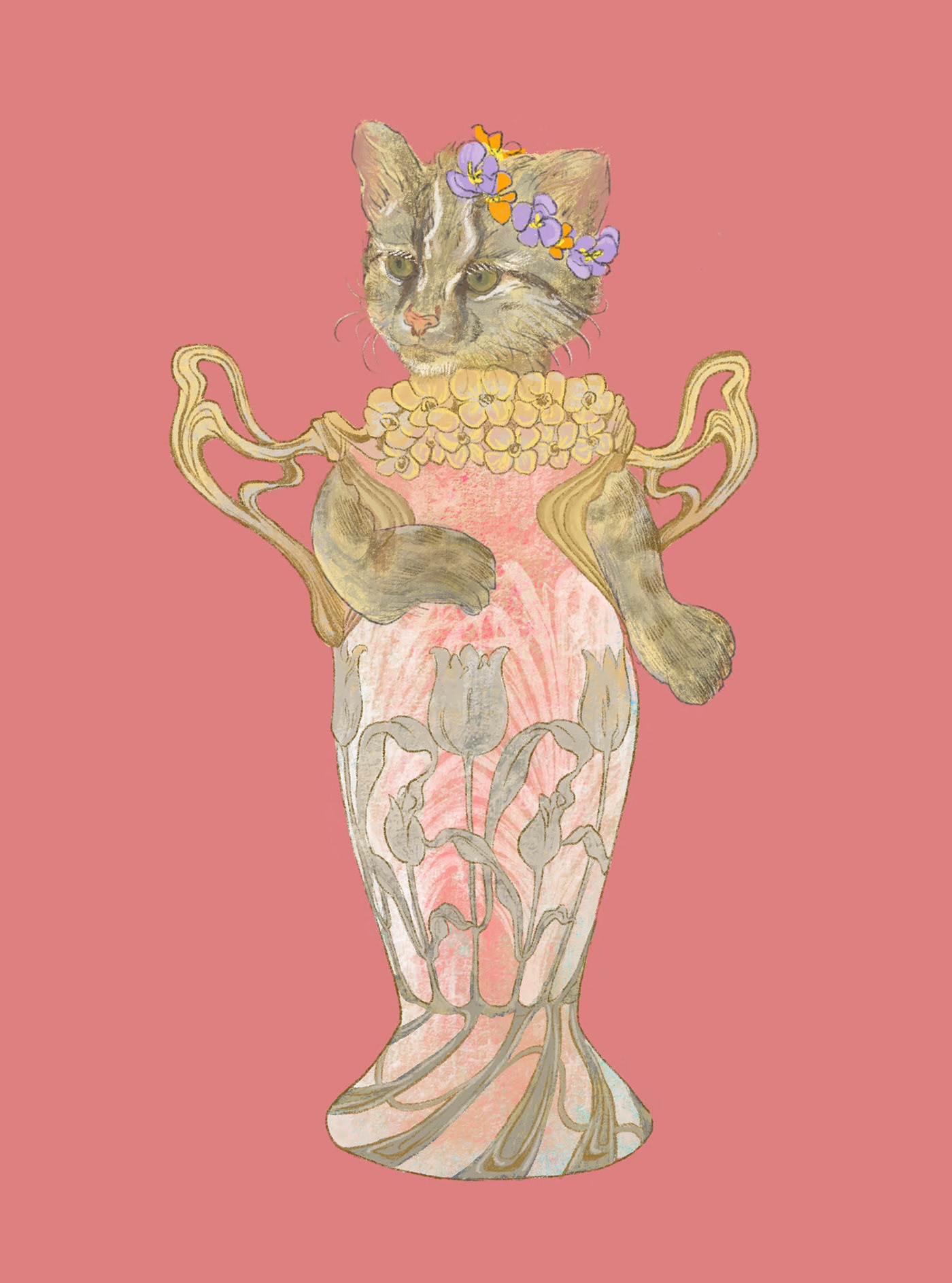
Red Book - "Iriomote cat" - Conservation status - Species on the verge of extinction.
. . . . . . . . . . . . . . . . . . . . . . . . . . . . . . . . . . . . . . . . . . . . . . . . . . . . . . . . . . . . . . . . . . . . . . . . . . . . . .
Red Book Russian Federation - "Amur tiger" - Tanya Tkacheva - Nizhny Novgorod, Russian Federation Tanya Tkacheva
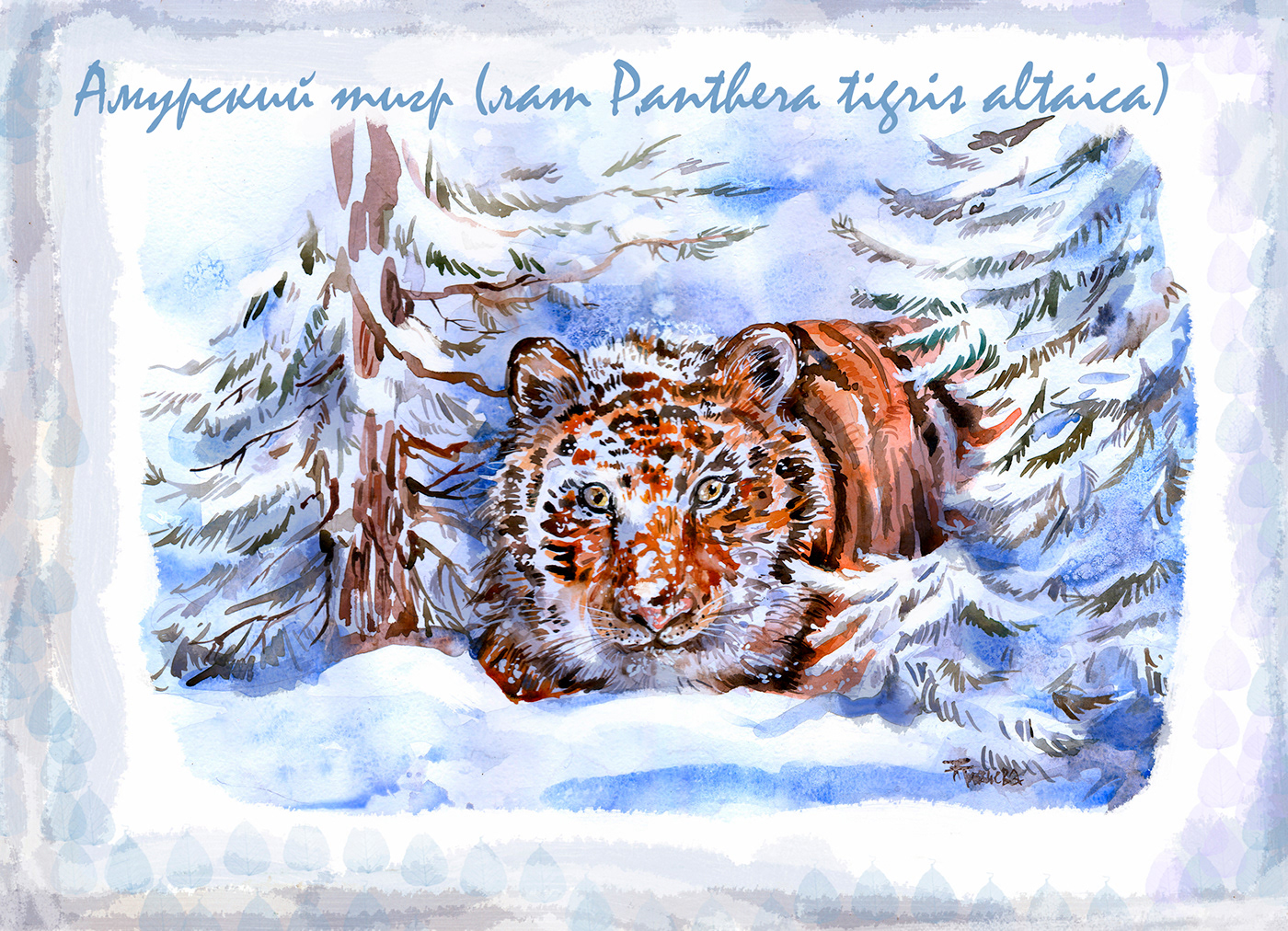
Red Book - "Amur tiger" - Natural status - Endangered species. Endangered species (EN) - biological species that are under the threat of extinction due to their critically small number or the impact of certain environmental factors. The first “Strategy for the Conservation of the Amur Tiger in Russia” was approved by the Minister of Environmental Protection and Natural Resources of the Russian Federation on June 24, 1996. The aim was to summarize half a century of experience in the protection and study of the Amur tiger in Russia, to outline a general system of measures for its conservation. As a result of 1997-2008 stabilization of the number of animals, it was possible to achieve achievements in achieving growth and expansion of the predator's range.
. . . . . . . . . . . . . . . . . . . . . . . . . . . . . . . . . . . . . . . . . . . . . . . . . . . . . . . . . . . . . . . . . . . . . . . . . . . . . .
Red Book - "Snow leopard" - Tanya Tkacheva - Nizhny Novgorod, Russian Federation Tanya Tkacheva
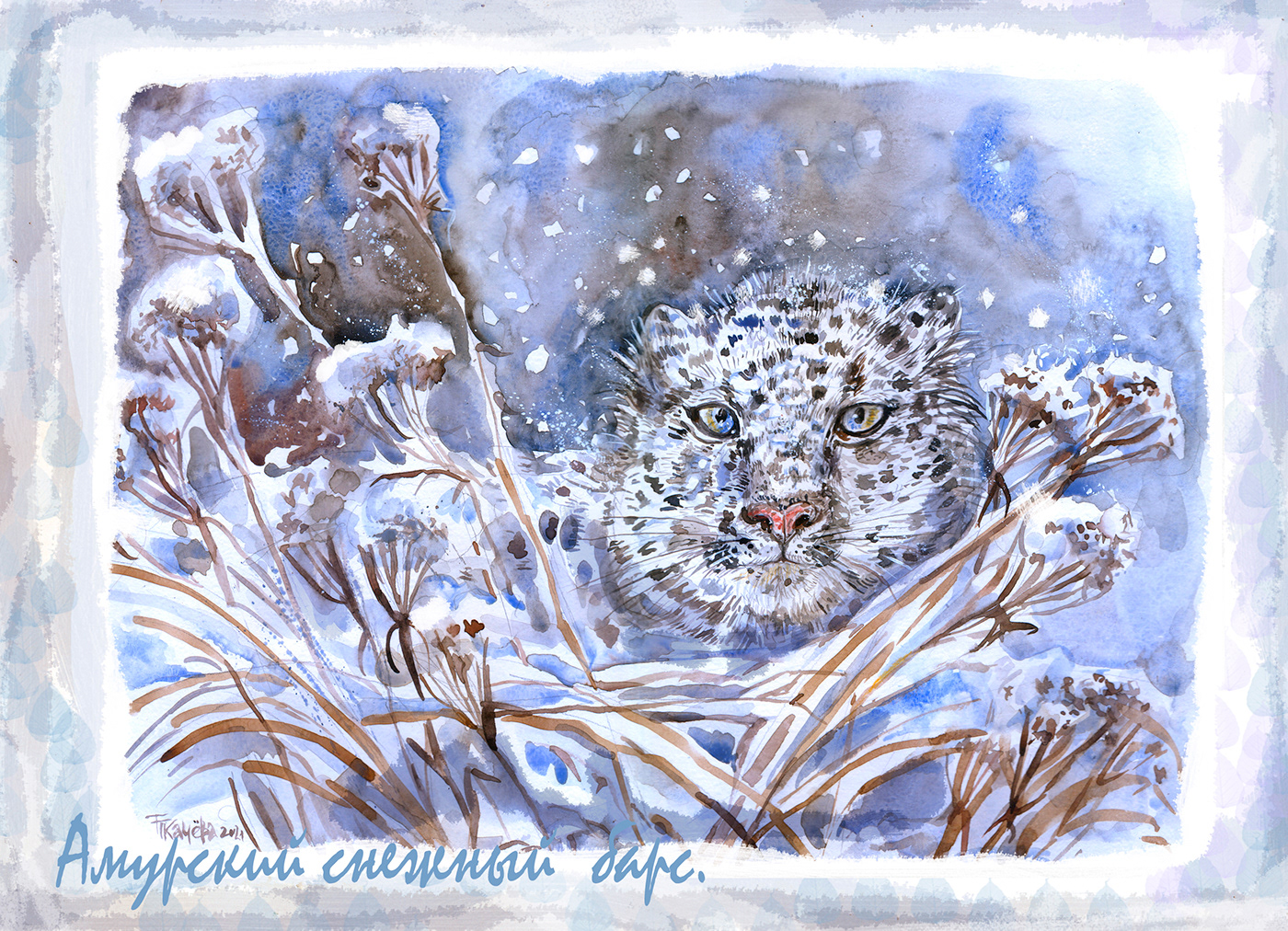
Red Book - "Snow leopard - Irbis"- or snow leopard, In the XX century, it was included in the IUCN Red Book, in the Red Book of Russia, as well as in the protection documents of other countries. Hunting the snow leopard is prohibited in all countries where it lives, the snow leopard is also included in Appendix I of the CITES Convention (international ban on trade in endangered species of animals and their parts). Since 2013, 12 countries where the snow leopard lives have adopted the Global Program for the Conservation of the Snow Leopard and Its Ecosystems, which provides for special measures for its conservation - combating poaching, creating specially protected natural areas, subsidizing farmers in case of loss of livestock from snow leopard.
. . . . . . . . . . . . . . . . . . . . . . . . . . . . . . . . . . . . . . . . . . . . . . . . . . . . . . . . . . . . . . . . . . . . . . . . . . . . . .

Red Book - "Amur leopard" - Currently, the Far Eastern leopard is on the verge of extinction. This is the rarest of the leopard subspecies: according to 2017 data, 87 individuals remained in the wild in Russia on the territory of the Land of the Leopard National Park and from 8 to 12 in China. In the 20th century, the species was included in the IUCN Red Book, the Russian Red Book, the IUCN Red List and Appendix I to the Convention on International Trade in Endangered Species of Wild Fauna and Flora (CITES), as well as a number of other protection documents. Leopard hunting has been banned since 1956.
. . . . . . . . . . . . . . . . . . . . . . . . . . . . . . . . . . . . . . . . . . . . . . . . . . . . . . . . . . . . . . . . . . . . . . . . . . . . . .
Red Book - "Fossa" - Katya Sviridova - Kiev, Ukraine Katya Sviridova

Red Book - "Fossa" - (lat. Cryptoprocta ferox)- Population status and protection - Fossa has no natural enemies in nature; in the decrease in its number, people are mainly to blame, exterminating foss as pests. In 2000, the status of fossa in the International Red Book was changed from “vulnerable” to “endangered”, as it is estimated that there are no more than 2,500 adults left. In 2008, the status of "vulnerable species" was returned.
. . . . . . . . . . . . . . . . . . . . . . . . . . . . . . . . . . . . . . . . . . . . . . . . . . . . . . . . . . . . . . . . . . . . . . . . . . . . . .
Black book of india - and red book "Cheetah" - Chandrasen M. Salvi - New Delhi, India Chandrasen M. Salvi
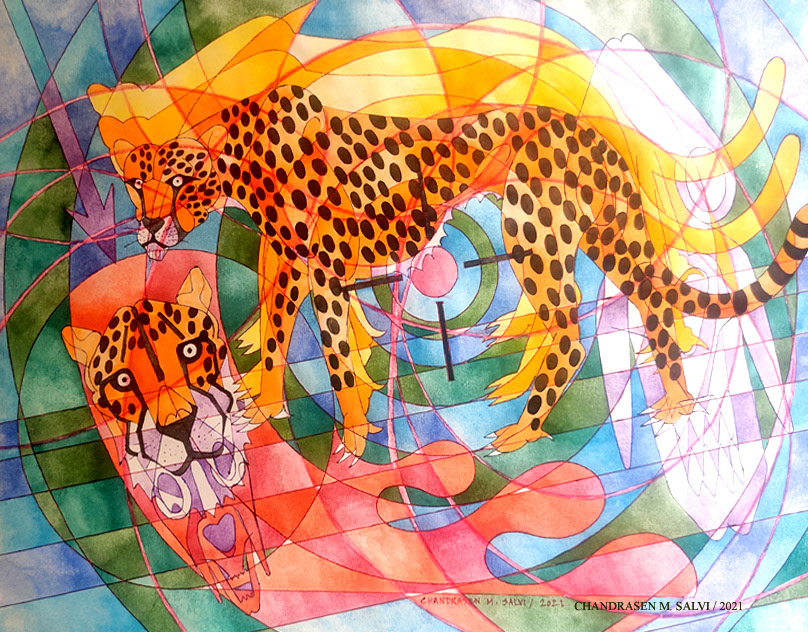
Black book and red book - Cheetahs live in Africa, as well as in India, Western and Central Asia. Nowadays, the Asiatic cheetah has practically disappeared. In Turkmenistan and Kazakhstan, they were last seen in the 1960s. Already in the 20th century, they disappeared in India, Afghanistan, Central Asia, and Arab countries. The number of animals has declined, as cheetahs were hunted for fur, and also caught for use as game animals. Other factors of reduction are a decrease in the number of prey and closely related reproduction (70% of young animals die from diseases). In captivity, cheetahs practically do not breed.
. . . . . . . . . . . . . . . . . . . . . . . . . . . . . . . . . . . . . . . . . . . . . . . . . . . . . . . . . . . . . . . . . . . . . . . . . . . . . .
Red Book - "Lion" - Annalisa Faglioni - Milan, Italy Annalisa Faglioni
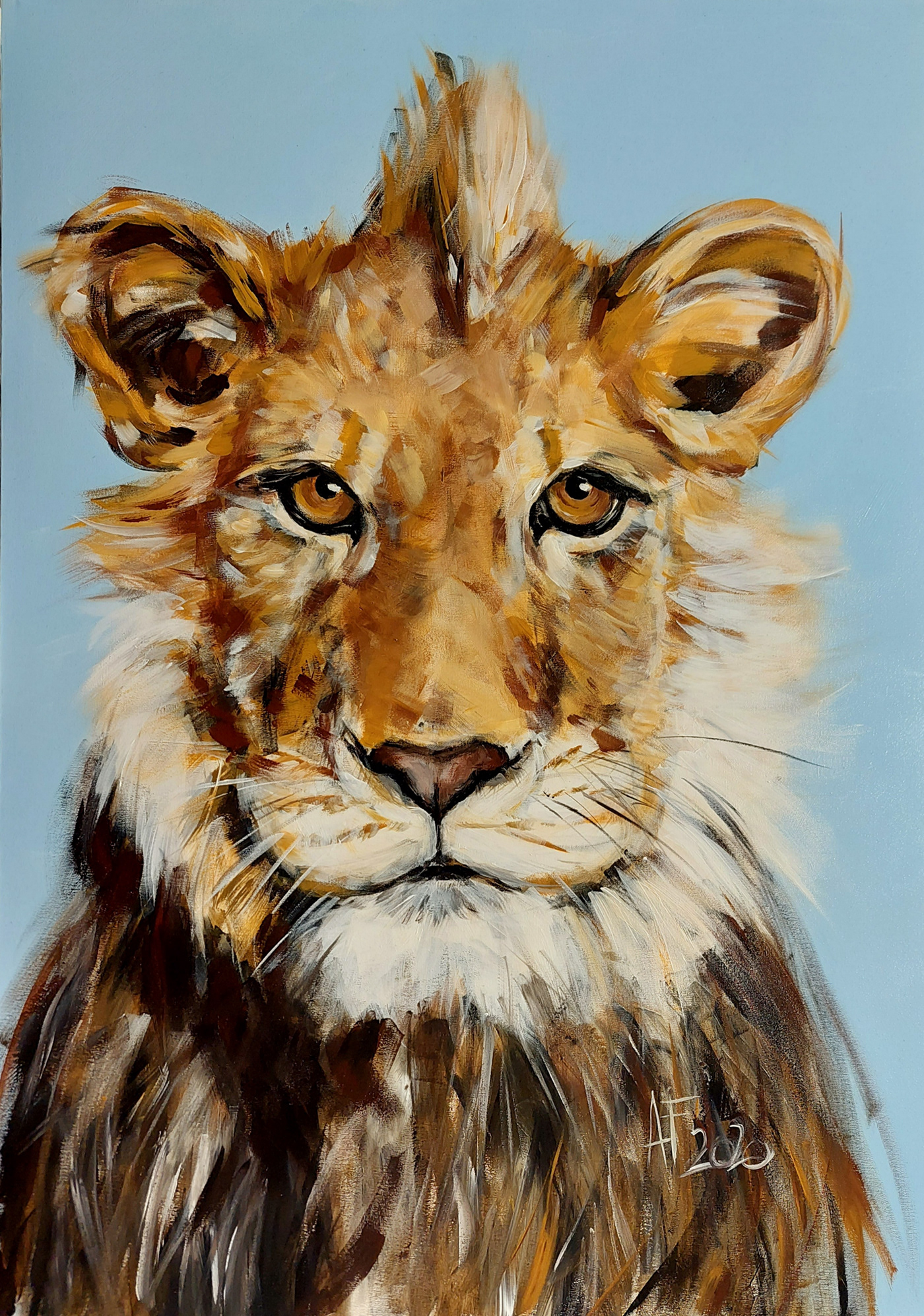
Red Book - "Lion" - Conservation status: vulnerable species. Most of the lions currently live in eastern and southern Africa, and their numbers are rapidly declining. The population is estimated to have declined by 30-50% over the past two decades. In 2002-2004, the number of lions was estimated at 16.5-47 thousand individuals, while in 1970 there were 100,000, and possibly 400,000 in 1954. The main reasons for decrease are climate chance, disease and human intervention. Habitat loss and conflicts with humans are the most dangerous threats to the species.
. . . . . . . . . . . . . . . . . . . . . . . . . . . . . . . . . . . . . . . . . . . . . . . . . . . . . . . . . . . . . . . . . . . . . . . . . . . . . .
Red Book - "Iberian lynx" - Katya Sviridova - Kiev, Ukraine Katya Sviridova

Red Book - "Iberian lynx" - Is a species of the class of mammals of the order of carnivorous felines. Protection status is the most important. One of the rarest mammals. In 2005, its population was estimated to be only 100 individuals. For comparison: at the beginning of the 20th century, there were about 100 thousand of them. The reason for the inevitable death of the lynx is the decline in the population of the wild rabbit, which makes up 80-99% of its diet. The wild rabbit, in turn, is dying out due to overfishing, myxomatosis (which was brought from Iberia to France in 1952), and hemorrhagic fever (introduced in the 1980s), as well as due to the reduction of natural habitat, which due to climate change.
. . . . . . . . . . . . . . . . . . . . . . . . . . . . . . . . . . . . . . . . . . . . . . . . . . . . . . . . . . . . . . . . . . . . . . . . . . . . . .
Red Book of Japan - "Tsushima leopard cat " - Terumi Arai - Osaka, Japan Terumi Arai
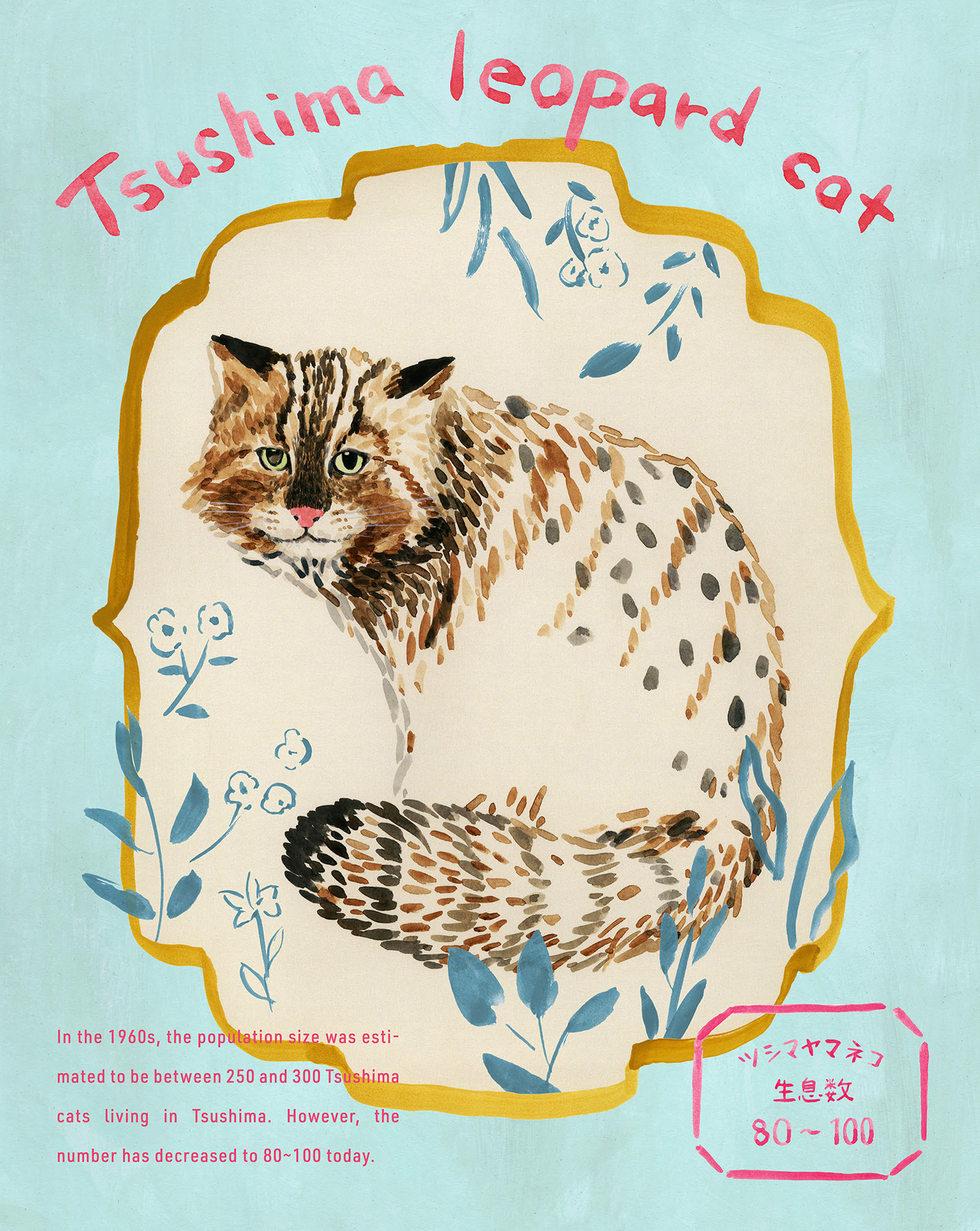
Red Book of Japan - "Tsushima leopard cat " - The northern subspecies of the Bengal cat is an endangered species. Security. A rare subspecies, included in the Red Book of Primorsky Krai. The most serious reason affecting the population decline is considered to be the economic activity of people and, as a consequence, a decrease in the protective properties of biotopes. In addition, the presence of stray dogs and the systematic burning of vegetation are important, it is difficult to adapt to changes in natural landscapes introduced by human activities.
. . . . . . . . . . . . . . . . . . . . . . . . . . . . . . . . . . . . . . . . . . . . . . . . . . . . . . . . . . . . . . . . . . . . . . . . . . . . . .
Black Book "Formosan clouded leopard" - Gin Shih - Taipei, Taiwan Region Gin Shih


Black Book "Formosan clouded leopard" - A species of predator only found in Taiwan, leopard skin was prized on the island and beyond. The development of industry and deforestation forced the leopard to leave its natural habitat, moreover, poachers hunted predators. The last Taiwanese clouded leopard was sighted in 1983. The search for traces of the presence of predators continues to this day.
. . . . . . . . . . . . . . . . . . . . . . . . . . . . . . . . . . . . . . . . . . . . . . . . . . . . . . . . . . . . . . . . . . . . . . . . . . . . . .
Red Book - "Malabar civet" - Tina Kapri - Minsk, Belarus Tina Kapri
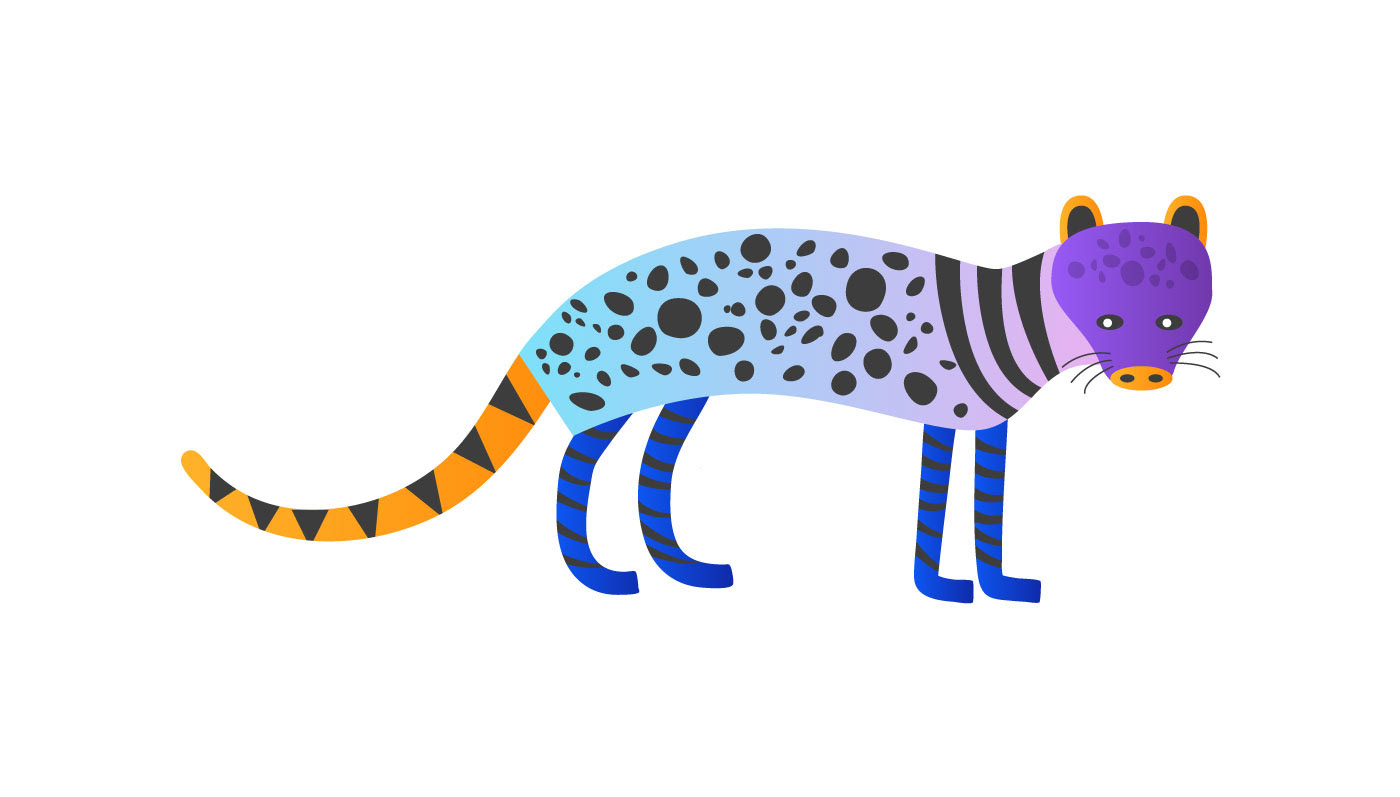
Red Book - "Malabar civet" - The total population of the species is less than 250 adults. The International Union for Conservation of Nature has awarded the species critically endangered status.
. . . . . . . . . . . . . . . . . . . . . . . . . . . . . . . . . . . . . . . . . . . . . . . . . . . . . . . . . . . . . . . . . . . . . . . . . . . . . .
Red Book - "Caracal caracal michaelis" - Katya Sviridova - Kiev, Ukraine Katya Sviridova

Red Book - "Caracal caracal michaelis" - Turkmen caracal, in Turkmenistan (an endangered subspecies, more than 300 individuals remain), a subspecies of caracal inhabiting Central Asia.
. . . . . . . . . . . . . . . . . . . . . . . . . . . . . . . . . . . . . . . . . . . . . . . . . . . . . . . . . . . . . . . . . . . . . . . . . . . . . .
Red Book Russian Federation - "Arctic fox" - Tanya Tkacheva - Nizhny Novgorod, Russian Federation Tanya Tkacheva
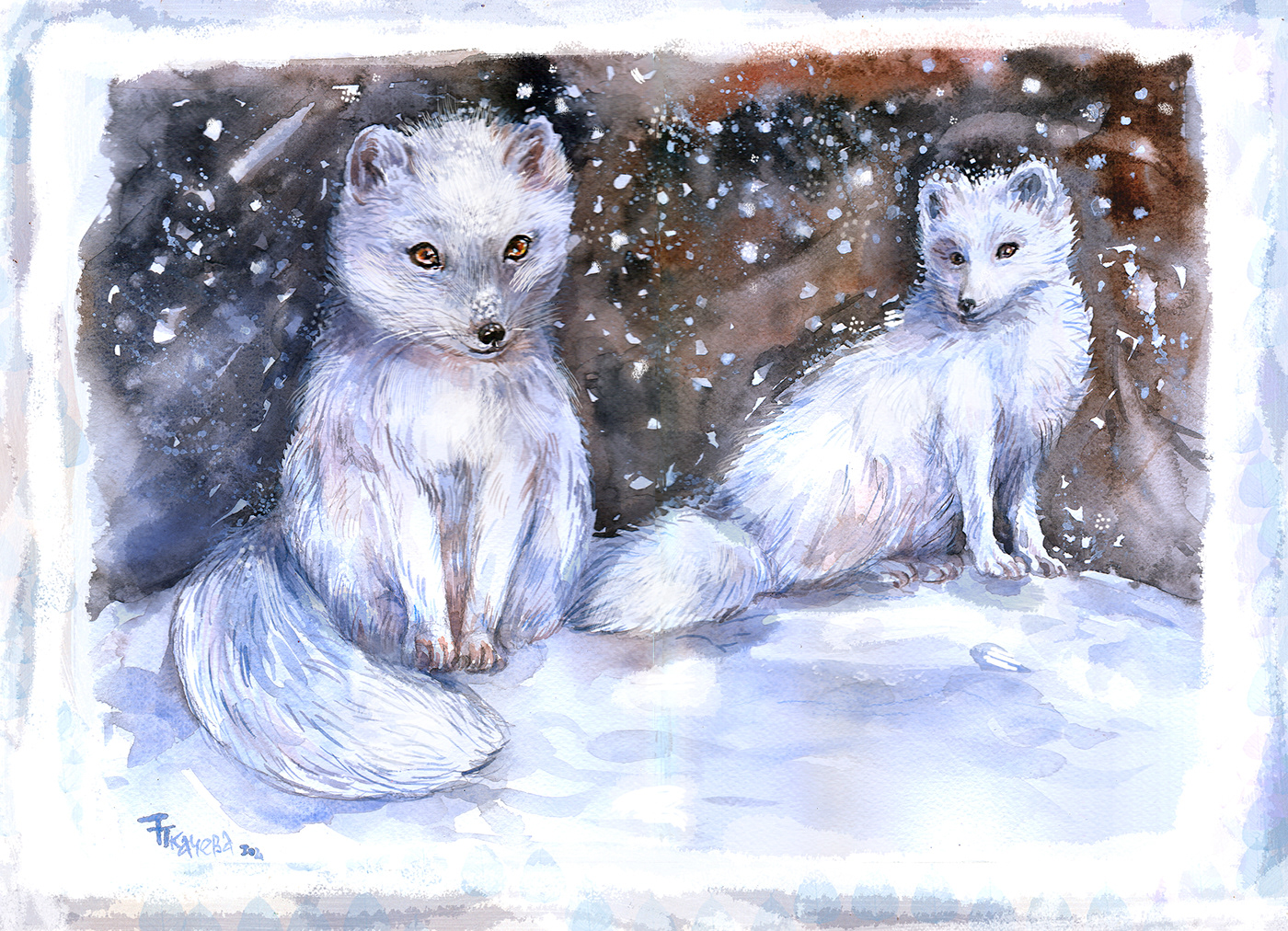
Red Book - "Arctic fox" - Listed in the Red Book of the International Union for Conservation of Nature. The main threat to the Arctic fox is the historical hunting for its valuable fur. The main threat to the Arctic fox is the historical hunt for valuable fur, which is still hunted by indigenous peoples.
. . . . . . . . . . . . . . . . . . . . . . . . . . . . . . . . . . . . . . . . . . . . . . . . . . . . . . . . . . . . . . . . . . . . . . . . . . . . . .
Red Book - "Darwin's fox" - Katya Sviridova - Kiev, Ukraine Katya Sviridova
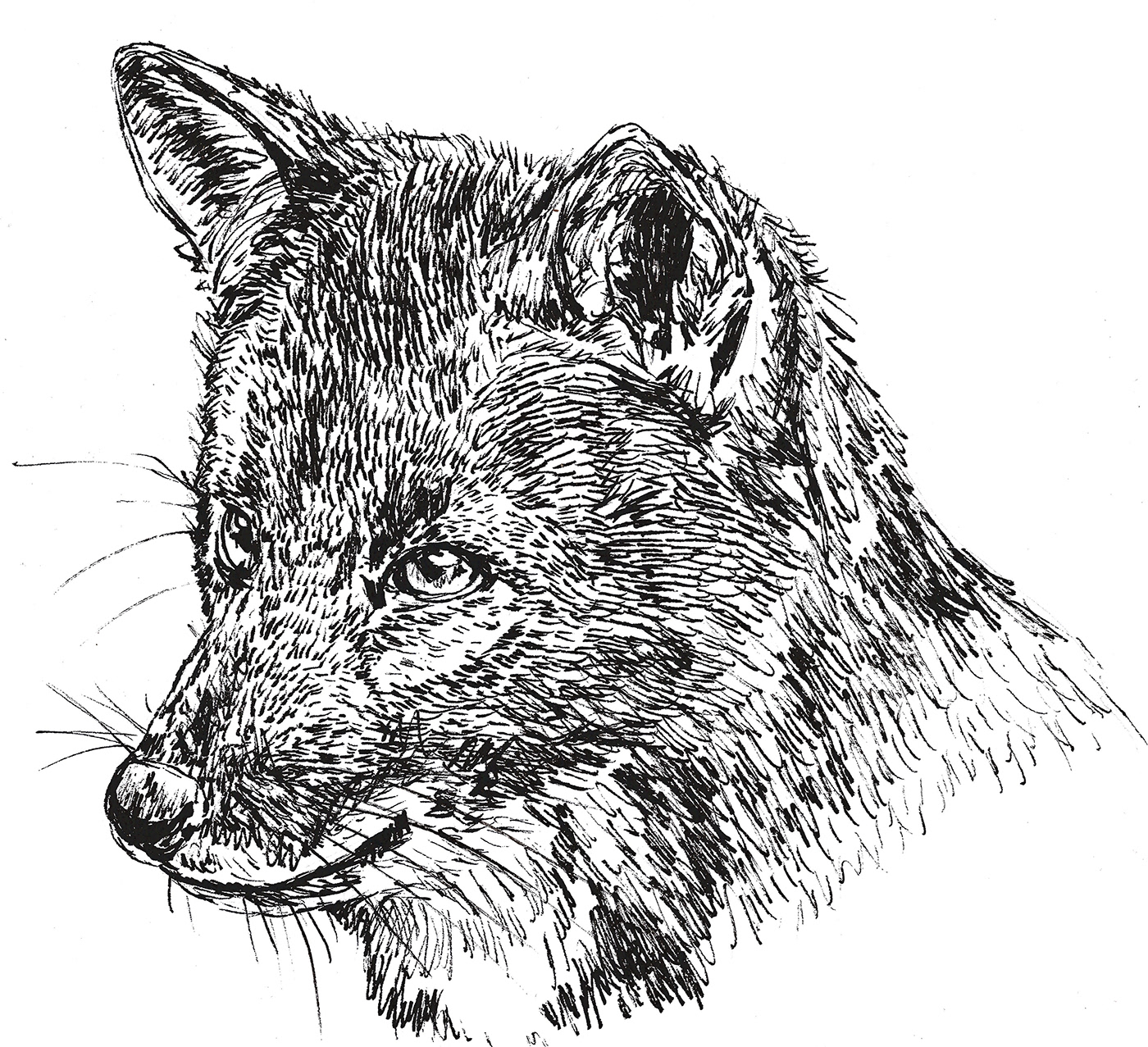
Red Book - "Darwin's fox"- Is an endangered canine species. Conservation status: The island of Chiloe is home to 200 animals and the continent has fewer than 50 animals. The species is classified as endangered by the IUCN. The destruction of forests around the national park and dogs that carry infections and attack foxes are the main reasons for the low population.
. . . . . . . . . . . . . . . . . . . . . . . . . . . . . . . . . . . . . . . . . . . . . . . . . . . . . . . . . . . . . . . . . . . . . . . . . . . . . .
Red Book - "Fennec fox" - Cecilia Battaini - Milan, Italy Cecilia Battaini
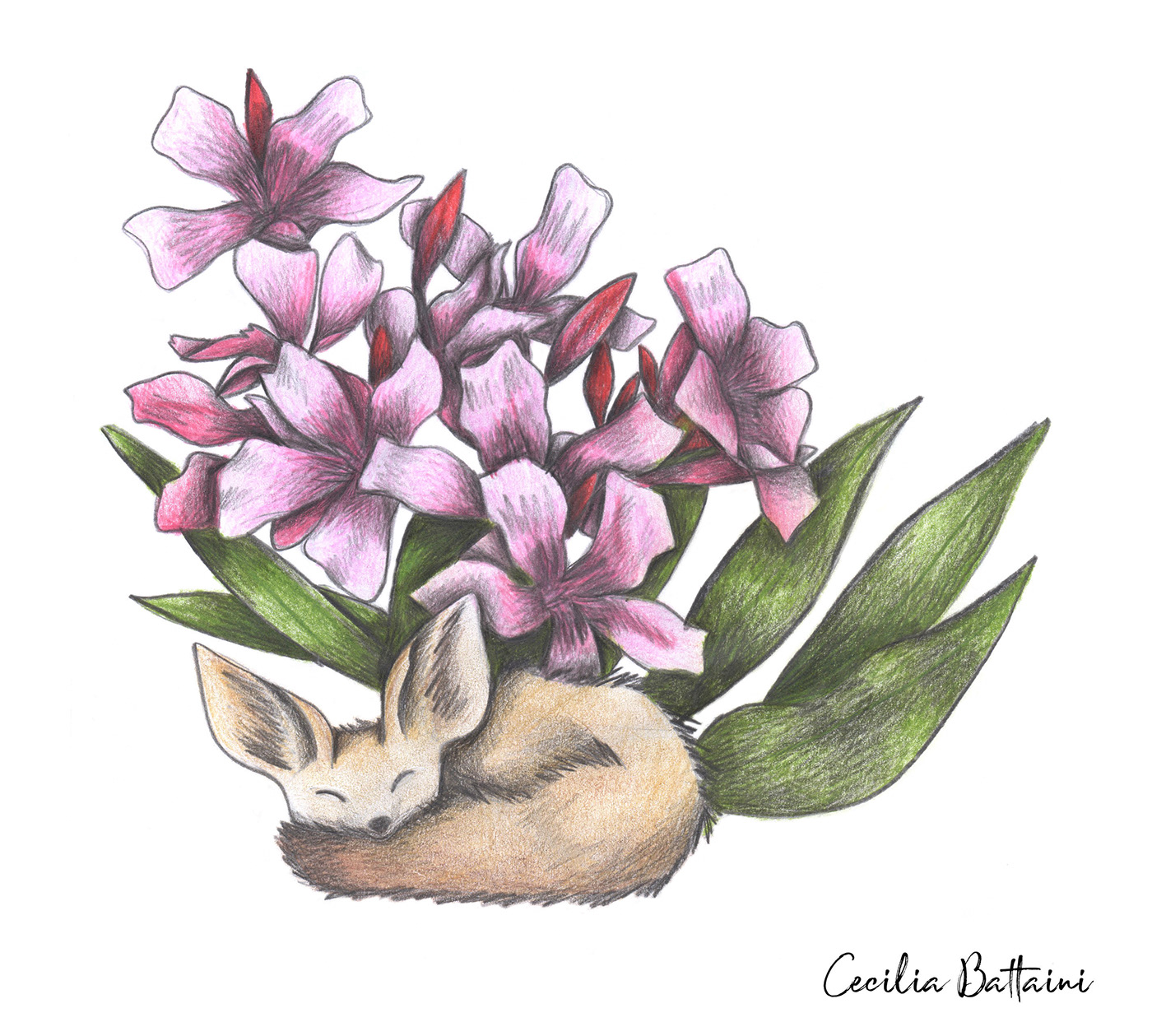
Red Book IUCN (Rev. 3.1) - "Fennec fox"- The areas around the Sahara and other arid regions are beginning to be developed by humans, the construction of new roads and new settlements increases the risks for some populations of these foxes. Additional difficulties for the species are created by geological exploration, the development of oil fields and the development of commercial vehicles. Thus, in the region of four new settlements in the south of Morocco, the fennecs disappeared. A well-developed road network also poses direct risks. Fennec foxes are hunted for fur, miniature foxes are caught by local residents for sale.
. . . . . . . . . . . . . . . . . . . . . . . . . . . . . . . . . . . . . . . . . . . . . . . . . . . . . . . . . . . . . . . . . . . . . . . . . . . . . .
Black Book - "Florida black wolf" - Mimi Kraz - Budapest, Hungary Mimi Kraz
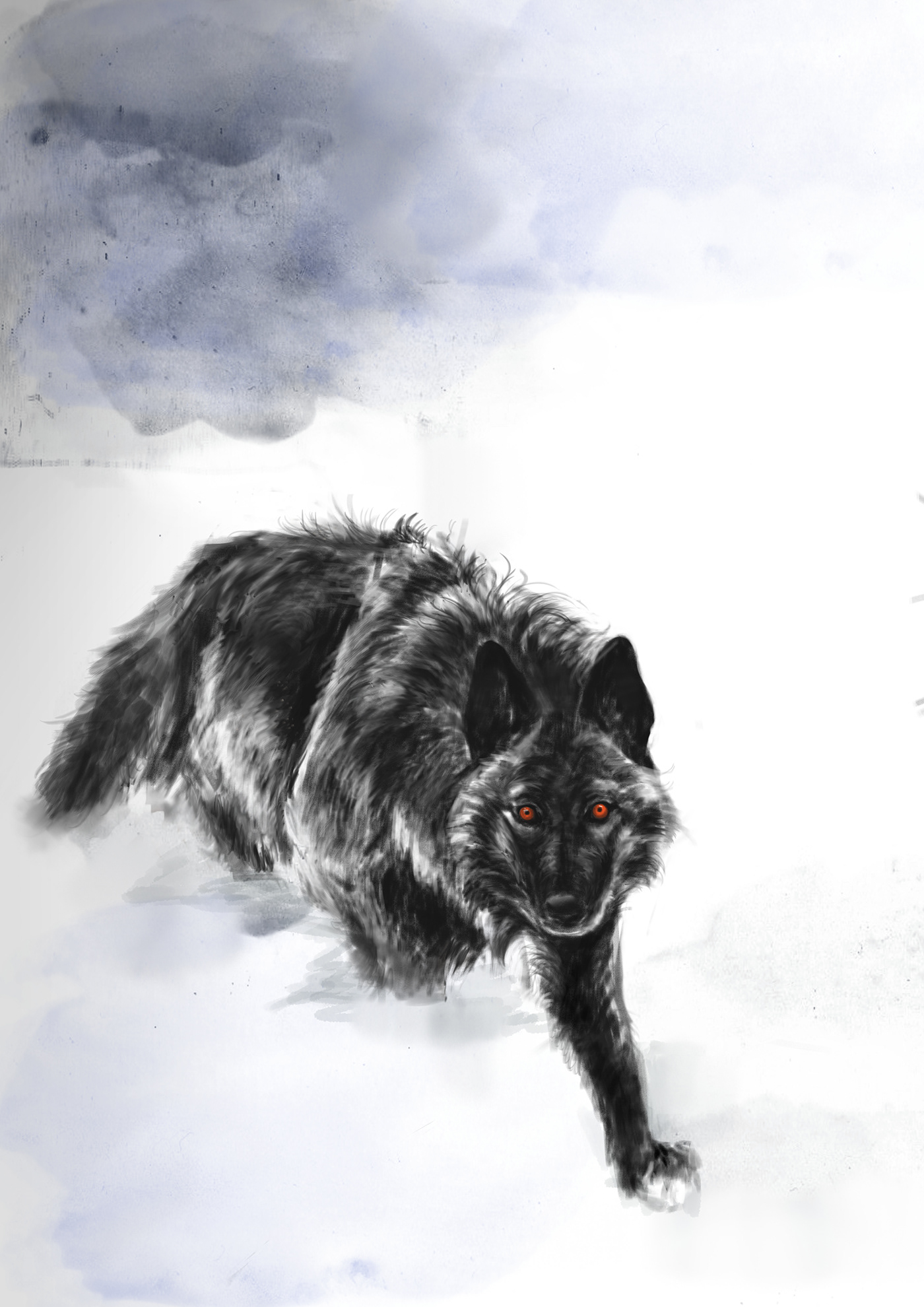
Black Book - "Florida black wolf" - an extinct subspecies of the wolf that lived in Florida and the southern regions of the United States. Extinct in 1934 due to displacement from habitat and hunting. There is a version that this type of wolf still exists, and many people travel in search of it.
. . . . . . . . . . . . . . . . . . . . . . . . . . . . . . . . . . . . . . . . . . . . . . . . . . . . . . . . . . . . . . . . . . . . . . . . . . . . . .
Red Book - "Dhole - Red Wolf" - Katya Sviridova - Kiev, Ukraine Katya Sviridova
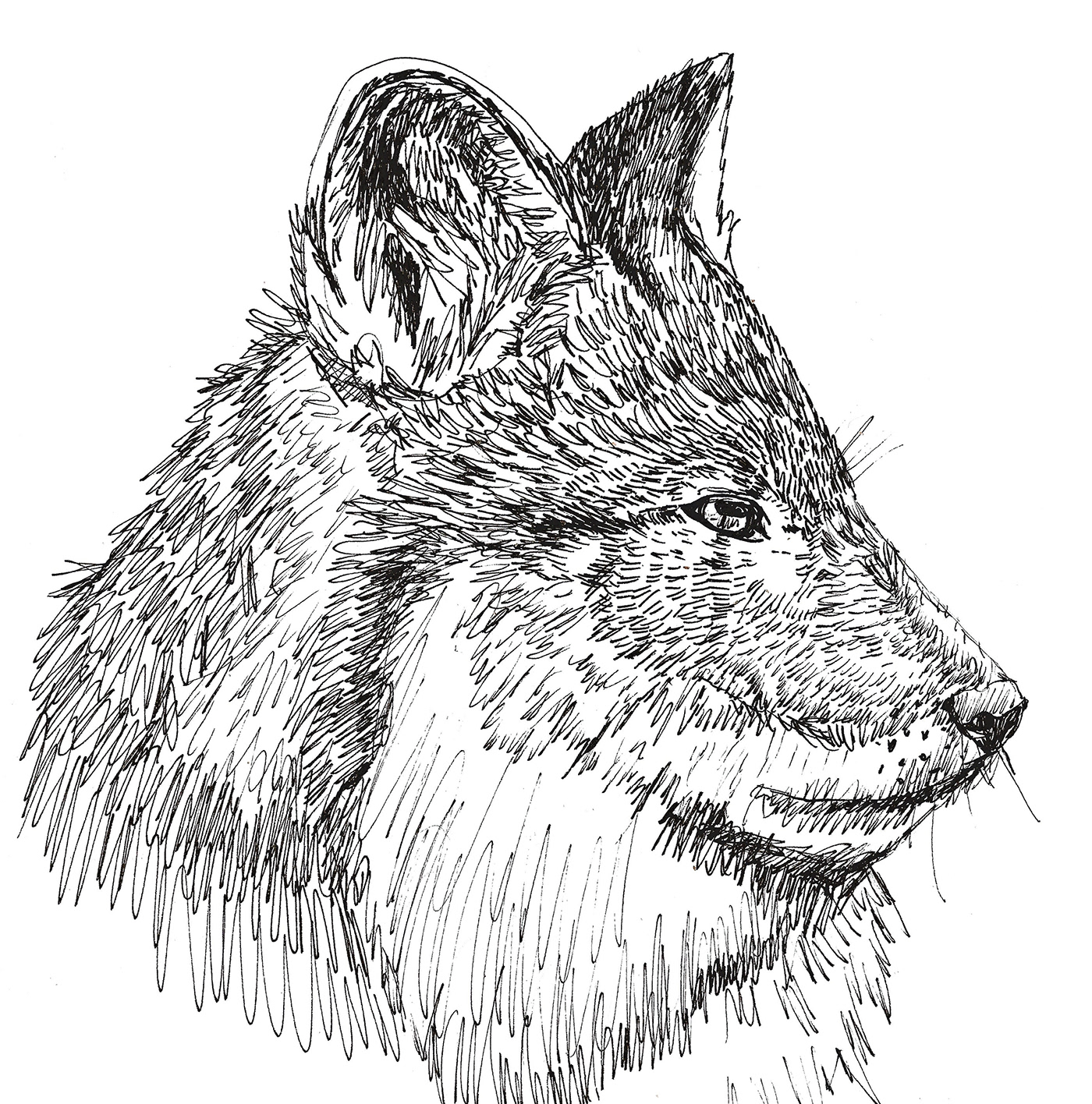
Red Book - "Dhole - Red Wolf" - Predatory mammal of the canine family; the only species of the genus Cuon. A rare endangered canine species listed in the IUCN Red List. Presumably, the main reason is the impoverishment of the food supply due to the decrease in the number of wild artiodactyl animals as a result of human activity. Other known reasons: degradation and transformation of the natural habitat by humans, direct extermination by hunters, death from poisoning with poisonous baits, as well as infectious diseases.
. . . . . . . . . . . . . . . . . . . . . . . . . . . . . . . . . . . . . . . . . . . . . . . . . . . . . . . . . . . . . . . . . . . . . . . . . . . . . .
Red Book - "African wild dog" - Mayuco Abe - Kanagawa ward, Japan Mayuco Abe

Red Book - "African wild dog" - Conservation status: endangered. The species is included in the IUCN Red List. Conservation status: Endangered. Number - until recently, hyena-like dogs lived in large flocks of up to 100 heads. Nowadays it is rare to find a flock of 20-30 individuals. The main reasons for the extinction of these animals are uncontrolled shooting, as well as degradation of their habitat and infectious diseases.
. . . . . . . . . . . . . . . . . . . . . . . . . . . . . . . . . . . . . . . . . . . . . . . . . . . . . . . . . . . . . . . . . . . . . . . . . . . . . .
Red Book - "Maned Wolf" - Katya Sviridova - Kiev, Ukraine Katya Sviridova

Red Book - "Maned Wolf" - Protection status, close to a vulnerable position. The greatest danger to wolves is the fast pace of life, especially in connection with the reconfiguration of the country's population. Less threats є fragmentation of living space, leading to the isolation of subgroups of the population, highways, since water is often not available for the liquidity regime. One of the problems, which affects the numbers, is that dogs kill wolves, and can destroy wolves with diseases, and also compete in adding food.
. . . . . . . . . . . . . . . . . . . . . . . . . . . . . . . . . . . . . . . . . . . . . . . . . . . . . . . . . . . . . . . . . . . . . . . . . . . . . .
Red Book - "Eastern quoll" - Katya Sviridova - Kiev, Ukraine Katya Sviridova
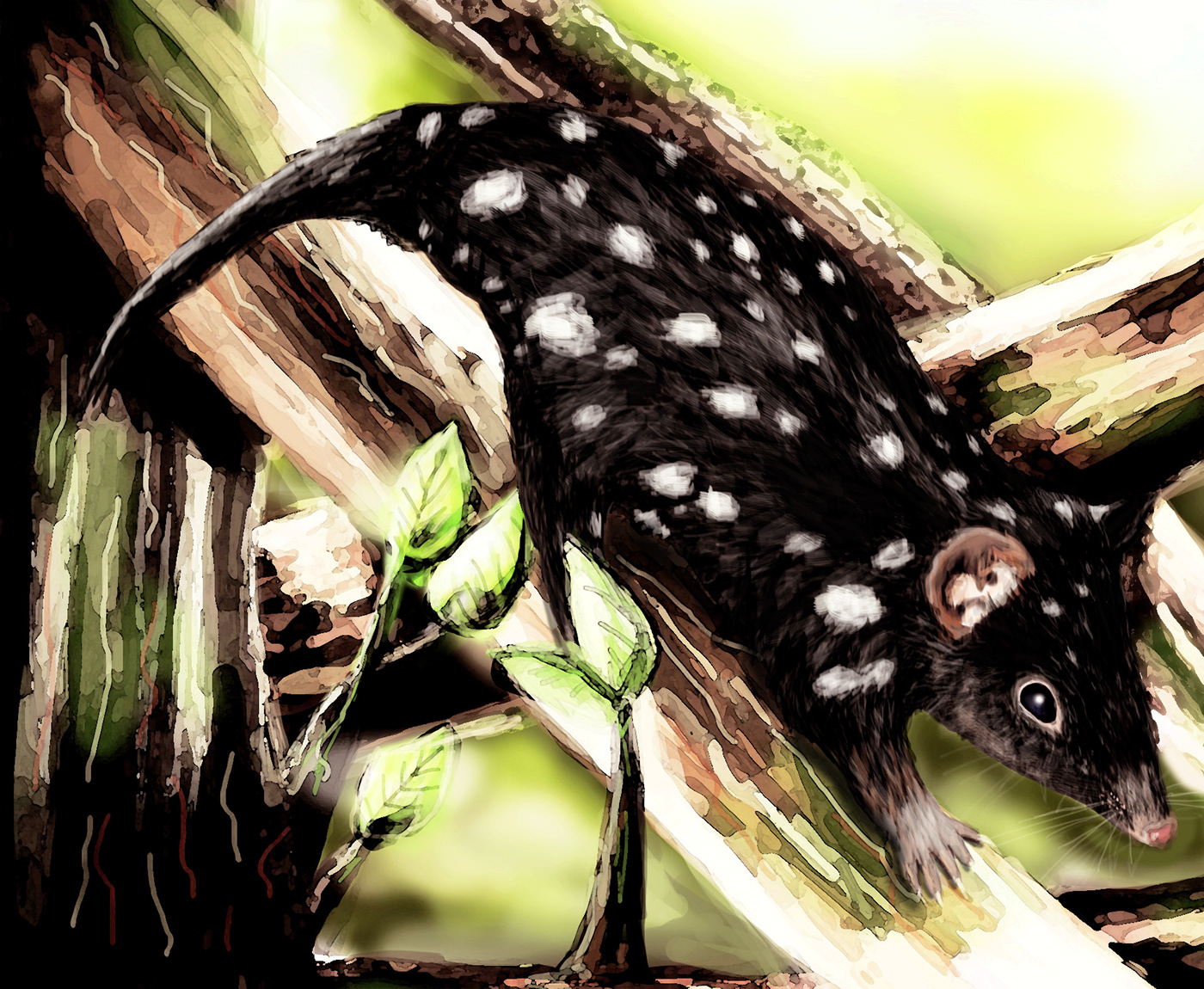
Red Book - "Eastern quoll" - The species is listed in the IUCN Red List of Endangered Species. The species was once widespread in southeastern Australia, but after the epizootic
"epizootic - EPISOOTIA, and, well. (specialist). The widespread distribution of what n. infectious disease among animals" - of 1901-1903 and as a result of uncontrolled extermination, their number began to decline, and now they have practically disappeared on the continent (the last Quolls were seen in the Sydney suburb of Vaucluse in the 60s. XX century); however, they still live in Tasmania. There are many programs to restore the population of the species, one of them is the Leipzig Zoo (Germany).
. . . . . . . . . . . . . . . . . . . . . . . . . . . . . . . . . . . . . . . . . . . . . . . . . . . . . . . . . . . . . . . . . . . . . . . . . . . . . .
Red Book of Ukraine - "Bicolored shrew" - Katya Sviridova - Kiev, Ukraine Katya Sviridova

Red Book of Ukraine - "Bicolored shrew" - or eared shrew - is a species of mammals of the shrew family that lives in Europe and south-west Asia. In Ukraine, it can be found only in the foothills of the Crimea and on the territory of the Black Sea Reserve. The presumable reason for the low number is the destruction of places suitable for their existence.
. . . . . . . . . . . . . . . . . . . . . . . . . . . . . . . . . . . . . . . . . . . . . . . . . . . . . . . . . . . . . . . . . . . . . . . . . . . . . .
Red Book of the Republic of Kazakhstan, Tatarstan - "Beech marten - Martes foina" - Annalisa Faglioni - Milan, Italy Annalisa Faglioni
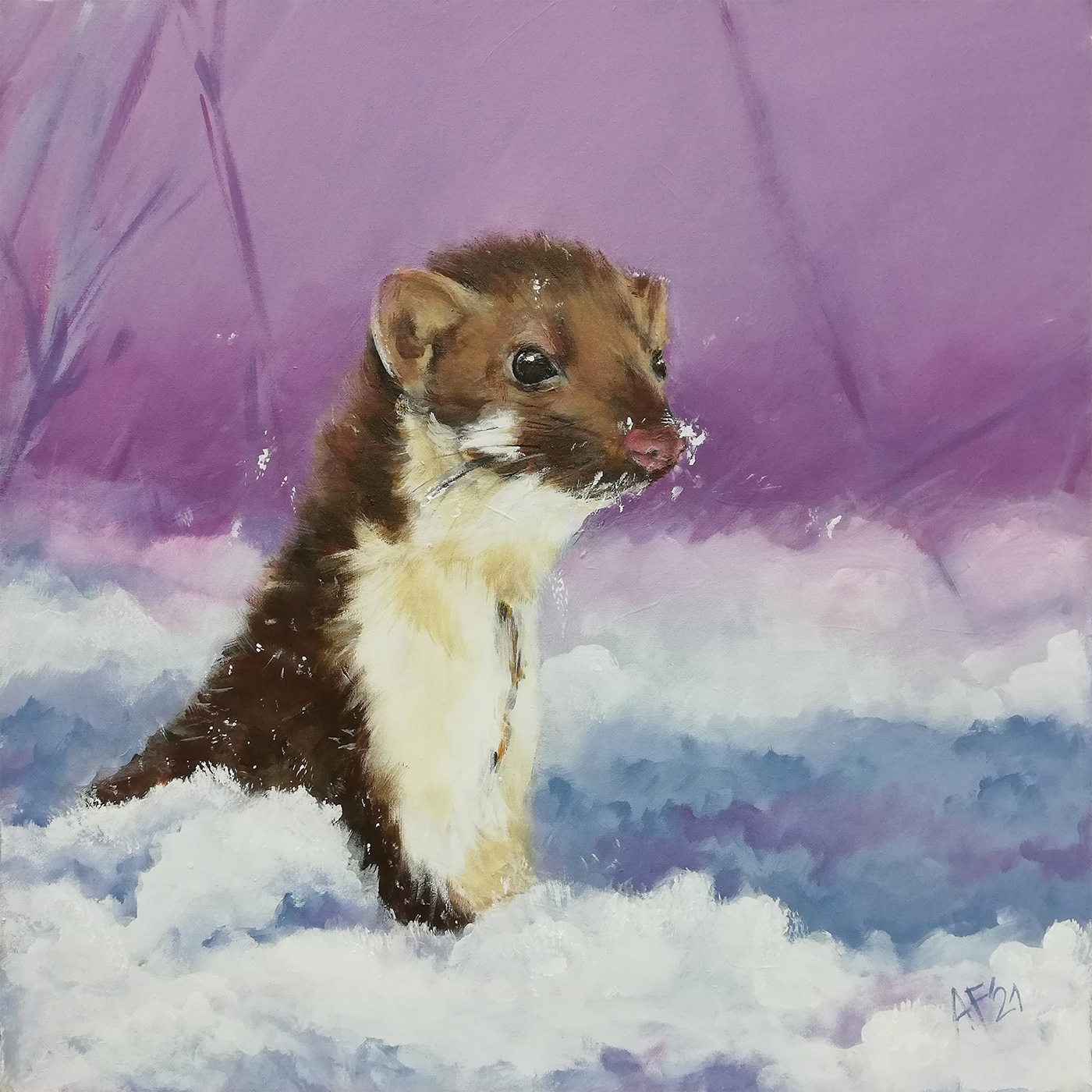
Red Book Kazakhstan - "Beech marten - Martes foina" - After a snowy, very harsh winter of 1968-1969. The number decreased to 500 individuals indicated to the region, and in the Zailiyskiy Alatau in September 1969 there were only 1.7 animals per 1000 hectares. In subsequent years, as a result of snowy winters, as well as poaching, the livestock in places decreased 2-3 times. Main limiting factors Climatic, high infestation by helminths, poaching.
. . . . . . . . . . . . . . . . . . . . . . . . . . . . . . . . . . . . . . . . . . . . . . . . . . . . . . . . . . . . . . . . . . . . . . . . . . . . . .
Red Book of Ukraine - "Marbled polecat" - Katya Sviridova - Kiev, Ukraine Katya Sviridova
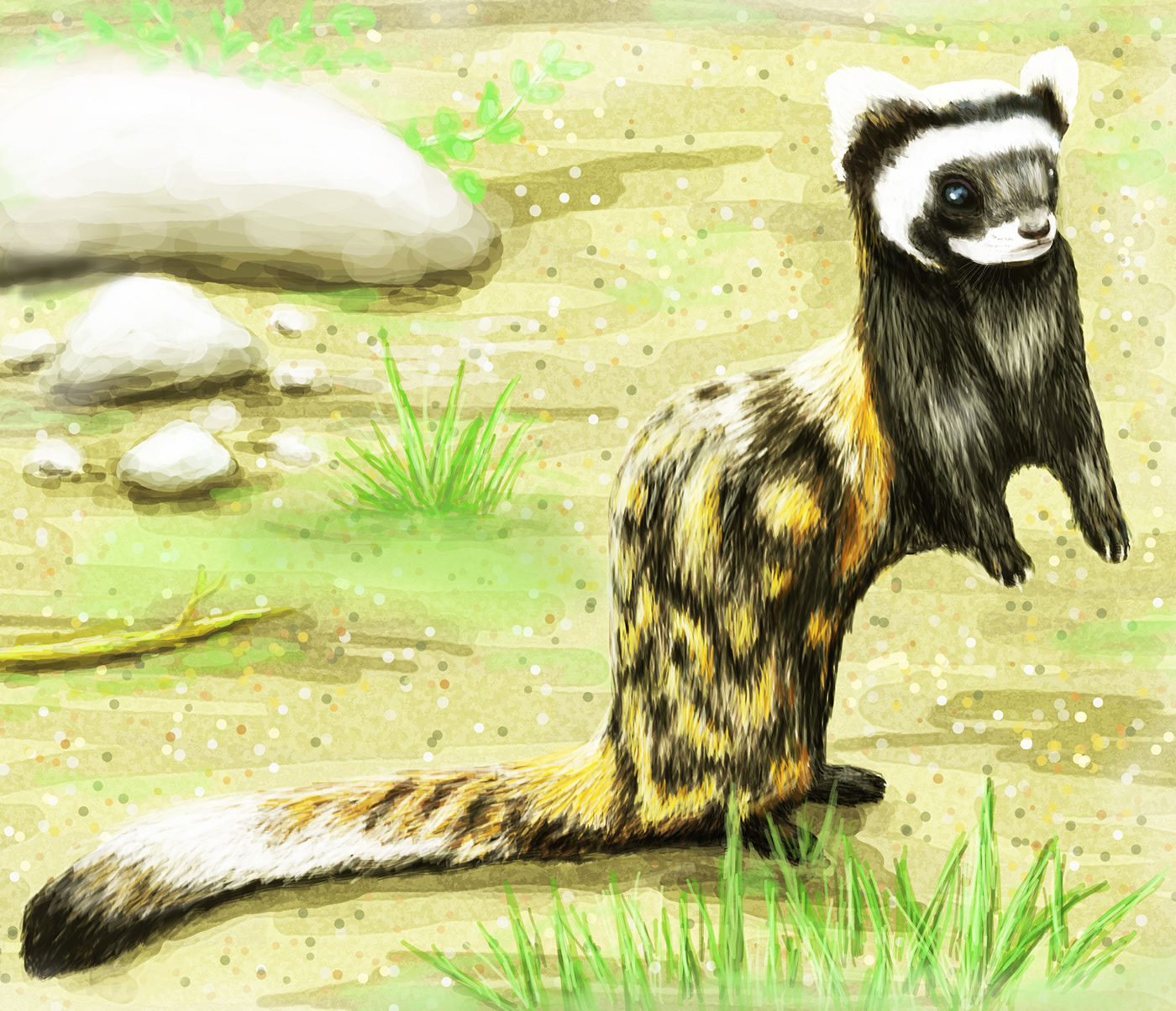
Red Book - "Marbled polecat" - a species of mammals from the weasel family (Mustelidae). Inhabits Eastern Europe, Anterior and Central Asia, and is classified as a vulnerable species. In the 20th century, the population of dressings declined rapidly. The reason for this was the transformation of their habitat into agricultural land. In addition, large-scale extermination of prey rodents often deprives them of food. The regime of preservation of populations and entering from protection: It was entered before the 1st and 2nd day of the ChKU (1980, 1994). It is an inflamed species of inclusions up to the IUCN Red List, and a species that has special protection, before the Bern Convention.
. . . . . . . . . . . . . . . . . . . . . . . . . . . . . . . . . . . . . . . . . . . . . . . . . . . . . . . . . . . . . . . . . . . . . . . . . . . . . .
Red Book Ukraine - "Stoat - Short-tailed weasel" - Mimi Kraz - Budapest, Hungary Mimi Kraz
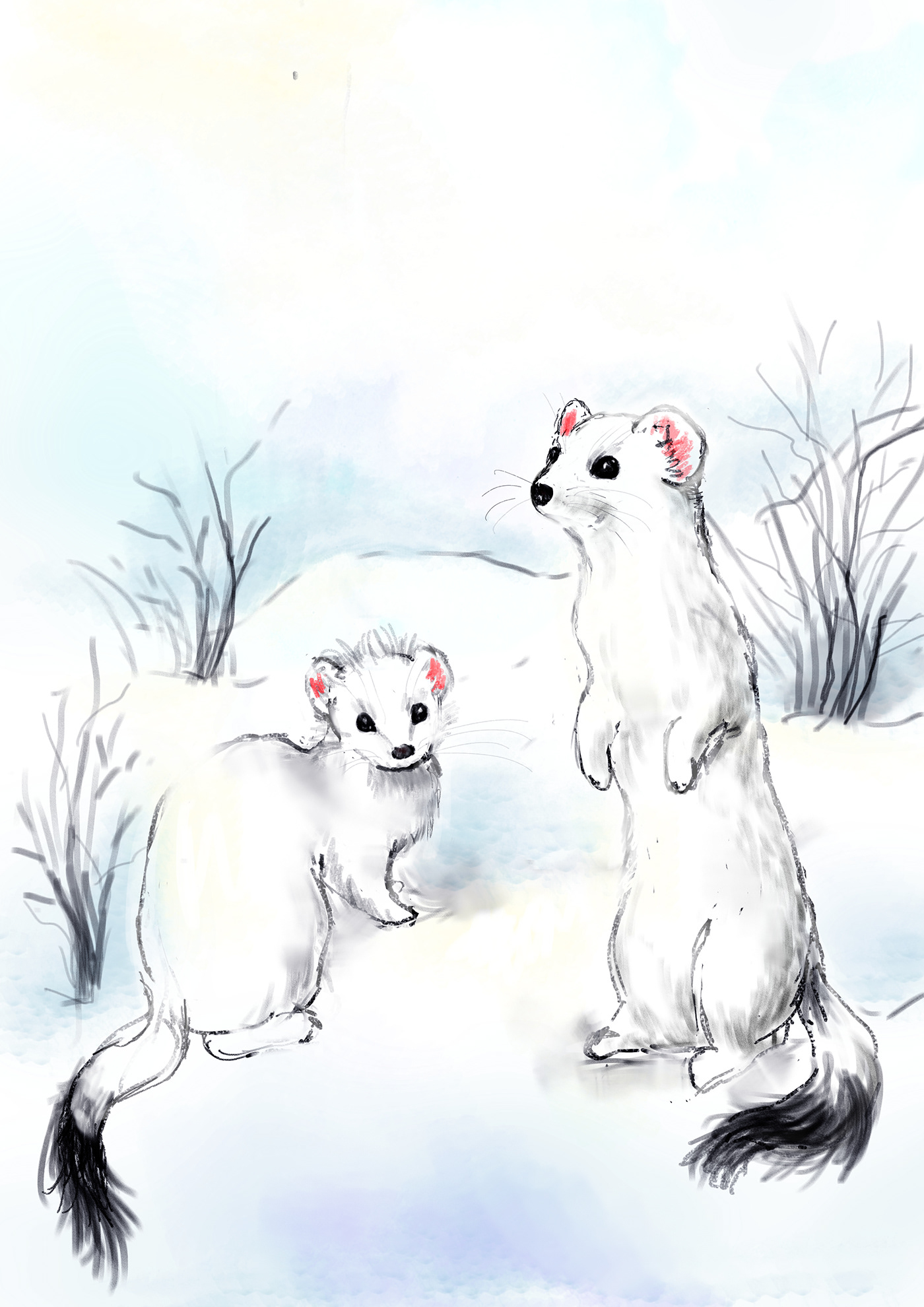
Red book - "Stoat - Short-tailed weasel" - In Ukraine, it is quite rare and is listed in the national Red Book. Population conservation regime and conservation measures: Included in the II edition of the CCU, the IUCN Red List and as a species subject to protection, in the list of the Berne Convention. Protected on the territory of state reserves. National parks and other objects of the NRF. Security measures taken. In 2001, the species was listed in the Red Book of Moscow with the Kyrgyz Republic.
. . . . . . . . . . . . . . . . . . . . . . . . . . . . . . . . . . . . . . . . . . . . . . . . . . . . . . . . . . . . . . . . . . . . . . . . . . . . . .
Red Book Russian Federation, Ukraine - "Stoat - Short-tailed weasel" - Tanya Tkacheva - Nizhny Novgorod, Russian Federation Tanya Tkacheva
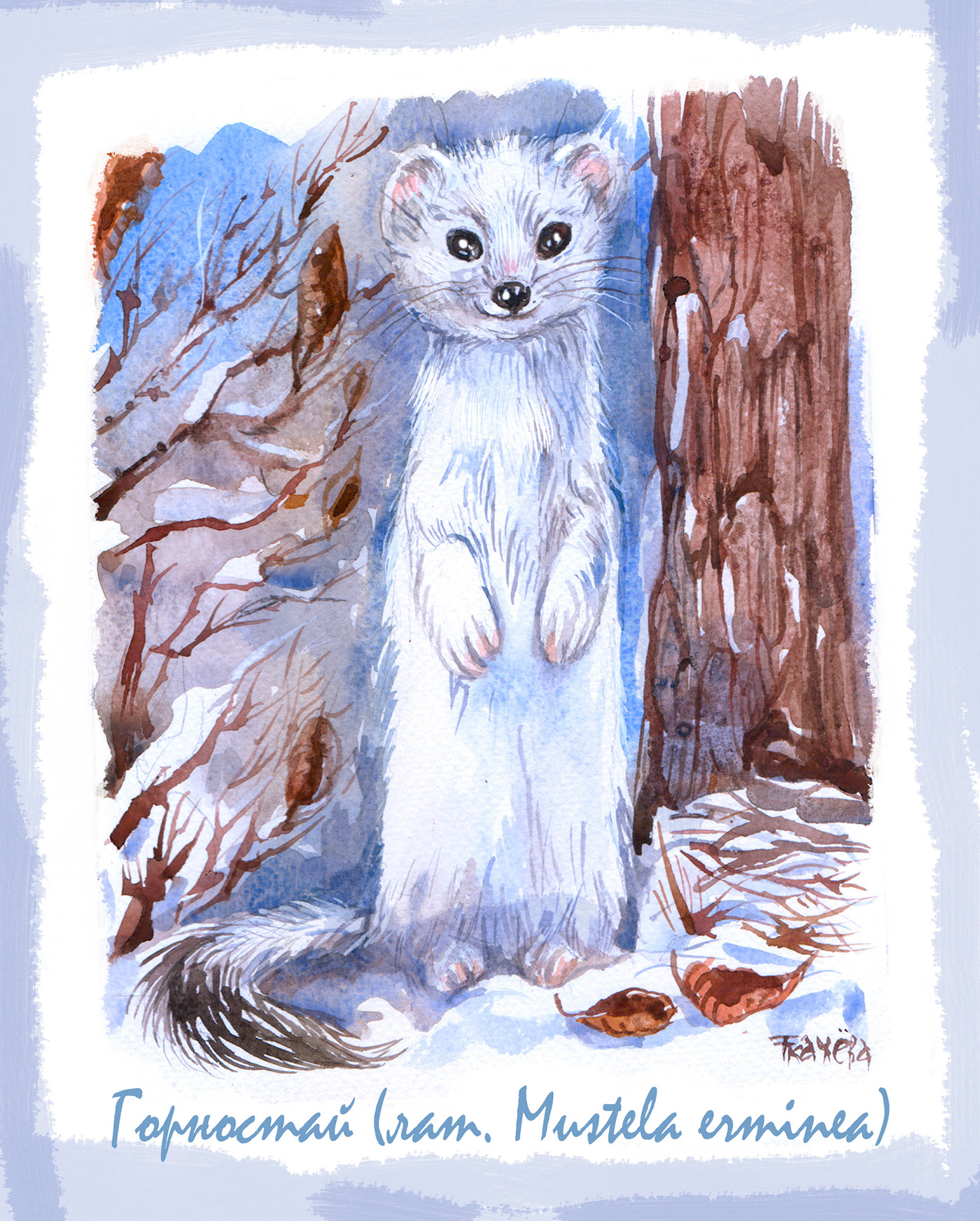
Red book - "Stoat - Short-tailed weasel" - In Moscow, the ermine lives in river valleys, in wastelands and meadows, abandoned garden plots, where there are many mouse - like rodents, snowing in the numbers associated with the development of areas adjacent to forests without preserving an open buffer strip as ecological corridors and hunting grounds for ermine. Park improvement of river valleys, accompanied by the replacement of natural vegetation with green spaces unsuitable even for a short-term stay of the species with low-grass lawns and a sharp reduction in this regard in the number or disappearance of mouse - like rodents - the main food objects of ermine, as well as the loss of shelters.
. . . . . . . . . . . . . . . . . . . . . . . . . . . . . . . . . . . . . . . . . . . . . . . . . . . . . . . . . . . . . . . . . . . . . . . . . . . . . .
Red Book of Ukraine - "Speckled ground squirrel" - Katya Sviridova - Kiev, Ukraine Katya Sviridova

Red Book - "Speckled ground squirrel" - Conservation status of the species: Endangered. In Ukraine, it was distributed almost throughout the Left Bank Forest-Steppe. Over the last decade, only separate colonies have remained in Kharkiv and Luhansk oblasts. The reasons for the sharp decline in numbers were, above all, the direct extermination, as well as the degradation of natural habitats for this species, the destruction of virgin lands. Conservation status and conservation measures: As a species closest to endangered, listed on the IUCN Red List, as a species that is a special protection of the Berne Convention.
. . . . . . . . . . . . . . . . . . . . . . . . . . . . . . . . . . . . . . . . . . . . . . . . . . . . . . . . . . . . . . . . . . . . . . . . . . . . . .
Red Book - "Red panda" - Debaditya Patra - Noida, India Debaditya Patra

Red Book - "Red panda" - Only 2.5 thousand people remained (according to other sources, about 10 thousand). The main danger is the constant deforestation, as well as poaching and hunting in India and southwest China because of the beautiful fur. Over the past 50 years, the population of red pandas in the Himalayan region has declined by 39%.
. . . . . . . . . . . . . . . . . . . . . . . . . . . . . . . . . . . . . . . . . . . . . . . . . . . . . . . . . . . . . . . . . . . . . . . . . . . . . .
Red book - "1. Madagascar beak breasted turtle - Angonoka - 2. Jamaican Rock Iguana - 3. Red panda - 4. Bronzovka - Green May Beetle" - Black book - "5. Oahu Akialoa Bird " -Dhanya A V - India Dhanya A V

1. Red book - Madagascar beak-breasted turtle, or Angonoka - a species of land turtles. Endemic to Madagascar, rare species. It has been declared one of the most “vulnerable” animal species in the world by the IUCN Rare Species Commission. 2. Jamaican Rock Iguana - Threatened with extinction, this iguana, considered extinct for many years, was discovered in the remote area of Hellshire Heels in 1970. Currently found only in dry, rocky, limestone woodlands of St. Catherine County. 3. Red-pandas this species is included in the lists of the International Red Book with the status "Endangered". The species is classified as endangered. 4. Bronzovka - The beetle species is listed in the Red Data Book of Ukraine and is included in the Red Data Book of the Russian Federation. Conservation status of the species: Vulnerable. The main factor in the extinction of the species is the felling and removal of old hollow trees from the forests - in which the larvae of this beetle live. 5. Previously, "Akialoa ellisana" was listed in the This bird species was discovered on the Hawaiian island of Oahu, USA, but has now become extinct as a result of deforestation and introduced diseases. And now he's blacklisted - black book.
. . . . . . . . . . . . . . . . . . . . . . . . . . . . . . . . . . . . . . . . . . . . . . . . . . . . . . . . . . . . . . . . . . . . . . . . . . . . . .
Red Book - "Mustela eversmanii amurensis - Amur steppe ferret"- Katya Sviridova - Kiev, Ukraine Katya Sviridova
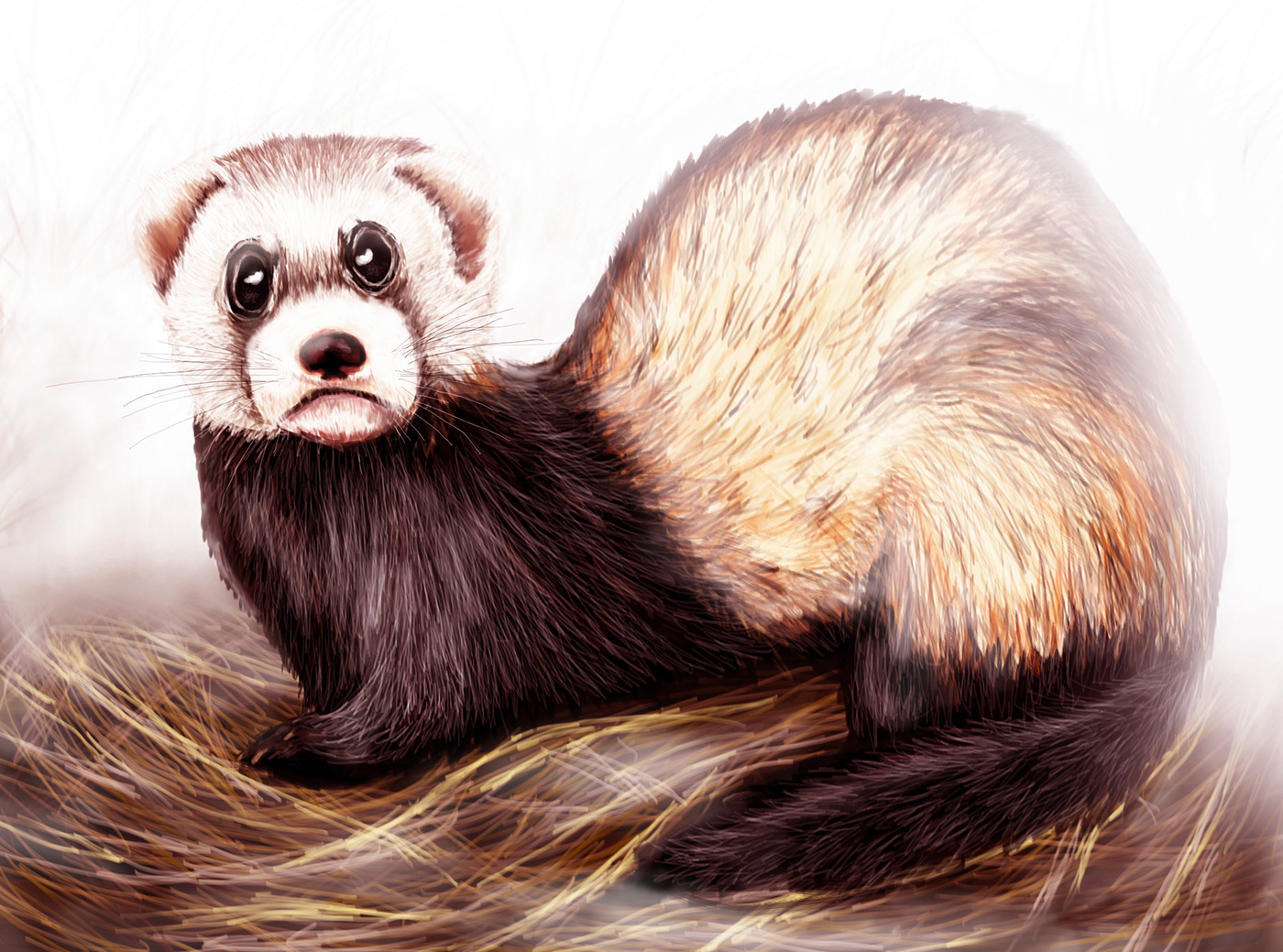
Red Book - "Mustela eversmanii amurensis - Amur steppe ferret" - lives mainly in the dry-steppe and forest-steppe zones of the Far East, but the overwhelming part is located in the northeast of China. On the territory of Russia, the subspecies is endangered; Inhabits the Amur River and up to the Zeya River. You can also find it in the Blagoveshchensk district. But the animal avoids people and it is almost impossible to meet it near settlements. The decline in the number of species is due to: human activity as a commercial one. large-scale changes in the landscape of the animal's habitat. Experts say that the number of individuals in the habitat is constantly decreasing and is on the verge of extinction.
. . . . . . . . . . . . . . . . . . . . . . . . . . . . . . . . . . . . . . . . . . . . . . . . . . . . . . . . . . . . . . . . . . . . . . . . . . . . . .
Red Book Moscow - "European hare" - Mimi Kraz - Budapest, Hungary Mimi Kraz
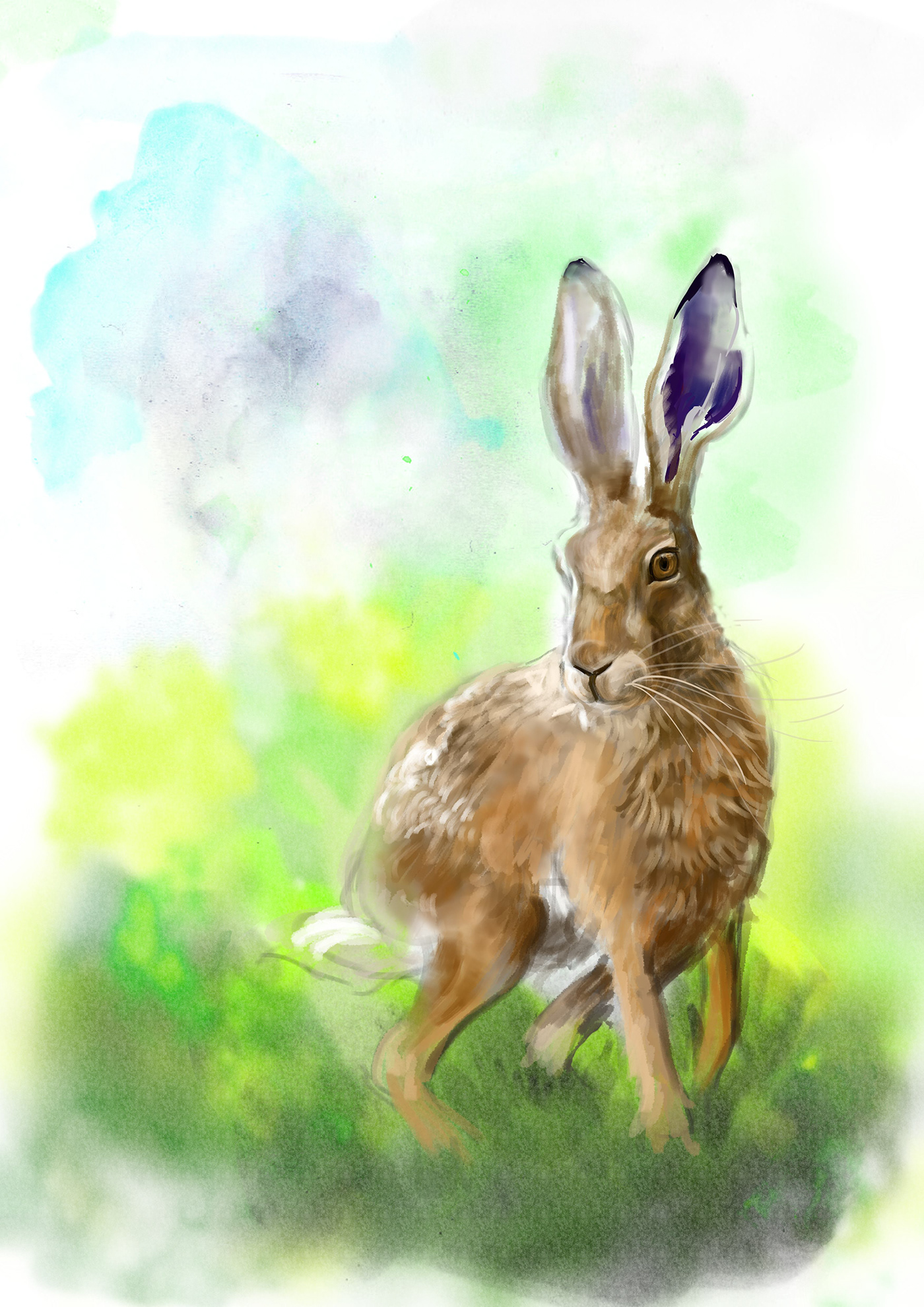
Red Book Moscow - "European hare" - The natural status of the species on the territory of Moscow is rapidly dwindling and becoming scarce. The reason for the reduction of the natural arial in which the species of hares lives.
. . . . . . . . . . . . . . . . . . . . . . . . . . . . . . . . . . . . . . . . . . . . . . . . . . . . . . . . . . . . . . . . . . . . . . . . . . . . . .
Red Book of Ukraine - "Garden dormouse" - Katya Sviridova - Kiev, Ukraine Katya Sviridova
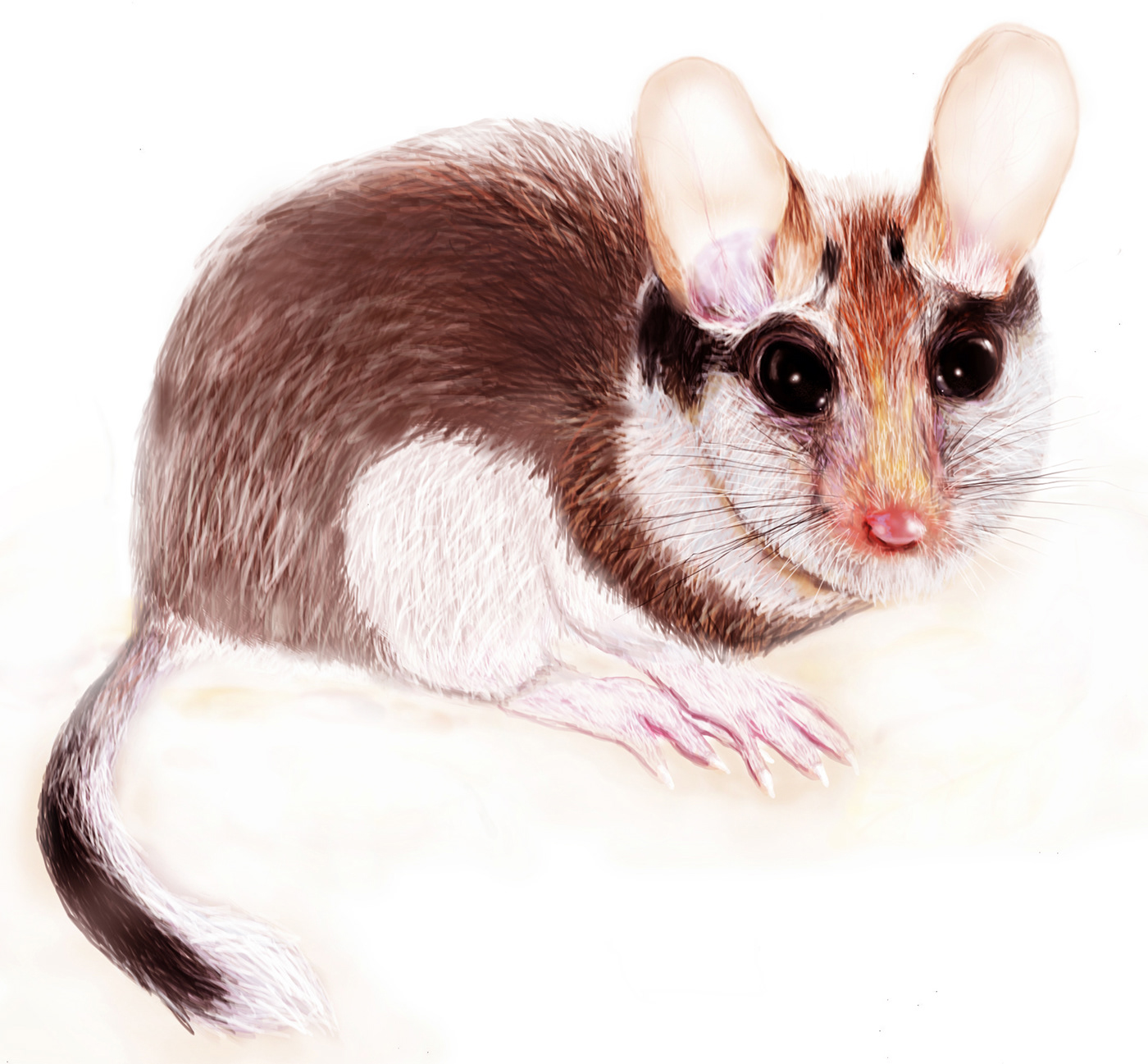
Red Book - "Garden dormouse" - a species of rodents. Conservation status: In a state close to threatened (Decreasing). The main reasons for the decline in the number of individuals of this species include: large-scale felling and replacement of old trees with hollows; reduction of forest areas; destruction of young stock of broad-leaved and fruit-bearing plants; annual forest fires.
. . . . . . . . . . . . . . . . . . . . . . . . . . . . . . . . . . . . . . . . . . . . . . . . . . . . . . . . . . . . . . . . . . . . . . . . . . . . . .
Red Book - "Eurasian otter" - Mimi Kraz - Budapest, Hungary Mimi Kraz
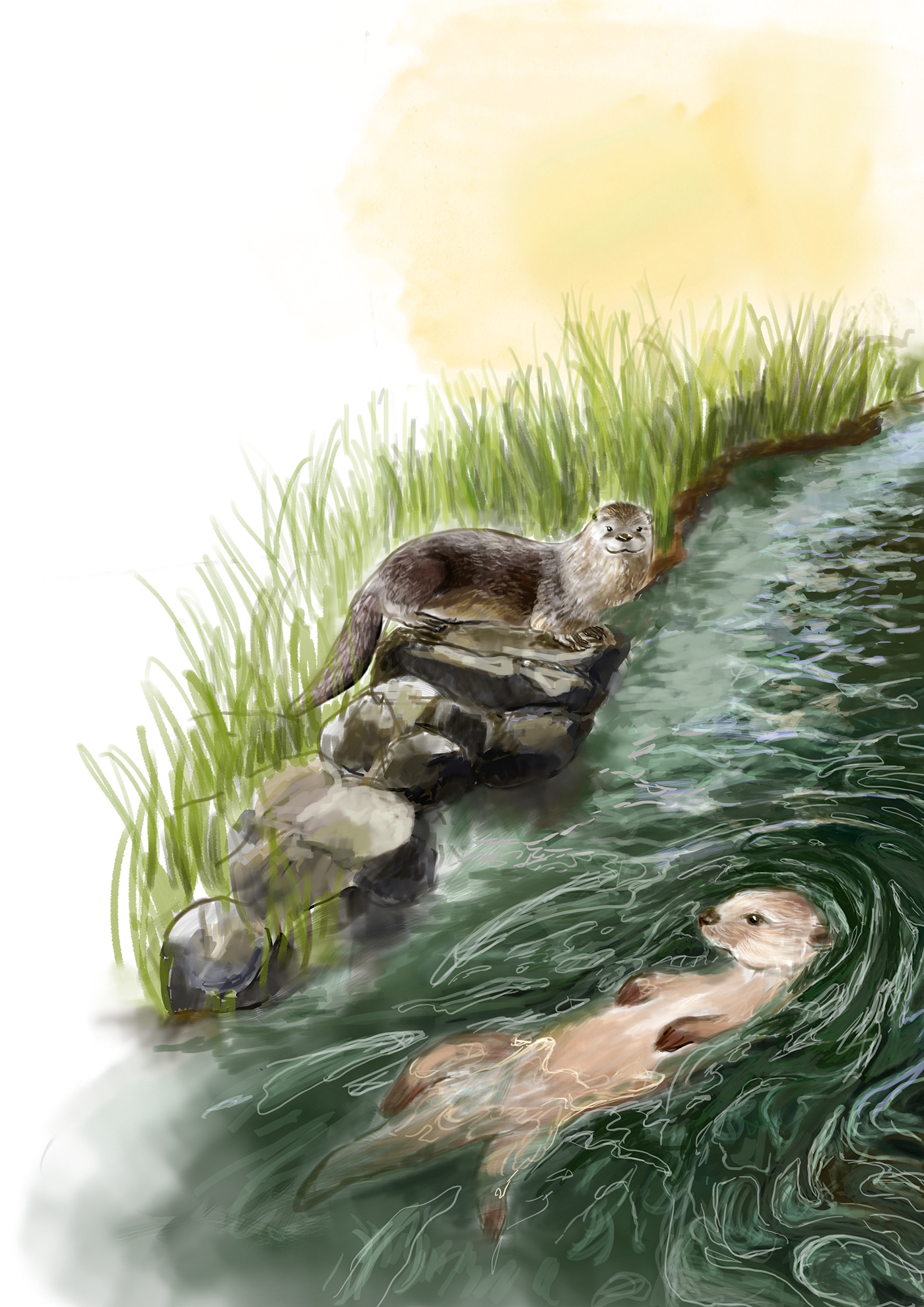
Red Book - "Eurasian otter" - Natural status: vulnerable species, river otter is included in the list of the International Community for the Protection of Endangered Animals, included in the Red Book of Russia, Ukraine, Belarus, Moldova. The reason for the decline in numbers: human development of natural areas;excessive hunting; desiccation;freezing of water bodies;groundwater pollution.
. . . . . . . . . . . . . . . . . . . . . . . . . . . . . . . . . . . . . . . . . . . . . . . . . . . . . . . . . . . . . . . . . . . . . . . . . . . . . .
Red Book of Moscow - "European hedgehog" - Annalisa Faglioni - Milan, Italy Annalisa Faglioni
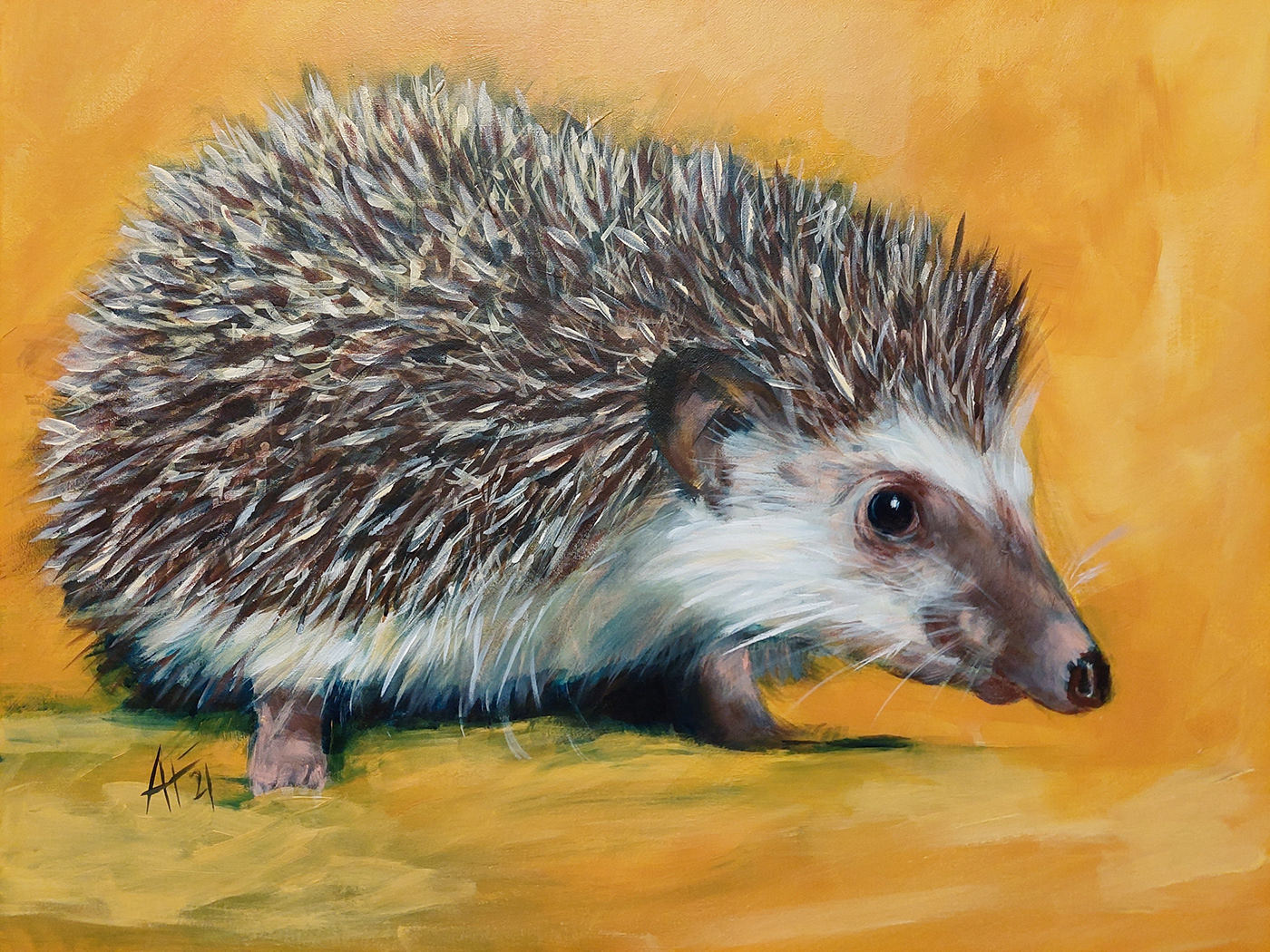
Red Book - "European hedgehog" - Security measures are listed in the Red Book of Moscow - The abundance of the species is at a low level and tends to further decline. It remains relatively stable in the largest forest areas, where the negative impacts of the urban environment are manifested to the least extent.
. . . . . . . . . . . . . . . . . . . . . . . . . . . . . . . . . . . . . . . . . . . . . . . . . . . . . . . . . . . . . . . . . . . . . . . . . . . . . .
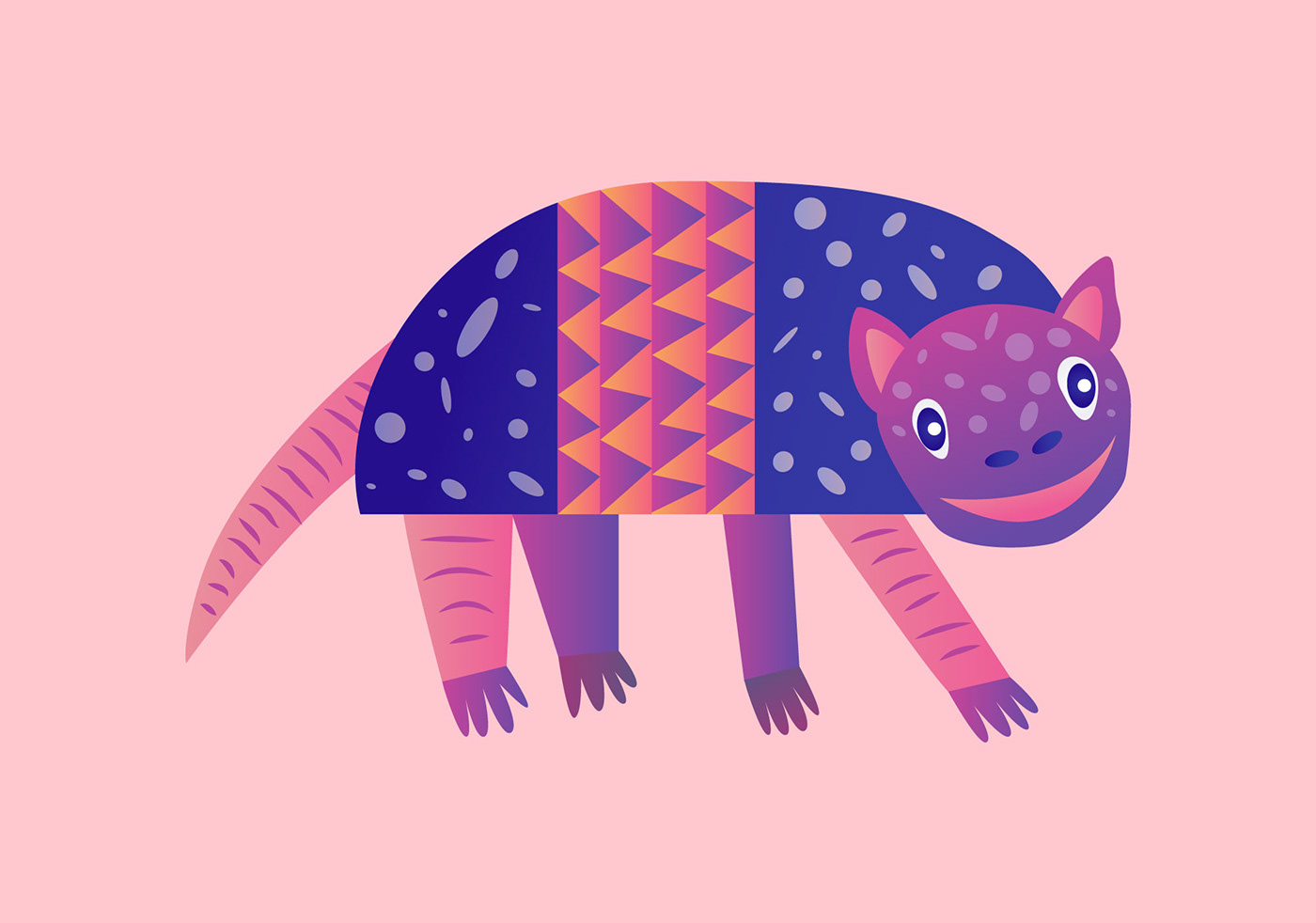
Red Book - "Armadillo" - are New World placental mammals in the Cingulata order. nine extinct genera and 21 modern armadillo species, some of which differ in the number of stripes on their armor. All species live in America, in a wide variety of environments. Most of them are listed in the black book.
. . . . . . . . . . . . . . . . . . . . . . . . . . . . . . . . . . . . . . . . . . . . . . . . . . . . . . . . . . . . . . . . . . . . . . . . . . . . . .
Red Book - "Argali" - Katya Sviridova - Kiev, Ukraine Katya Sviridova
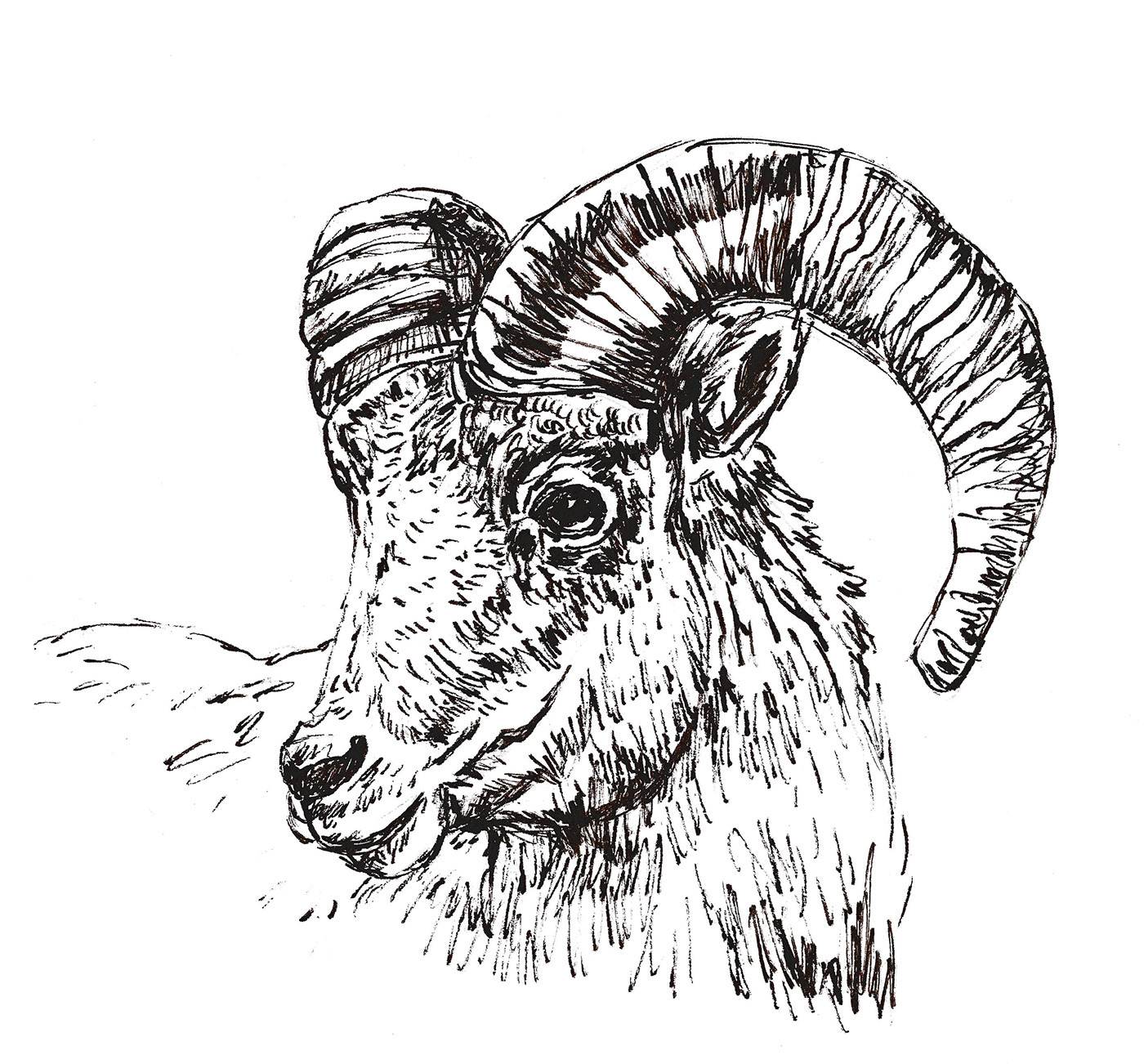
Red Book - "Argali" - Protection status Close to vulnerable position. Artiodactyl bovid mammal living in the mountainous regions of Central and Central Asia, including in the south of Siberia. The main factors leading to a decrease in the number and range are considered to be uncontrolled hunting and the displacement of animals from their permanent habitats by grazing livestock. Grazing domestic sheep eat the grasses that argali also feed on, thereby contributing to their decline.
. . . . . . . . . . . . . . . . . . . . . . . . . . . . . . . . . . . . . . . . . . . . . . . . . . . . . . . . . . . . . . . . . . . . . . . . . . . . . .
Red Book - "European fallow deer" - Mimi Kraz - Budapest, Hungary Mimi Kraz
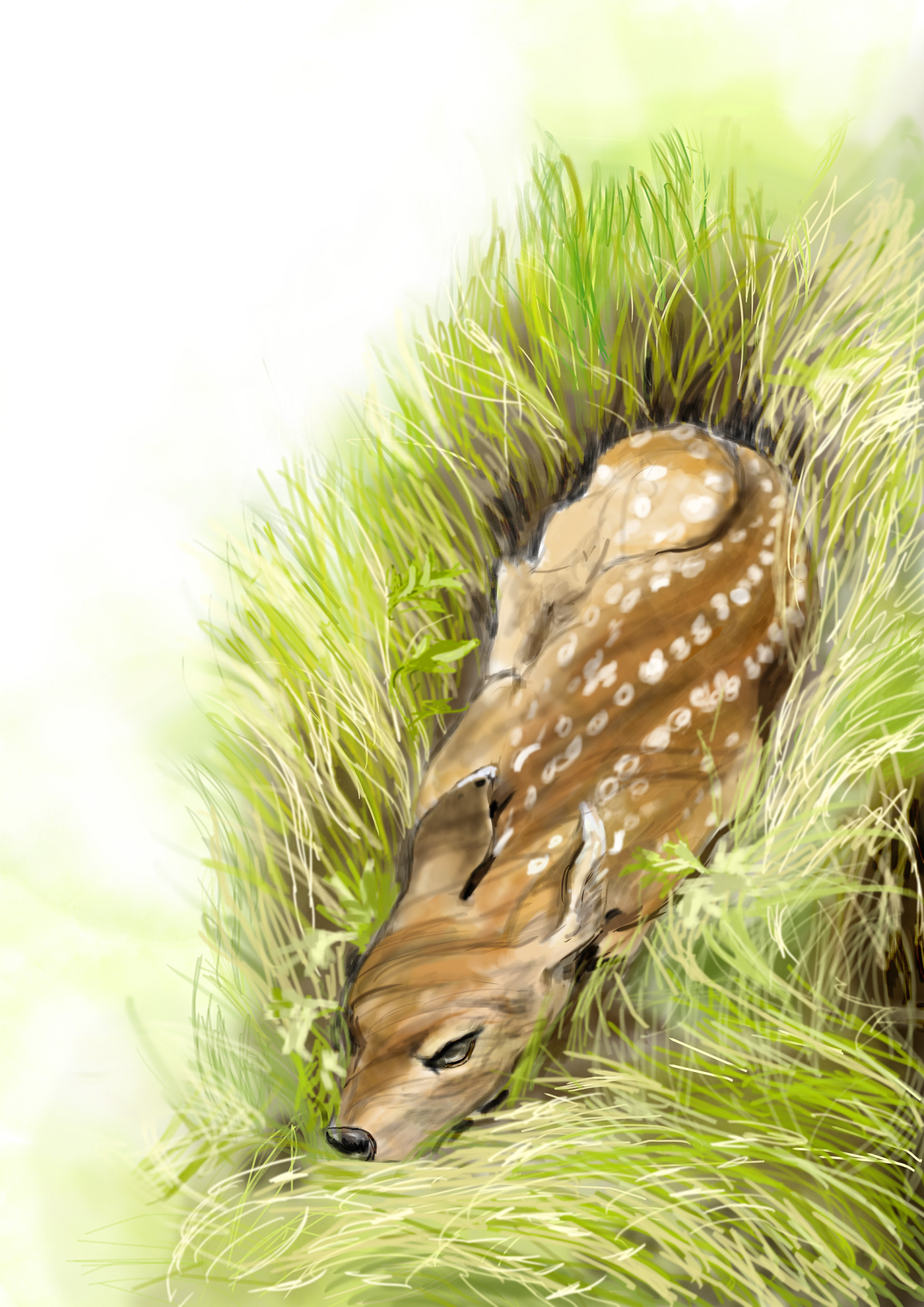
Red Book - "European Doe" - In addition to the wild goat and red deer, Central Europe is characterized by the third genus of the deer family - the fallow deer, an animal characterized by horns, the main trunk of which is round at the base, and in the final part it is spatulate. Doe hunting is prohibited - it is listed in the Red Book.
. . . . . . . . . . . . . . . . . . . . . . . . . . . . . . . . . . . . . . . . . . . . . . . . . . . . . . . . . . . . . . . . . . . . . . . . . . . . . .
Red Book - "Siberian musk deer" - Katya Sviridova - Kiev, Ukraine Katya Sviridova
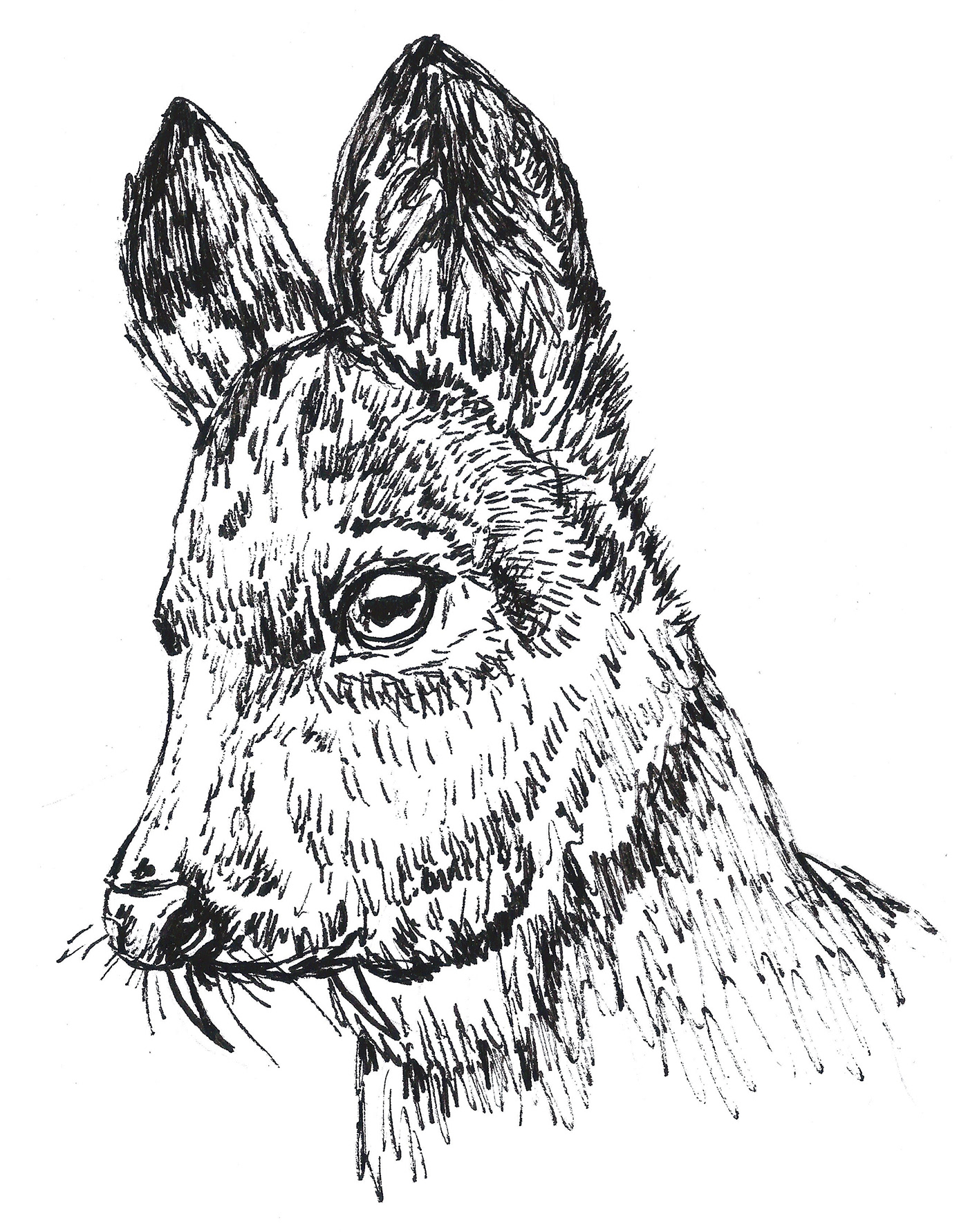
Red Book - "Siberian musk deer" - Protection status of a vulnerable species. A small artiodactyl deer-like animal, a representative of the musk deer family (Moschidae). Threats and protection - Musk musk serves as a scent fixative in perfumes and is highly valued as an ingredient in folk remedies. Each male produces only about 25 grams of musk. Although musk can be removed from living animals, most musk collectors kill muskrats to remove the entire musk gland. Illegal hunting for musk is a major threat to this species.
. . . . . . . . . . . . . . . . . . . . . . . . . . . . . . . . . . . . . . . . . . . . . . . . . . . . . . . . . . . . . . . . . . . . . . . . . . . . . .
Red Book of the Krasnoyarsk Territory - "Red deer" - Mimi Kraz - Budapest, Hungary Mimi Kraz
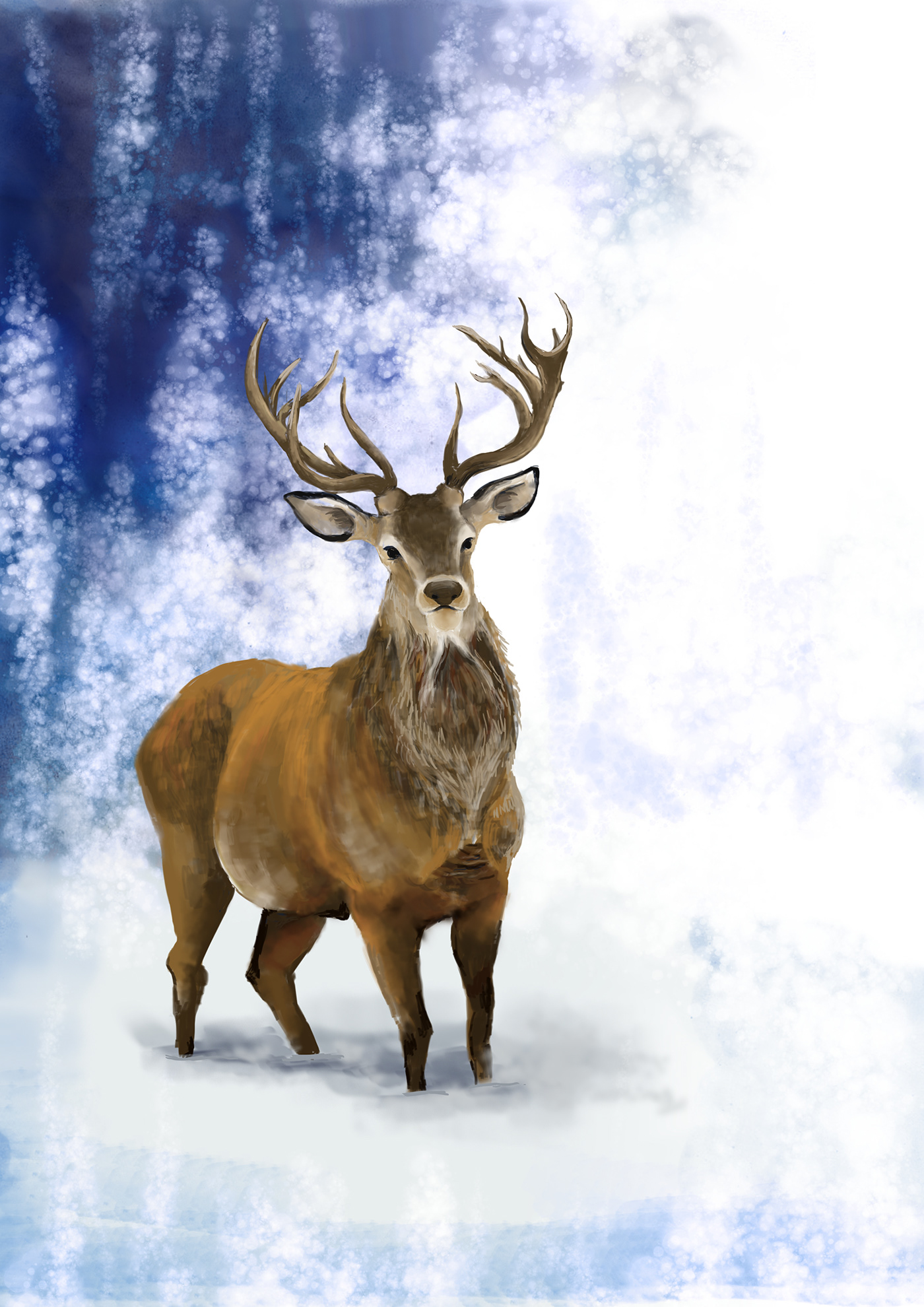
Red Book of Krasnoyarsk Territory - "Red deer" - The classification of the red deer depends on its habitat. In deciduous forests, deer are called European, in mountainous areas - Caucasian deer. Cardinal measures to restore the number and preserve the subpopulation are year-round protection of animals in all major habitats. Hunting red deer is prohibited in many places, as since 2014 the species of red deer has been included in the register of farm animals, increasing their number.
. . . . . . . . . . . . . . . . . . . . . . . . . . . . . . . . . . . . . . . . . . . . . . . . . . . . . . . . . . . . . . . . . . . . . . . . . . . . . .
Red Book - "Mustang" - Mimi Kraz - Budapest, Hungary Mimi Kraz
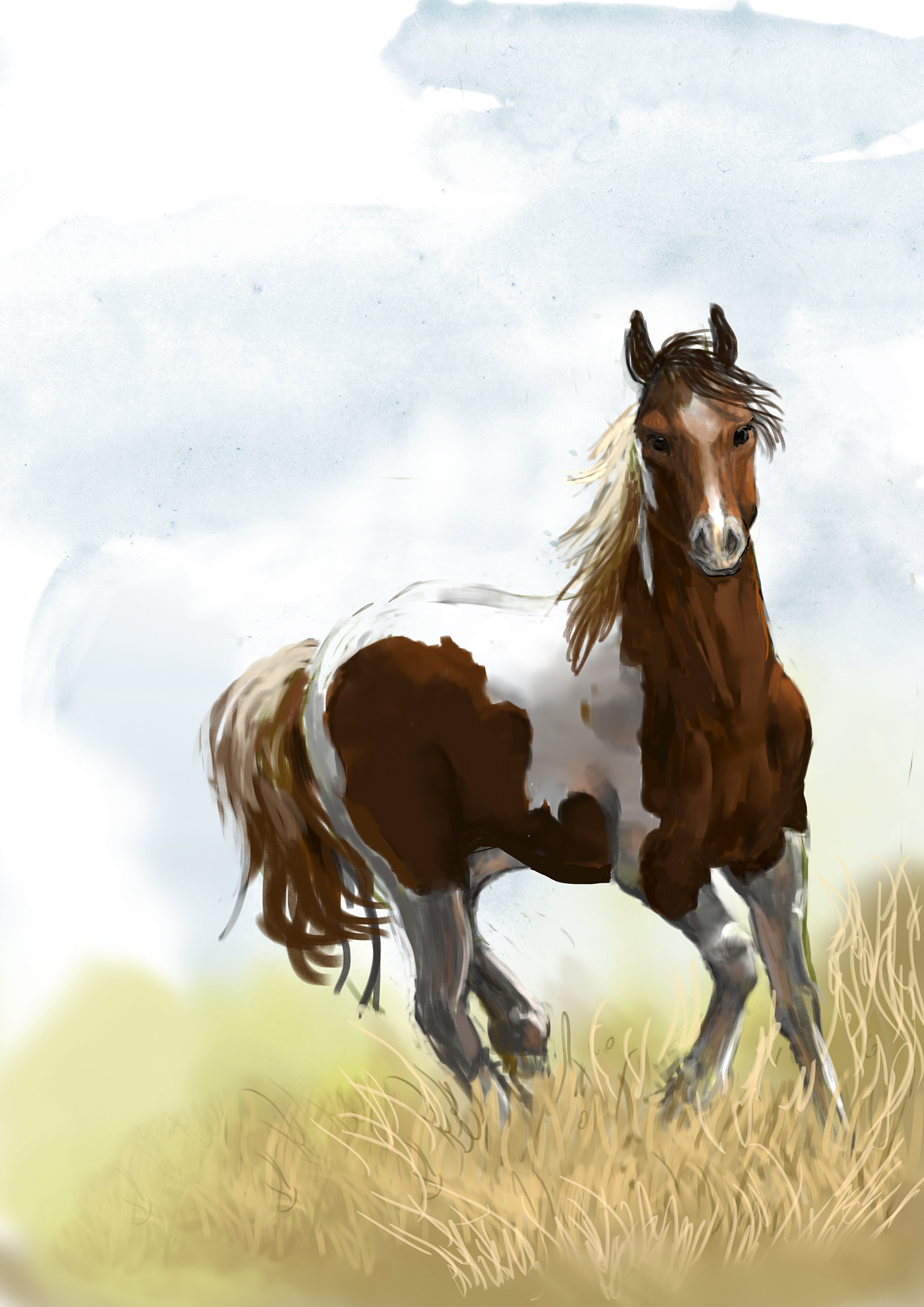
Red Book - "Mustang" - History: In the 16th century, Europeans brought horses to South and North America to conquer new lands; during conflicts in the lands with tribes, many horses fled, adapted to the terrain and climate. The first Americans began mass extermination of this species and practically brought it to the brink of extinction, now this species is listed in the Red Book, the appearance of these horses has decreased from 2 million to 30 thousand horses.
. . . . . . . . . . . . . . . . . . . . . . . . . . . . . . . . . . . . . . . . . . . . . . . . . . . . . . . . . . . . . . . . . . . . . . . . . . . . . .
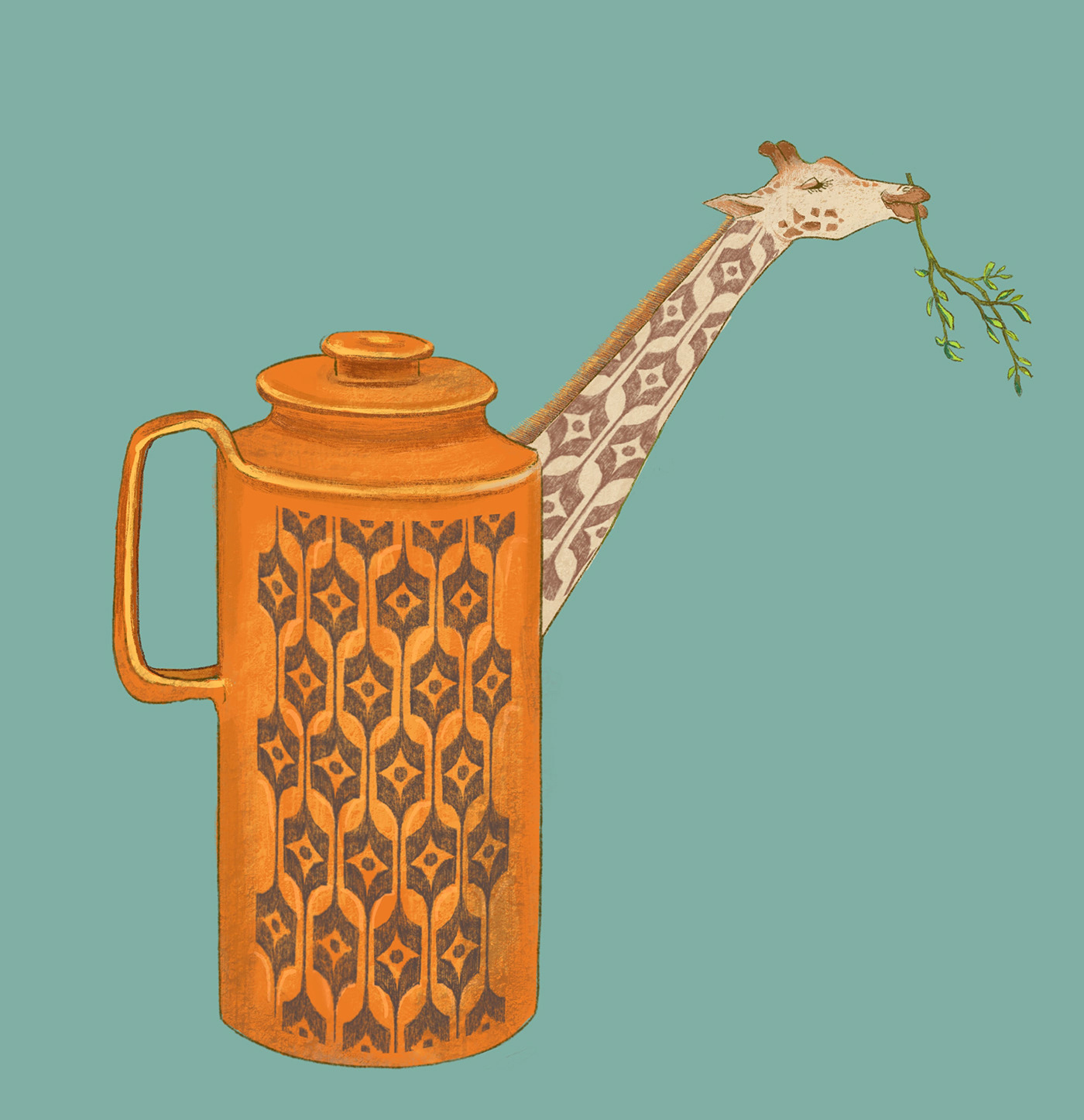
Red Book - "Masai giraffe" - Protected status - endangered species. The largest subspecies of the giraffe, making it the tallest land animal on earth. Range - southern Kenya, Tanzania.
. . . . . . . . . . . . . . . . . . . . . . . . . . . . . . . . . . . . . . . . . . . . . . . . . . . . . . . . . . . . . . . . . . . . . . . . . . . . . .
Red Book - International Union for Conservation of Nature, the Red Book of Belarus - "European bison - Bison bonasus" - Oleksandr Kushnir - Vinnytsia, Ukraine Oleksandr Kushnir
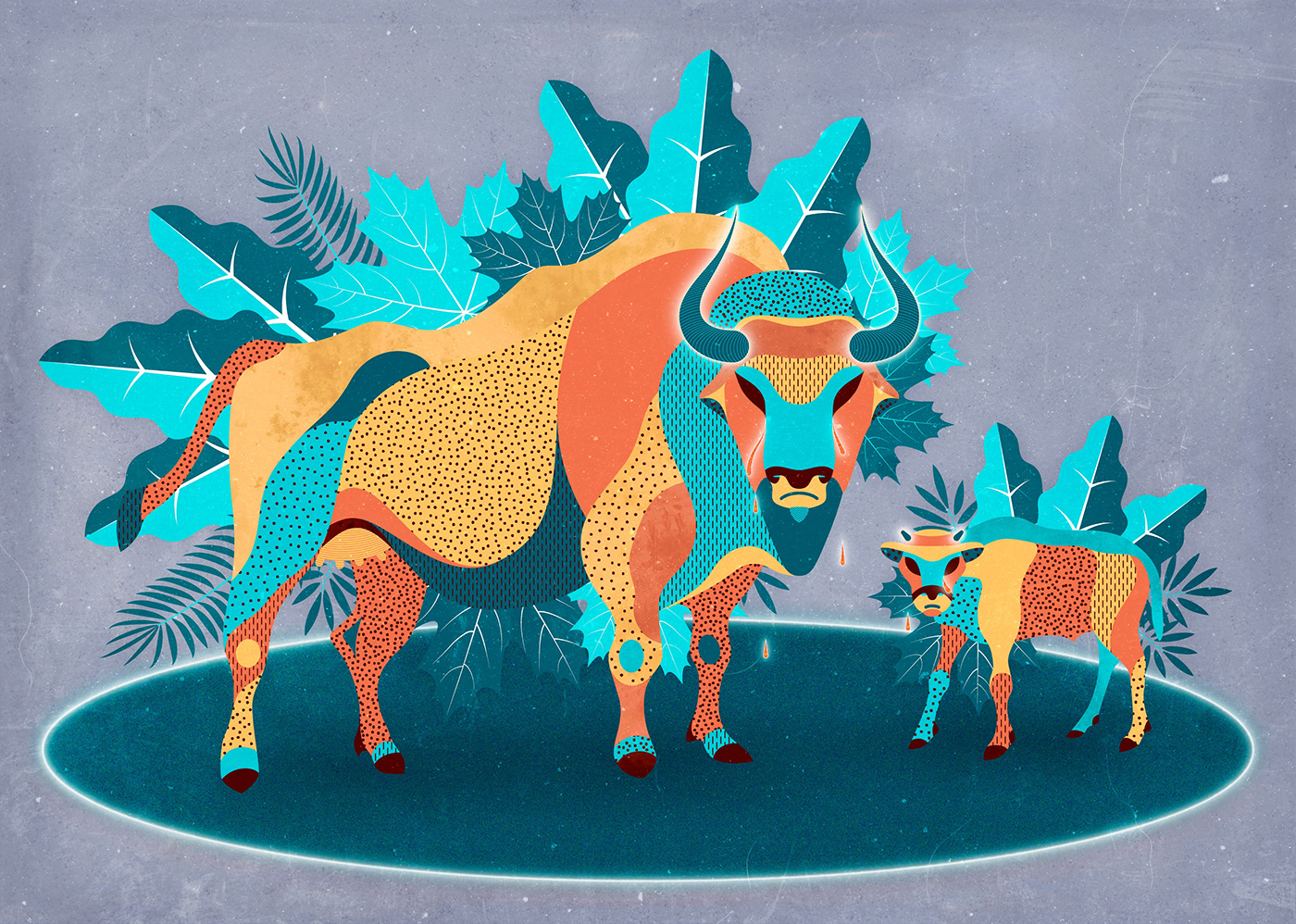
Red Book - "European bison - Bison bonasus" - Conservation status of the species: Lost in nature. The last representative of wild bulls in Europe. In the early Middle Ages, bison were found in the forests of Central and Southeastern Europe. Their habitat is deciduous, coniferous and mixed forests of the temperate zone. At the beginning of 2020, there are in the world 8461 individuals of bison, of which free, - 6244, semi-free - 479 and aviary - 1738. Many national parks and reserves monitor the population and conservation of this species. Reasons for population change: Poaching and careless hunting.
. . . . . . . . . . . . . . . . . . . . . . . . . . . . . . . . . . . . . . . . . . . . . . . . . . . . . . . . . . . . . . . . . . . . . . . . . . . . . .
Black Book - "Kouprey" - Sarah Waldmann - Potsdam, Germany Sara Waldmann
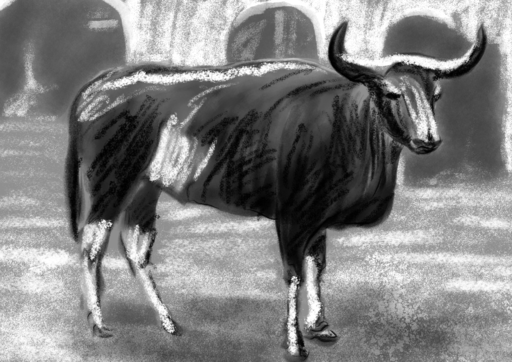
Black Book - "Kouprey"- A bovid species that is possibly extinct today. He was little studied, as he lived secretly in the rainforests of Southeast Asia. His homeland was the triangle between Cambodia, Laos and Vietnam. The cupreus had the traits of both a gaura and a banteng, which is why it has long been considered a hybrid of both species. There have also been theories that cupra is a feral population of domesticated cows. Modern science assumes that the genetic similarity to banteng was the result of natural hybridization during the Pleistocene era. Developed by the IUCN in 1988, a plan to save these animals was not implemented due to the political situation in Indochina.
. . . . . . . . . . . . . . . . . . . . . . . . . . . . . . . . . . . . . . . . . . . . . . . . . . . . . . . . . . . . . . . . . . . . . . . . . . . . . .
Red Book - "Mongolian gazelle" - Katya Sviridova - Kiev, Ukraine Katya Sviridova
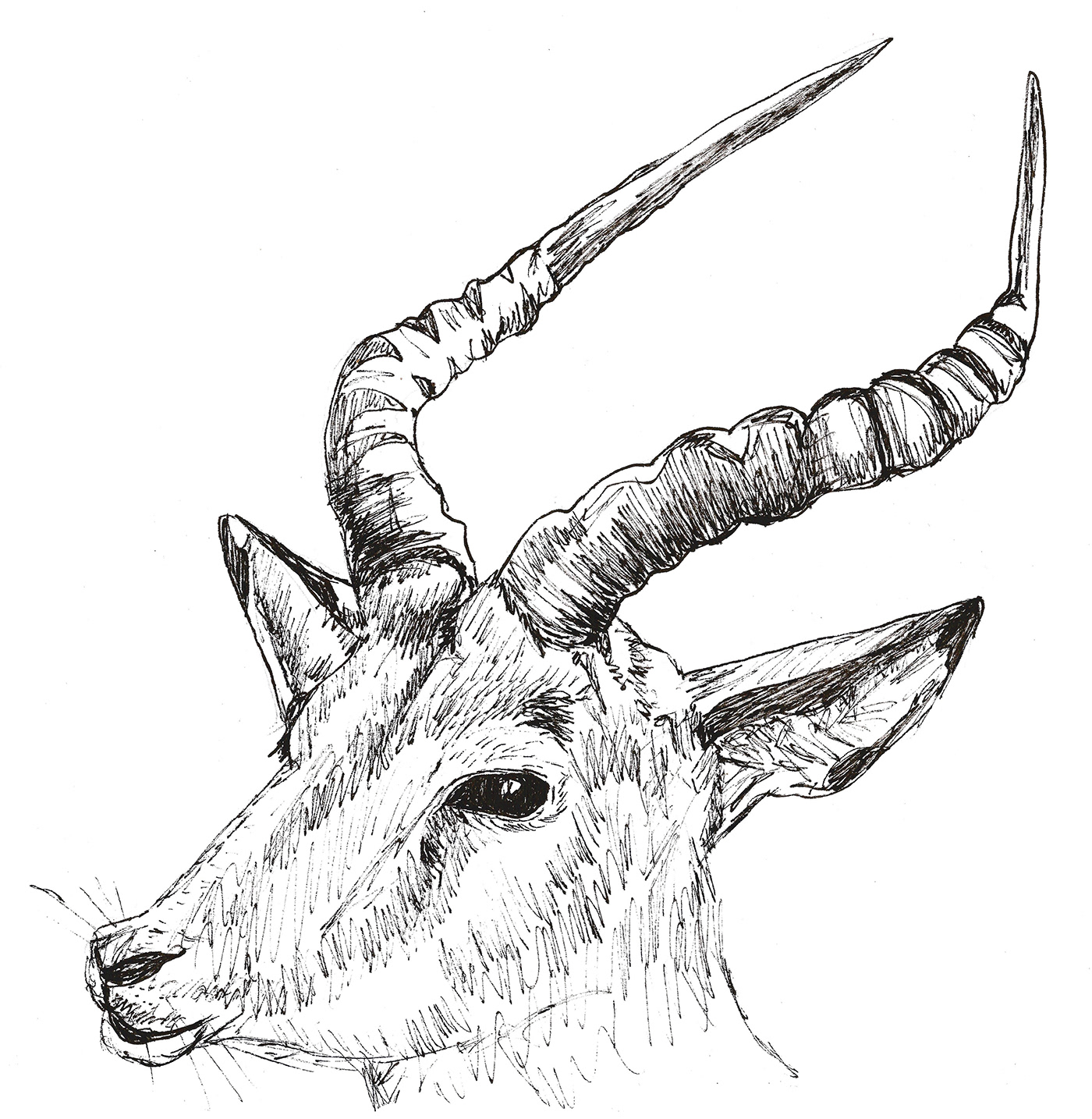
Red Book - "Mongolian gazelle" - A hoofed animal of the gazelle genus of the bovid family, included in the Red Book of Russia with the status of rarity - 1 (endangered).
. . . . . . . . . . . . . . . . . . . . . . . . . . . . . . . . . . . . . . . . . . . . . . . . . . . . . . . . . . . . . . . . . . . . . . . . . . . . . .
Red Book - "1. Indian rhinoceros - 2. Malabar civet"- Black book - "3. Pink-headed duck" - Debaditya Patra - Noida, India Debaditya Patra
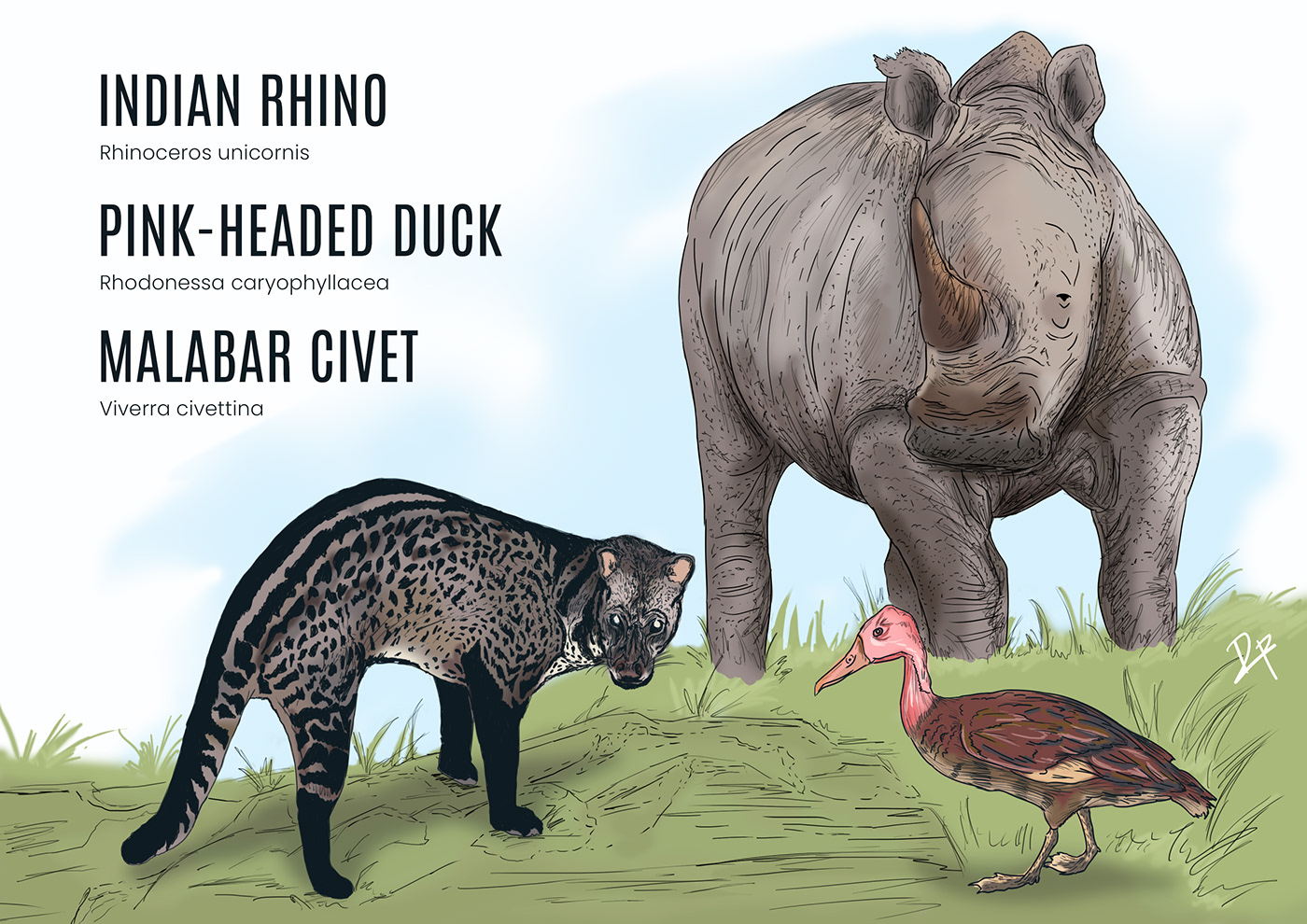
Red Book - 1. "Indian rhinoceros" It is included in the International Red Data Book and has the status of a vulnerable species (category VU). The main threat to the Indian rhinoceros is poaching, associated with the ancient unfounded beliefs about the miraculous power of the rhinoceros horn - the fight against poaching is extremely difficult and illegal hunting takes the lives of more than one rhino every year, even in reserves. The situation was somewhat corrected by the harsh laws introduced in India in the 70s and 80s - for example, the rangers in Kaziranga are allowed to shoot to kill without warning at any unknown person who will be seen in the park with a weapon. 2. "Malabar civet" - The main threat to this species is the loss and degradation of forest habitats. Cashew plantations, where most of the species can hide, are threatened by large-scale logging for the planting of rubber trees. There are no protected areas in the area of distribution of the species. The creation of such territories seems impossible due to the high population density in the region. 3. Black book - "Pink-headed duck" - Officially, the last duck was killed in June 1935 in Darbhang by the Indian naturalist Charles M. Inglis, who did not even know who he shot until his hunting rottweiler had a bird under him.
. . . . . . . . . . . . . . . . . . . . . . . . . . . . . . . . . . . . . . . . . . . . . . . . . . . . . . . . . . . . . . . . . . . . . . . . . . . . . .
Red Book - "Northern white rhino" - ROHAN DAHOTRE - Pune, India ROHAN DAHOTRE

Red Book - Northern White Rhinoceros is one of two subspecies of the white rhinoceros. According to the latest Conservation Concept (IUCN) from 2011, this subspecies is considered “endangered (possibly extinct in the wild)”. Since March 19, 2018, only two females of this subspecies have remained - Attempts to restore the population - continue In August 2019, one of the females gave birth to an individual, combining two subspecies of the southern white rhinoceros, which gives hypothetical hope that in the future it will be possible to reproduce a hybrid individual of the northern and southern white rhinos from frozen embryos of the northern subspecies.
. . . . . . . . . . . . . . . . . . . . . . . . . . . . . . . . . . . . . . . . . . . . . . . . . . . . . . . . . . . . . . . . . . . . . . . . . . . . . .
Red Book - "White rhinoceros" - Kha illustration - Vietnam
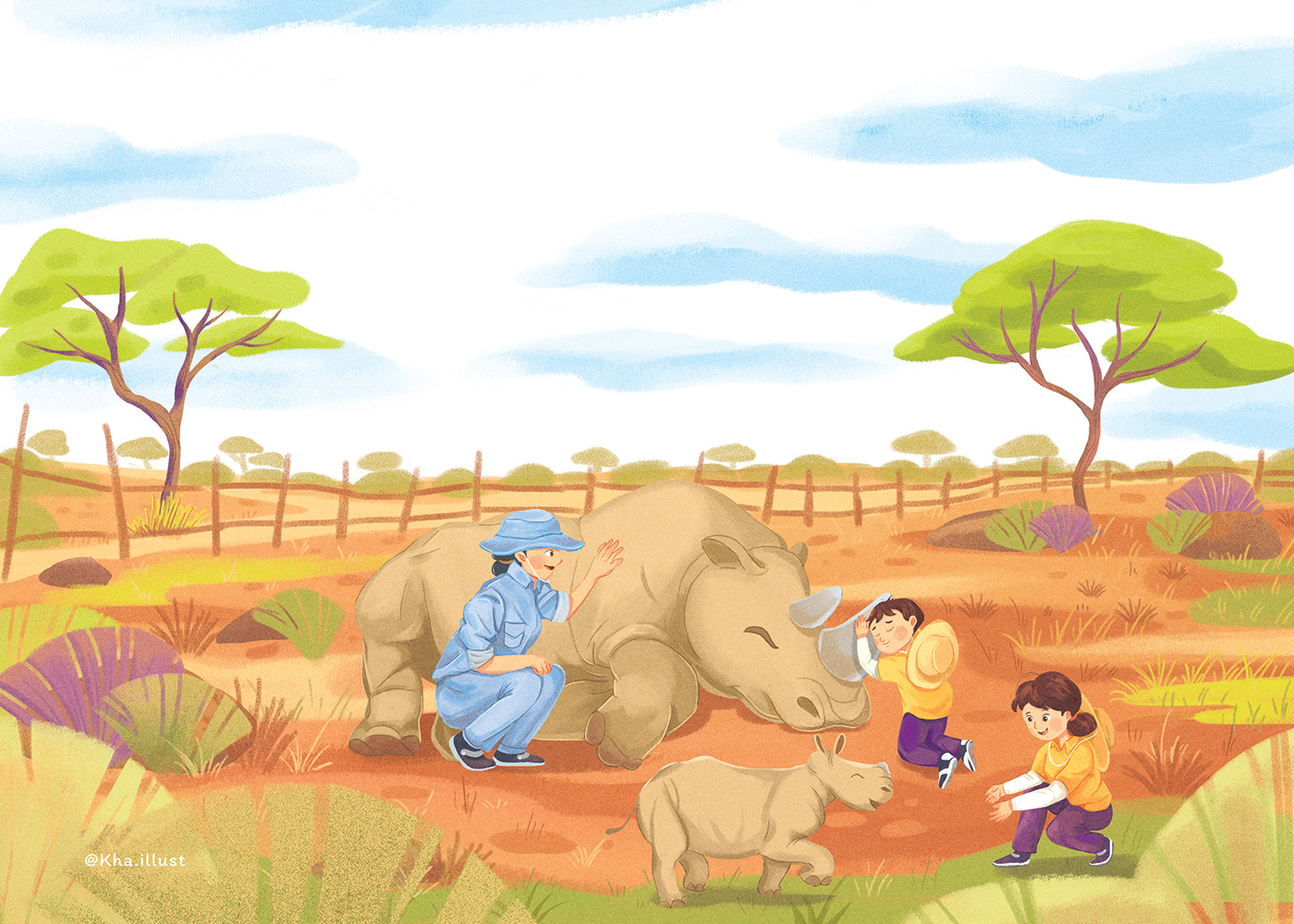
Red Book - "White rhinoceros" - the genus of white rhinos includes two species, but if the population of southern white rhinos (lat.Ceratotherium simum simum) has about 21,000 individuals, then there are almost no northern white rhinos on the planet. The same fate could befall the southern subspecies: by the beginning of the 20th century, the population had decreased to several hundred animals. Through the joint efforts of animal rights activists, the number was again restored, but still poaching remains the main threat. Many zoos in the world, including the Belgian one, participate in programs to restore the population of the white rhinoceros.
. . . . . . . . . . . . . . . . . . . . . . . . . . . . . . . . . . . . . . . . . . . . . . . . . . . . . . . . . . . . . . . . . . . . . . . . . . . . . .
Red Book - "White rhinoceros" - DIGITAL NIBS - France DIGITAL NIBS
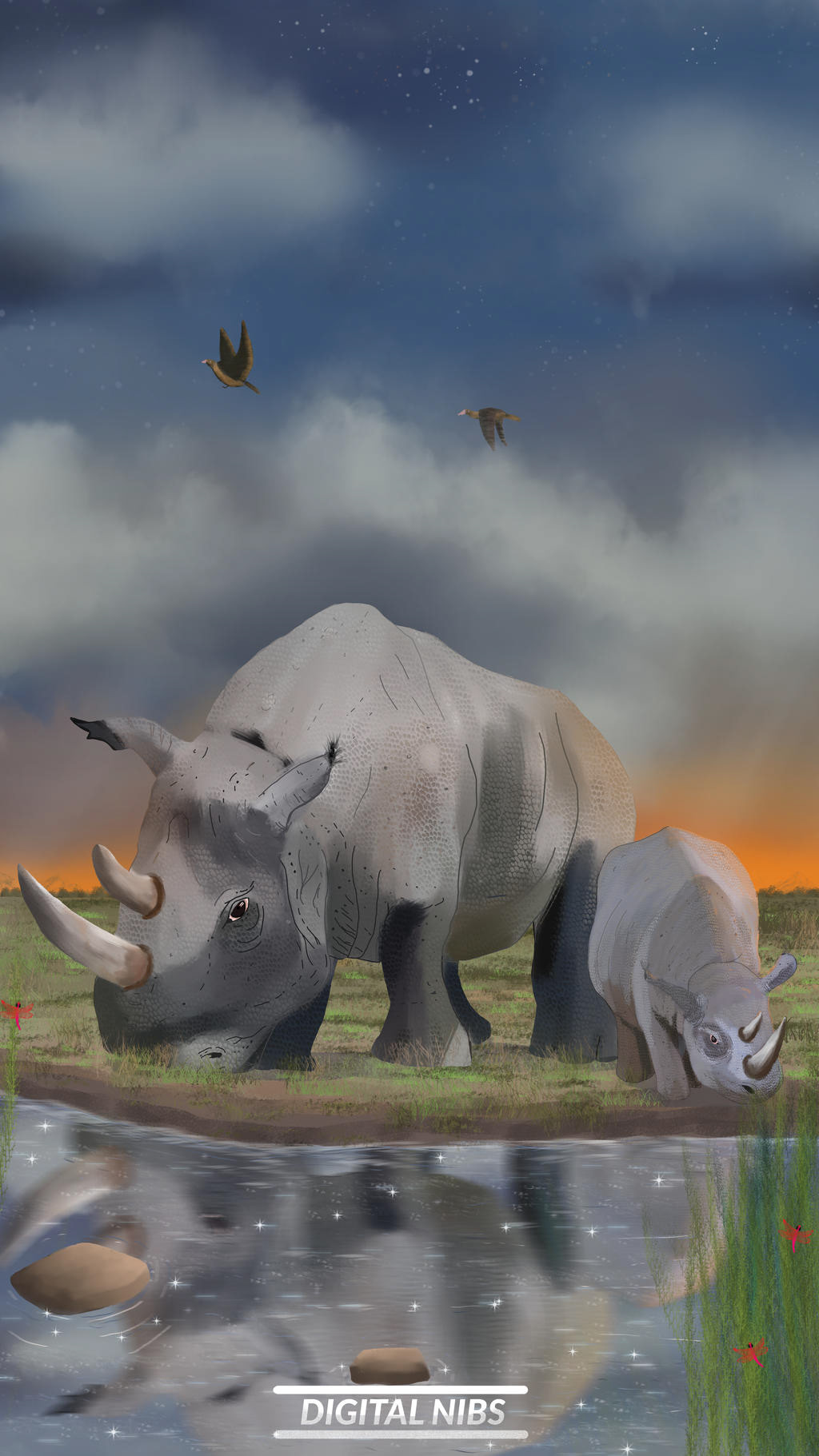
Red Book - "White rhinoceros" is considered the largest of all rhino species. Possibly extinct in the wild, as they are under the threat of destruction due to the hunting of poachers and the illegal trade in their horn. Uncontrolled hunting in the 19th century put him on the brink of extinction.
. . . . . . . . . . . . . . . . . . . . . . . . . . . . . . . . . . . . . . . . . . . . . . . . . . . . . . . . . . . . . . . . . . . . . . . . . . . . . .
Red Book - "Northern white rhino" - Karen Stellmach Earlville, IL, USA Karen Stellmach



. . . . . . . . . . . . . . . . . . . . . . . . . . . . . . . . . . . . . . . . . . . . . . . . . . . . . . . . . . . . . . . . . . . . . . . . . . . . . .
Red Book - "Giant panda" - Annalisa Faglioni - Milan, Italy Annalisa Faglioni
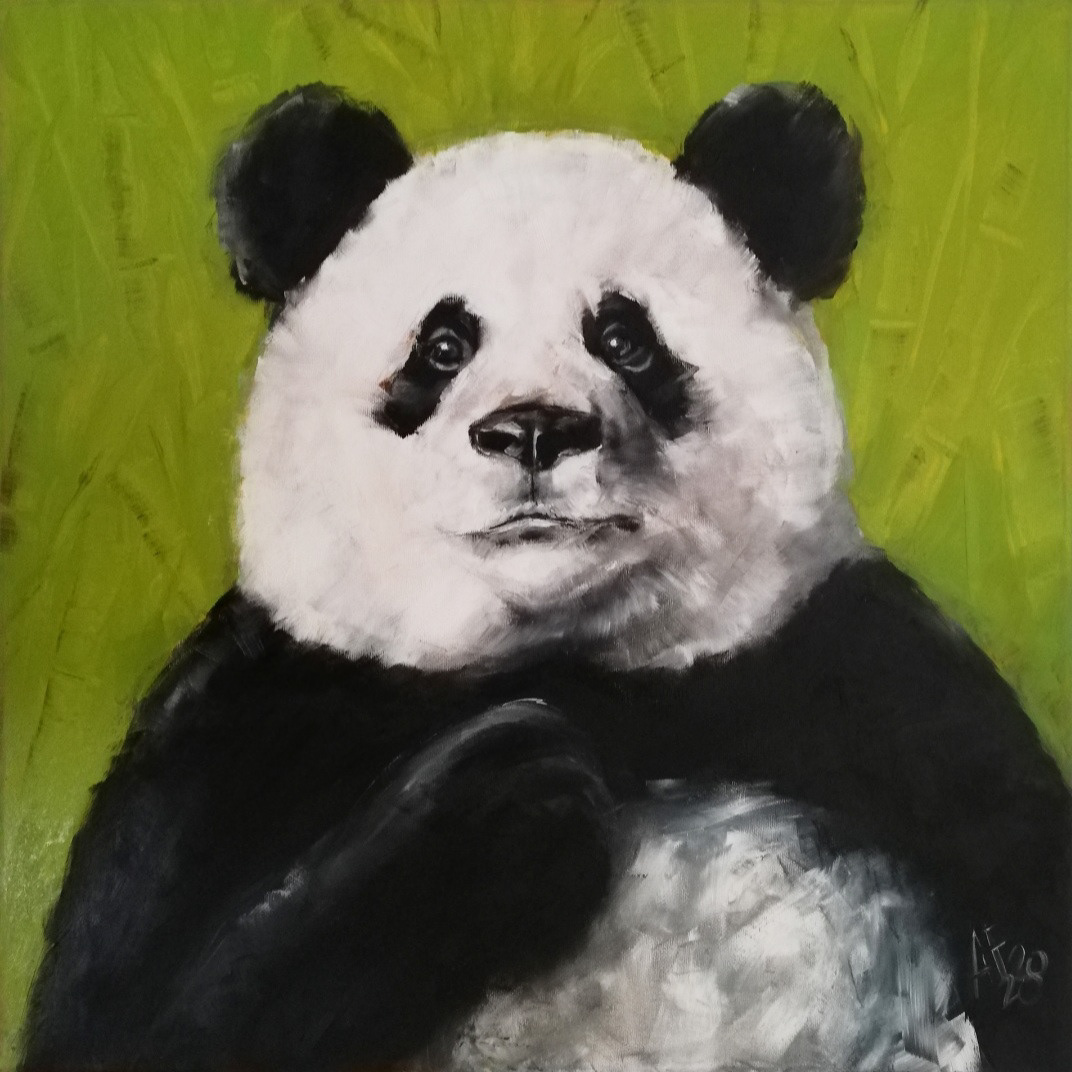
Red Book - "Giant panda" - Conservation status: vulnerable species. Until 2017, it was considered an endangered species characterized by an ever-decreasing population size and a low birth rate, both in the wild and when kept in captivity. Scientists estimate that there are about 2,060 individuals left in the wild. The giant panda is a symbol of the World Wildlife Fund (WWF).
. . . . . . . . . . . . . . . . . . . . . . . . . . . . . . . . . . . . . . . . . . . . . . . . . . . . . . . . . . . . . . . . . . . . . . . . . . . . . .
Red Book - "White bear, polar bear" - Ana lorena moledo martinez - La Coruña, España Ana lorena Moledo Martinez
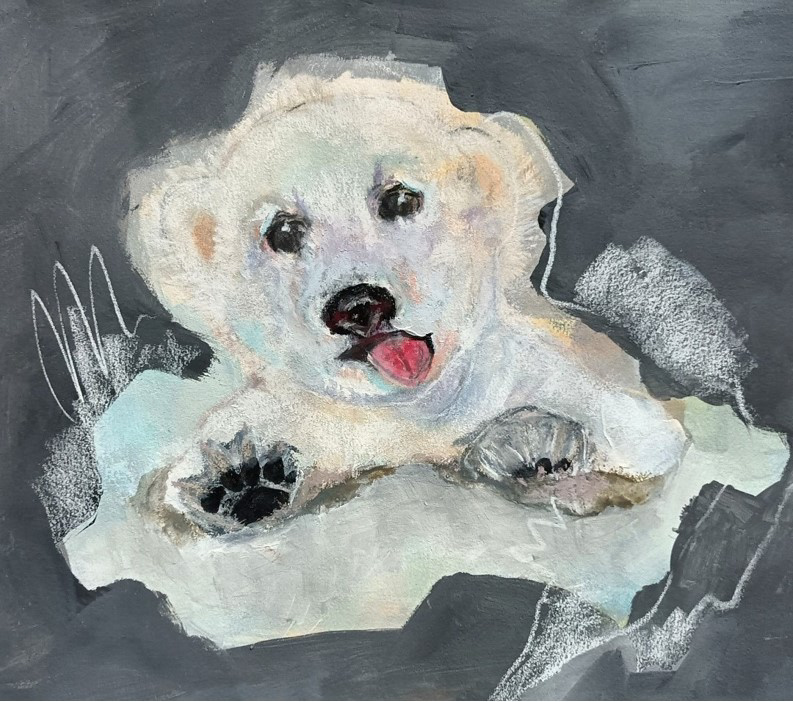
Red book - "Polar bears" - Condition and protection of the population - are included in the International Red Book and the Red Book of Russia. Slow reproduction and high mortality of young animals make this animal highly vulnerable. Also, the reason for the disappearance is associated with the capture and extermination of this species, which significantly reduced the number of this species of bears.
. . . . . . . . . . . . . . . . . . . . . . . . . . . . . . . . . . . . . . . . . . . . . . . . . . . . . . . . . . . . . . . . . . . . . . . . . . . . . .
Red Book - "Brown bear" - Mimi Kraz - Budapest, Hungary Mimi Kraz
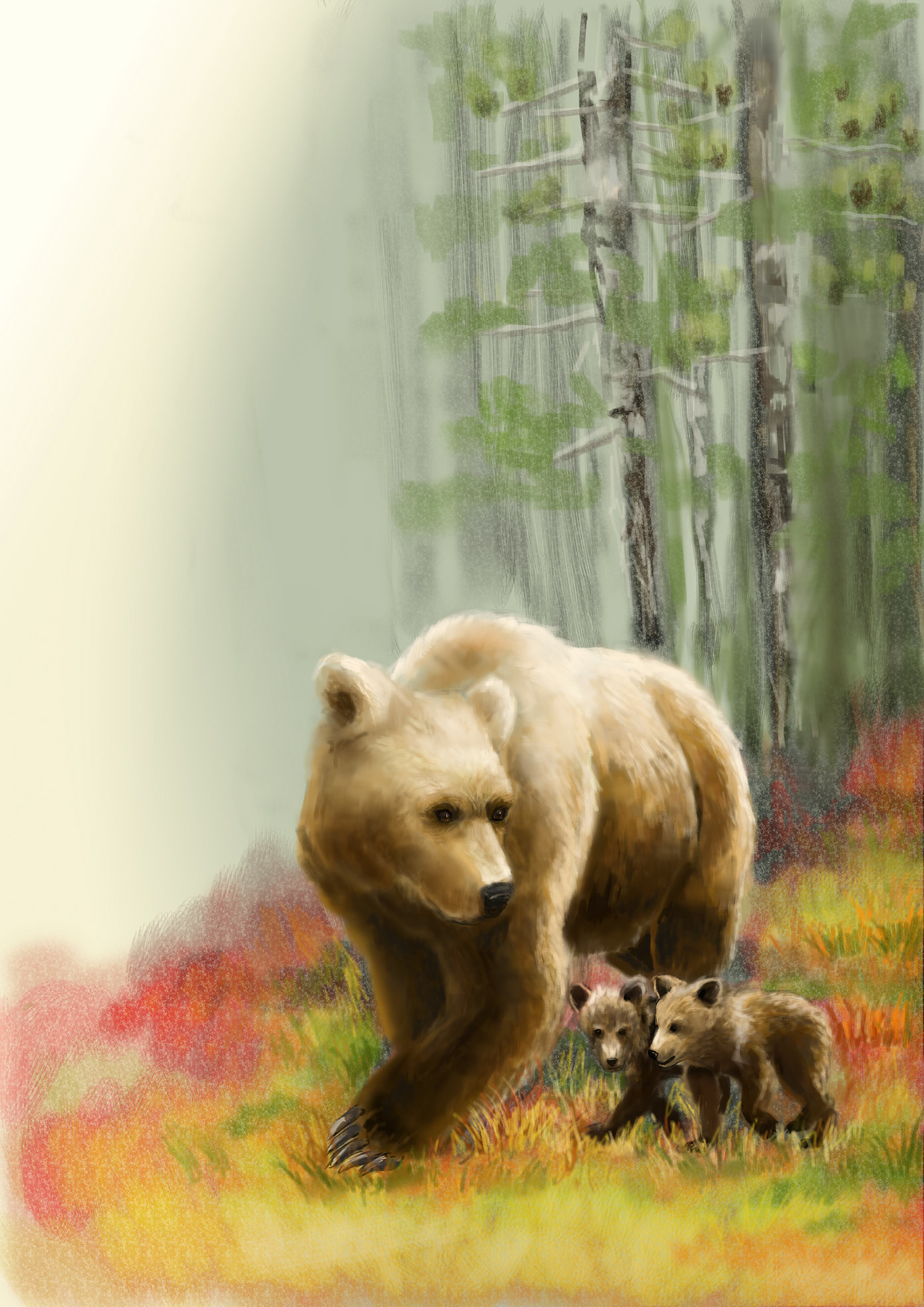
Red Book - "Brown bear" - is included in the Red Book of the (Moscow Region - Endangered species), and the Republic of Tatarstan. Human economic activity (hunting) is the main reason for the inclusion of the brown bear in the IUCN Red Data Book. In the British Isles, the last bear was killed more than a thousand years ago, in the 10th century. In continental Europe, for example in Germany, this species disappeared 100 years ago.
. . . . . . . . . . . . . . . . . . . . . . . . . . . . . . . . . . . . . . . . . . . . . . . . . . . . . . . . . . . . . . . . . . . . . . . . . . . . . .
Red Book - "Brown bear" - Mariya Nimurra - Kazakhstan
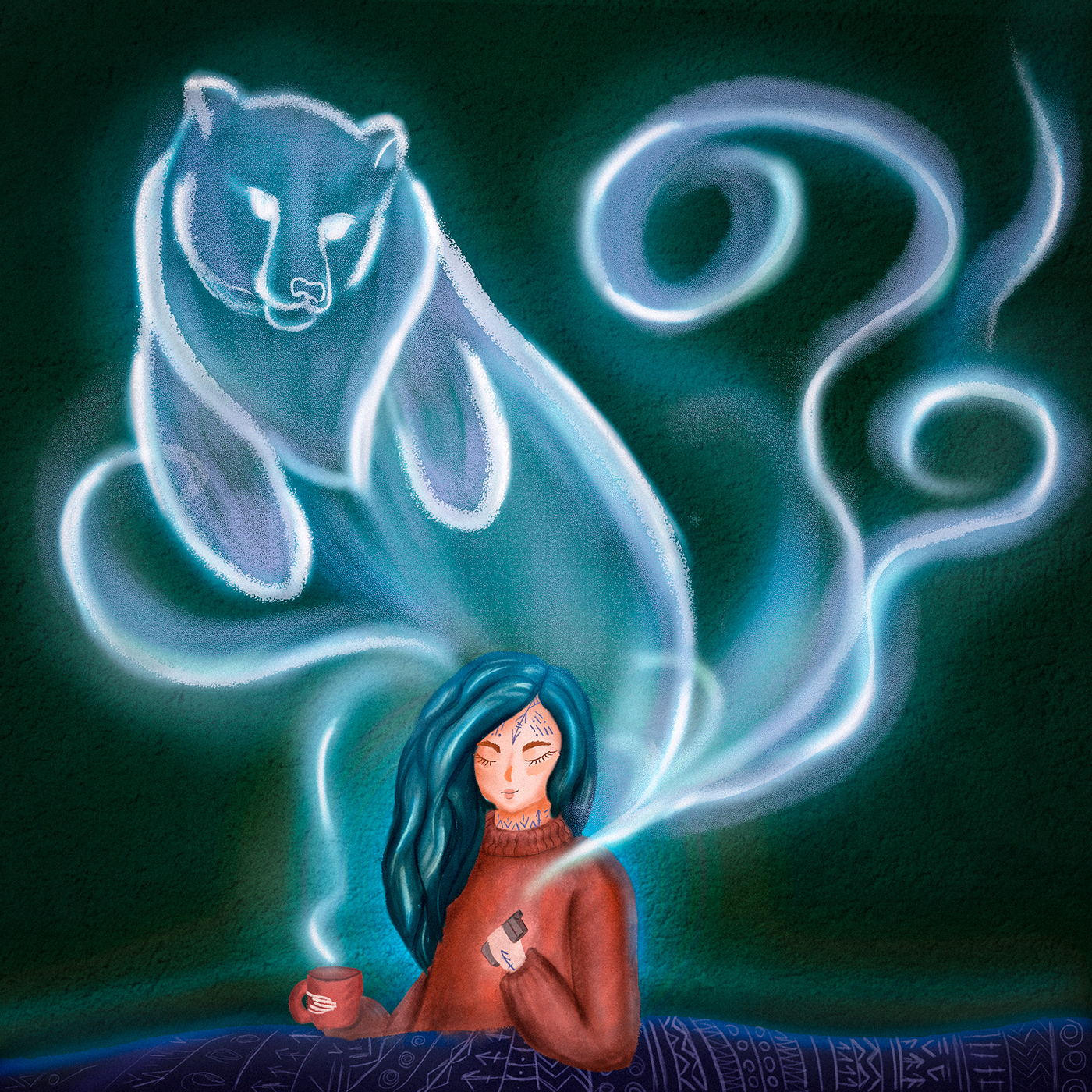
Red Book - "Brown bear" - or common bear - a mammal from the bear family; one of the largest land predators. Conservation status: Least Concern (stable). Now there are about 200,000 individuals in the world. In Slovenia, vimerania is endangered - there are about 320 individuals in the country, which is a reason for hunting this species.
. . . . . . . . . . . . . . . . . . . . . . . . . . . . . . . . . . . . . . . . . . . . . . . . . . . . . . . . . . . . . . . . . . . . . . . . . . . . . .
Red Book - "Wood Kangaroos" - DIGITAL NIBS - France DIGITAL NIBS
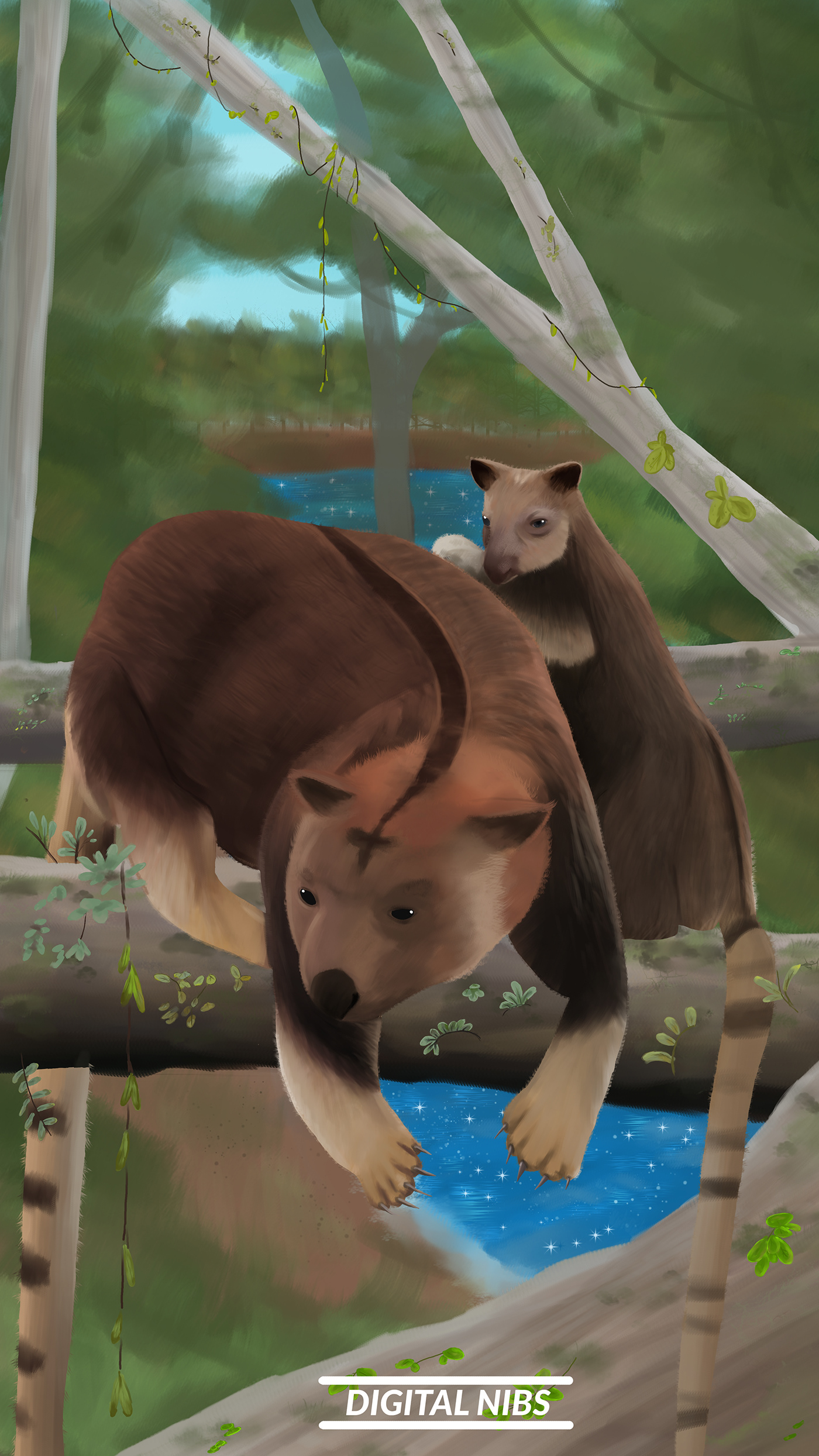
Red Book - "Wood Kangaroos" - Distribution, Australia, Indonesia and Papua New Guinea. They are among the largest arboreal mammals in the world. Hunting and deforestation have reduced the population of these amazing creatures to 1%.
natural status - threatened with extinction.
natural status - threatened with extinction.
. . . . . . . . . . . . . . . . . . . . . . . . . . . . . . . . . . . . . . . . . . . . . . . . . . . . . . . . . . . . . . . . . . . . . . . . . . . . . .
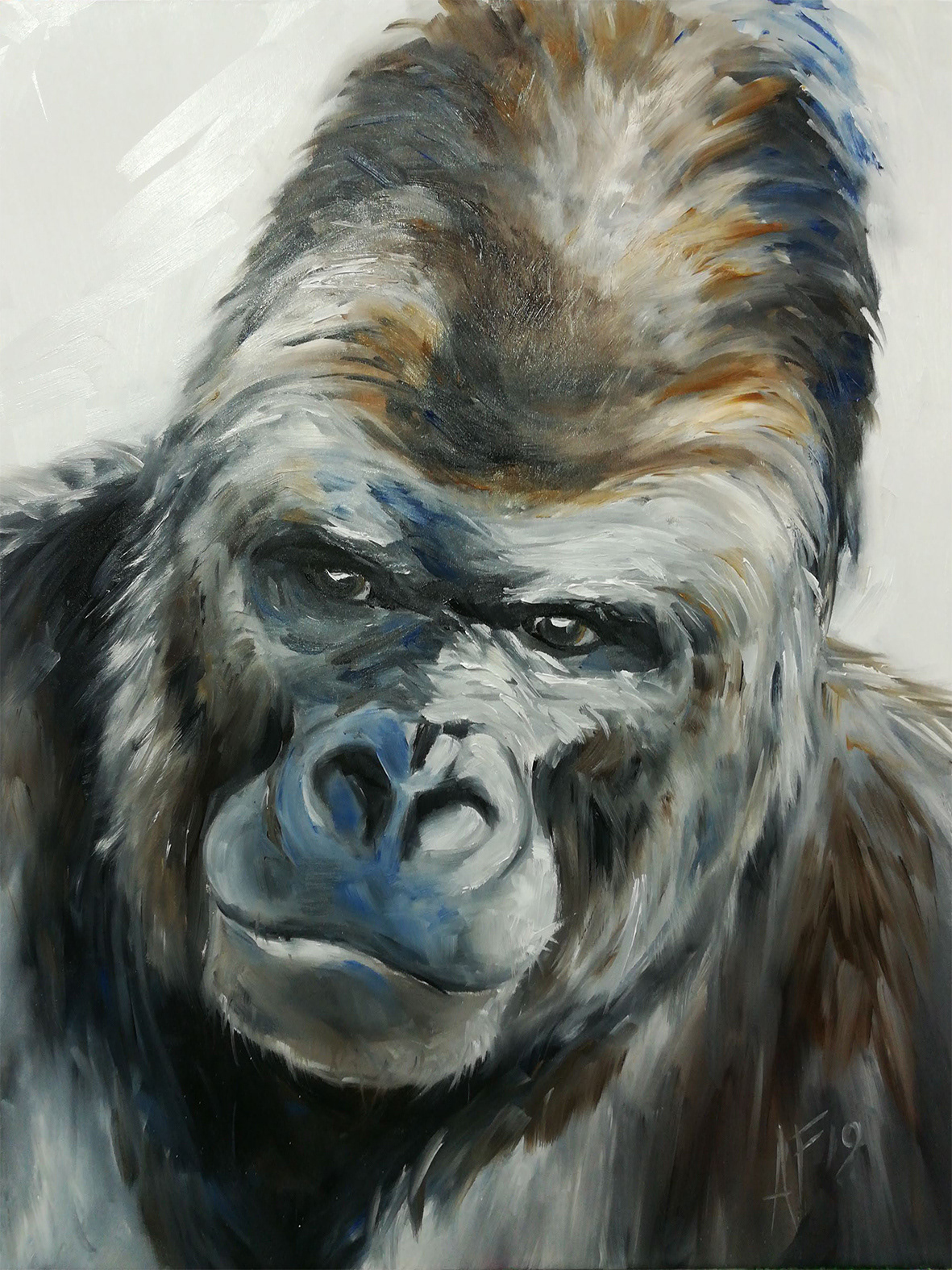
Red Book - "Gorilla" - Is under sensitivity. According to the IUCN Red List, the gorilla is a rare species of occurrence that may soon be found under the skin. The decline in the gorilla population is mainly due to habitat development and hunting.
. . . . . . . . . . . . . . . . . . . . . . . . . . . . . . . . . . . . . . . . . . . . . . . . . . . . . . . . . . . . . . . . . . . . . . . . . . . . . .
Red Book - "Lion tailed macaque" - ROHAN DAHOTRE - Pune, India ROHAN DAHOTRE
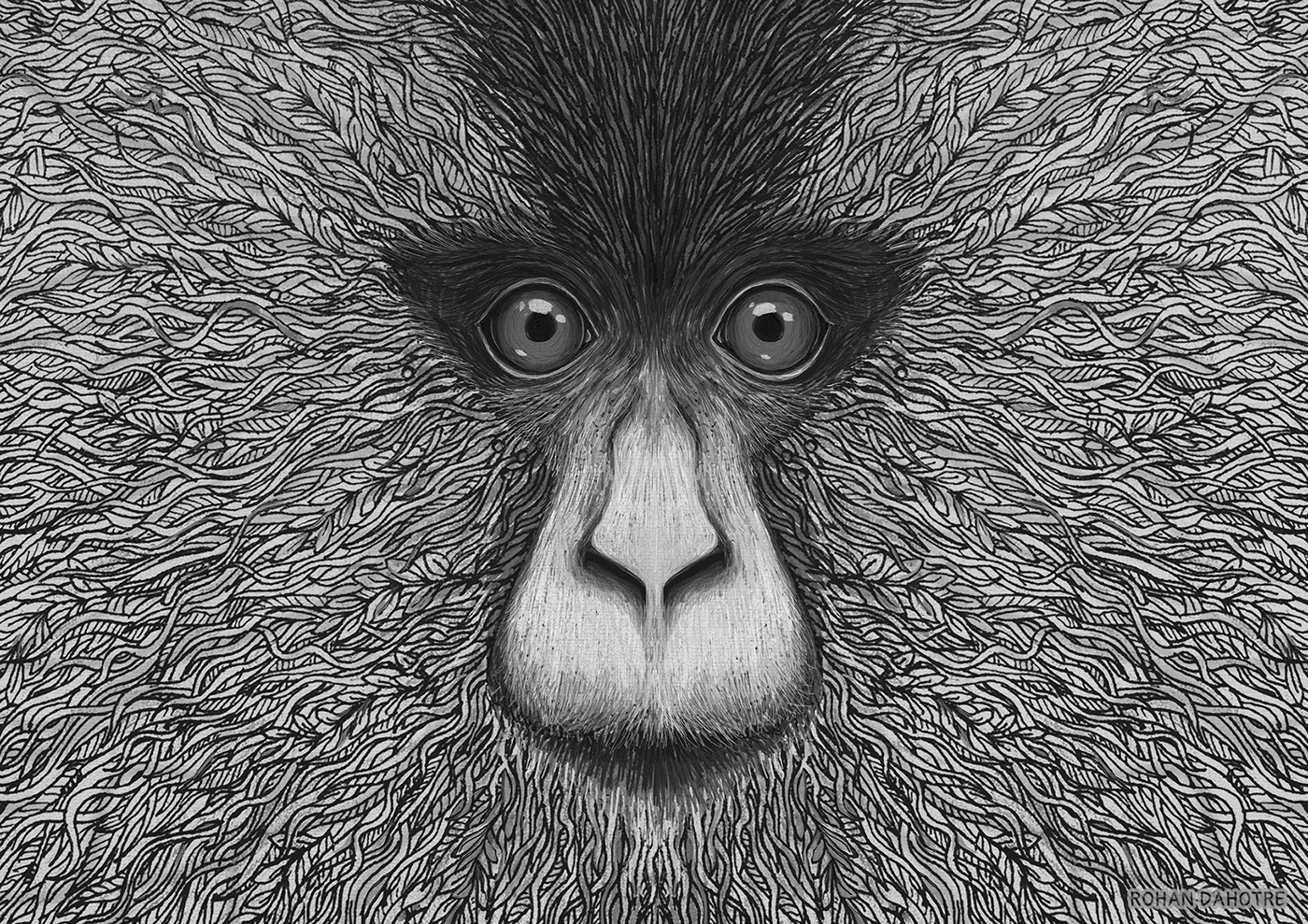
Red Book - "Lion tailed macaque" - Conservation status: Endangered (In declining). Inhabits the rainforests of Southwest India in several unrelated habitats in the states of Karnataka, Kerala and Tamil Nadu, the total number is estimated at 2.5 thousand individuals. Their range is becoming increasingly isolated and fragmented from sanitation and agriculture, reservoir construction and power generation, and localities to support such activities. The destruction of their habitat and the avoidance of human proximity have led to a sharp decline in their population.
. . . . . . . . . . . . . . . . . . . . . . . . . . . . . . . . . . . . . . . . . . . . . . . . . . . . . . . . . . . . . . . . . . . . . . . . . . . . . .
Red Book - "Sunda slow loris" - Annalisa Faglioni - Milan, Italy Annalisa Faglioni


Red Book - "Sunda slow loris" - listed in the International Red Data Book as a vulnerable species. These primates live in Southeast Asia, their area of distribution covers the Malay Peninsula, the islands of Sumatra, Borneo and Java, as well as nearby small islands. Their habitats are humid jungles, where they keep in the crown of trees. The main threats to their existence are the destruction and fragmentation of habitats as a result of selective logging, slash-and-burn agriculture, as well as poaching for food, use in folk medicine and rituals, as well as illegal sale.
. . . . . . . . . . . . . . . . . . . . . . . . . . . . . . . . . . . . . . . . . . . . . . . . . . . . . . . . . . . . . . . . . . . . . . . . . . . . . .
Red Book - "Cat ba langur" - ROHAN DAHOTRE - Pune, India ROHAN DAHOTRE

Red Book - "Cat ba langur" - Conservation status: Critically Endangered (In Decrease). This primate is considered very rare and is included in the list of "25 most threatened primates in the world," while it is believed that its population has decreased by more than 80% over the past three generations, and no more than 70 individuals remain in the wild. The main threats to the species are hunting and habitat destruction due to the development of tourism on Catba Island.
. . . . . . . . . . . . . . . . . . . . . . . . . . . . . . . . . . . . . . . . . . . . . . . . . . . . . . . . . . . . . . . . . . . . . . . . . . . . . .
Red Book - "Orangutan" - Annalisa Faglioni - Milan, Italy
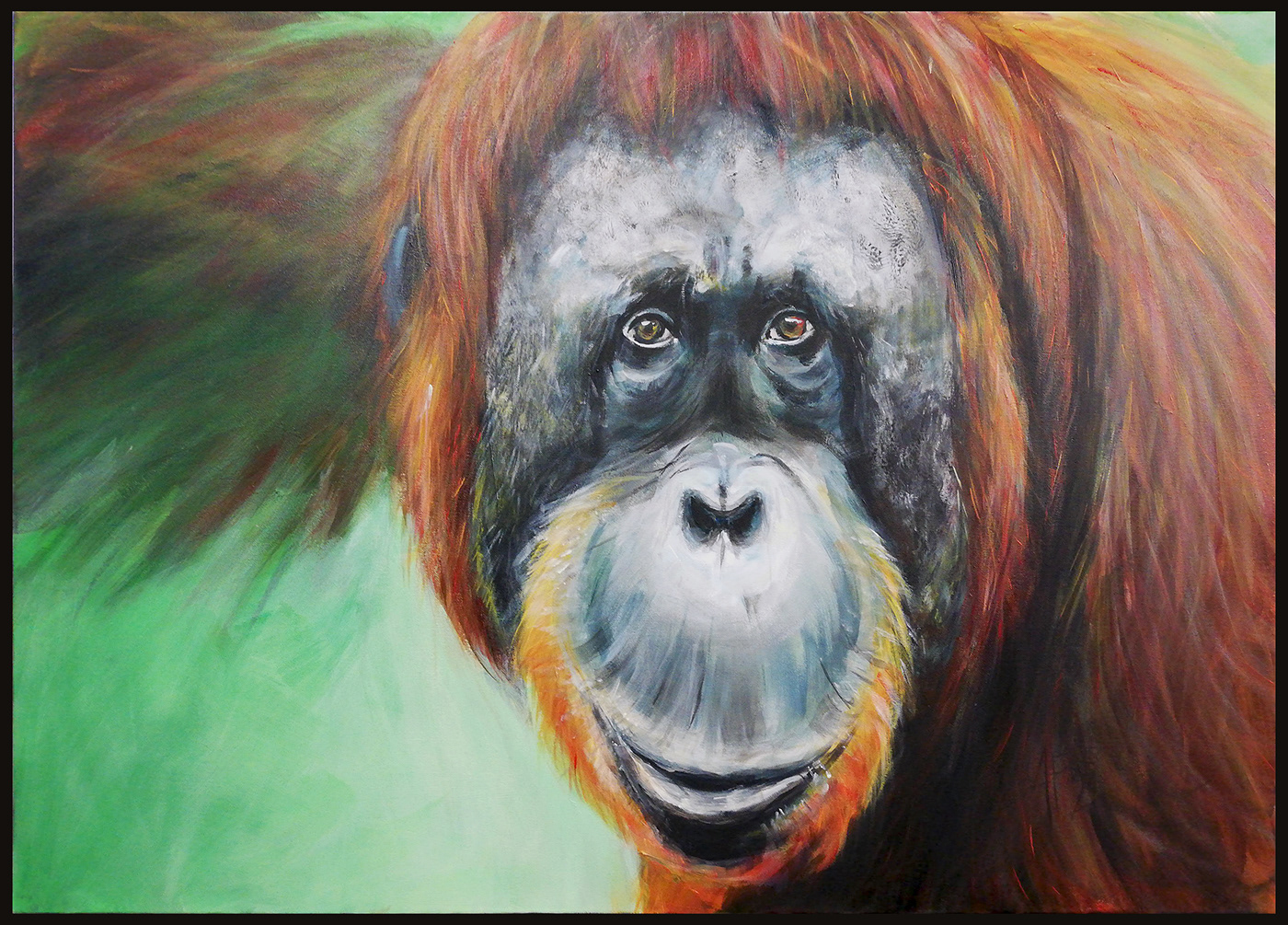
Red Book "Orangutan" - Distributed in West, Central and East Kalimantan and North Sumatra. One of the rarest primates in the world; listed in the International Red Book as a critically endangered species - IUCN (CR) - this is the highest hazard category for species found in nature. The main reason for the decline in numbers is the development of habitats by humans and the killing of adult animals in order to capture the young for keeping in captivity.
. . . . . . . . . . . . . . . . . . . . . . . . . . . . . . . . . . . . . . . . . . . . . . . . . . . . . . . . . . . . . . . . . . . . . . . . . . . . . .
Red Book - "Hainan Gibbon" - Katya Sviridova - Kiev, Ukraine Katya Sviridova

Red Book - "Hainan Gibbon" - The world's rarest primate is found on Hainan Island in the South China Sea. There are only 23 individuals of this species left in the world.
. . . . . . . . . . . . . . . . . . . . . . . . . . . . . . . . . . . . . . . . . . . . . . . . . . . . . . . . . . . . . . . . . . . . . . . . . . . . . .
Red Book - "1. Dugong - 2. Iriomote wild cat"-
Saki Matsumoto - Tokyo, Japan Saki Matsumoto
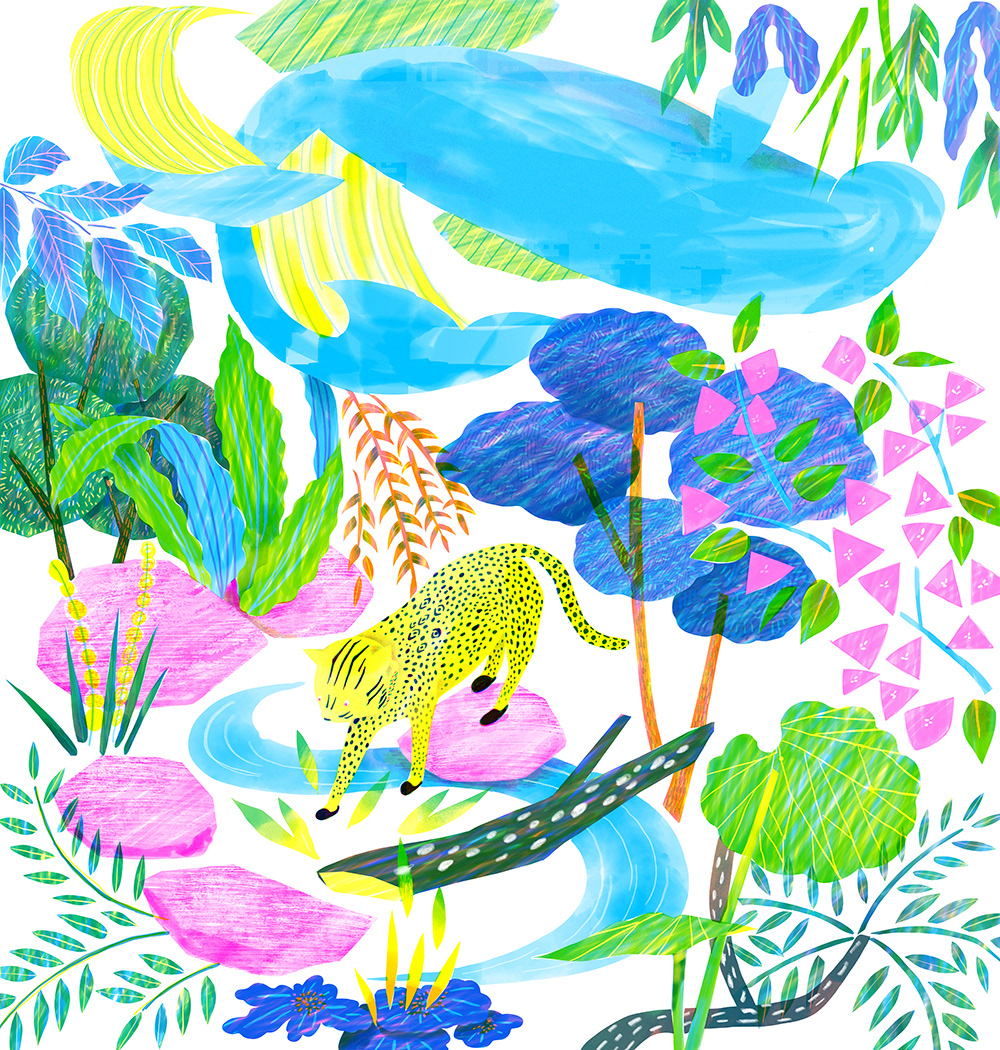
Red Book - 1. "Dugong" - A species of aquatic mammals, the only one of a genus, there are no other modern representatives of the family. It is listed in the Red Book of the Nature Conservation Organization with the status of a vulnerable species, a conservation status assigned to biological species that are at risk of becoming endangered, the reason for the decrease in the number of hunting, and the reduction of the arial habitat.
2. "Iriomote wild cat" - a subspecies of the Bengal cat, found only on the island of Iriomote, the natural landscape of which consists of low mountains (300-400 m high) covered with subtropical forests - "Japan". the cat initially has a small population. The number of its individuals is less than a hundred. Listed in the International Red Book. Natural status - species on the verge of extinction.
. . . . . . . . . . . . . . . . . . . . . . . . . . . . . . . . . . . . . . . . . . . . . . . . . . . . . . . . . . . . . . . . . . . . . . . . . . . . . .
Red Book - "North Atlantic right whale" - ROHAN DAHOTRE - Pune, India ROHAN DAHOTRE

Red Book - "North Atlantic right whale" - Conservation status: Endangered. Habitats in the northern regions of the Atlantic Ocean. The original population of the northern right whale is estimated at 100 thousand animals, but nowadays there are only about 300 individuals. live near the coast, they were among the first whales to be hunted. Unlike other whale species, they failed to increase in numbers even after they stop hunting them. The reasons for this maybe be due to low fertility.
. . . . . . . . . . . . . . . . . . . . . . . . . . . . . . . . . . . . . . . . . . . . . . . . . . . . . . . . . . . . . . . . . . . . . . . . . . . . . .
Red Book - "Beluga" - "Mariya Nimurra - Kazakhstan".
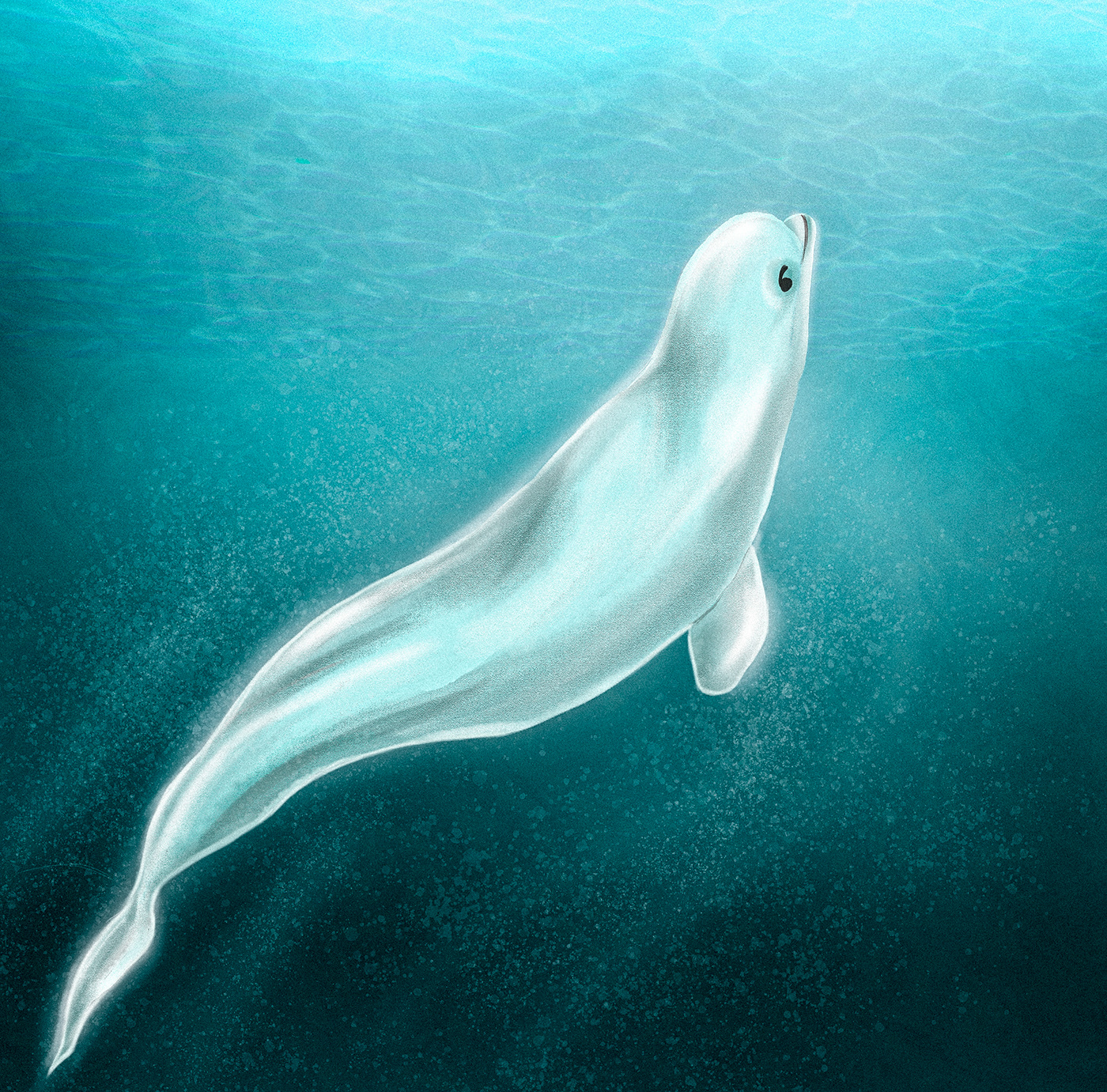
Red Book - "Beluga" - a species of toothed whales from the narwhal family. Endangered. Distributed circumpolar, between 50 ° and 80 ° N. NS. White Sea, Bering and Okhotsk seas; Baltic Sea. Primorsky Territory. There were about 20 herds of beluga whales in the world, the total number of which was estimated at 136 thousand.
. . . . . . . . . . . . . . . . . . . . . . . . . . . . . . . . . . . . . . . . . . . . . . . . . . . . . . . . . . . . . . . . . . . . . . . . . . . . . .
Red Book - "False killer whale" - Tina Kapri - Minsk, Belarus Tina Kapri

Red Book - "False killer whale" - a mammal from the monotypic genus of small killer whales (Pseudorca) of the dolphin family (Delphinidae). Status in Nature - Close to a vulnerable position. In northern Australia, killer whales are often entangled in fishing nets. They can also swallow plastic debris and packaging, often resulting in death. Like many other whales, killer whales are vulnerable to strong sounds such as ship sonars and seismic surveys. The projected global climate changes on Earth can also negatively affect the size of their population, and in many countries they become prey to the hunt.
. . . . . . . . . . . . . . . . . . . . . . . . . . . . . . . . . . . . . . . . . . . . . . . . . . . . . . . . . . . . . . . . . . . . . . . . . . . . . .
Red Book - "Narwhal" - Mariya Nimurra - Kazakhstan Mariya Nimurra
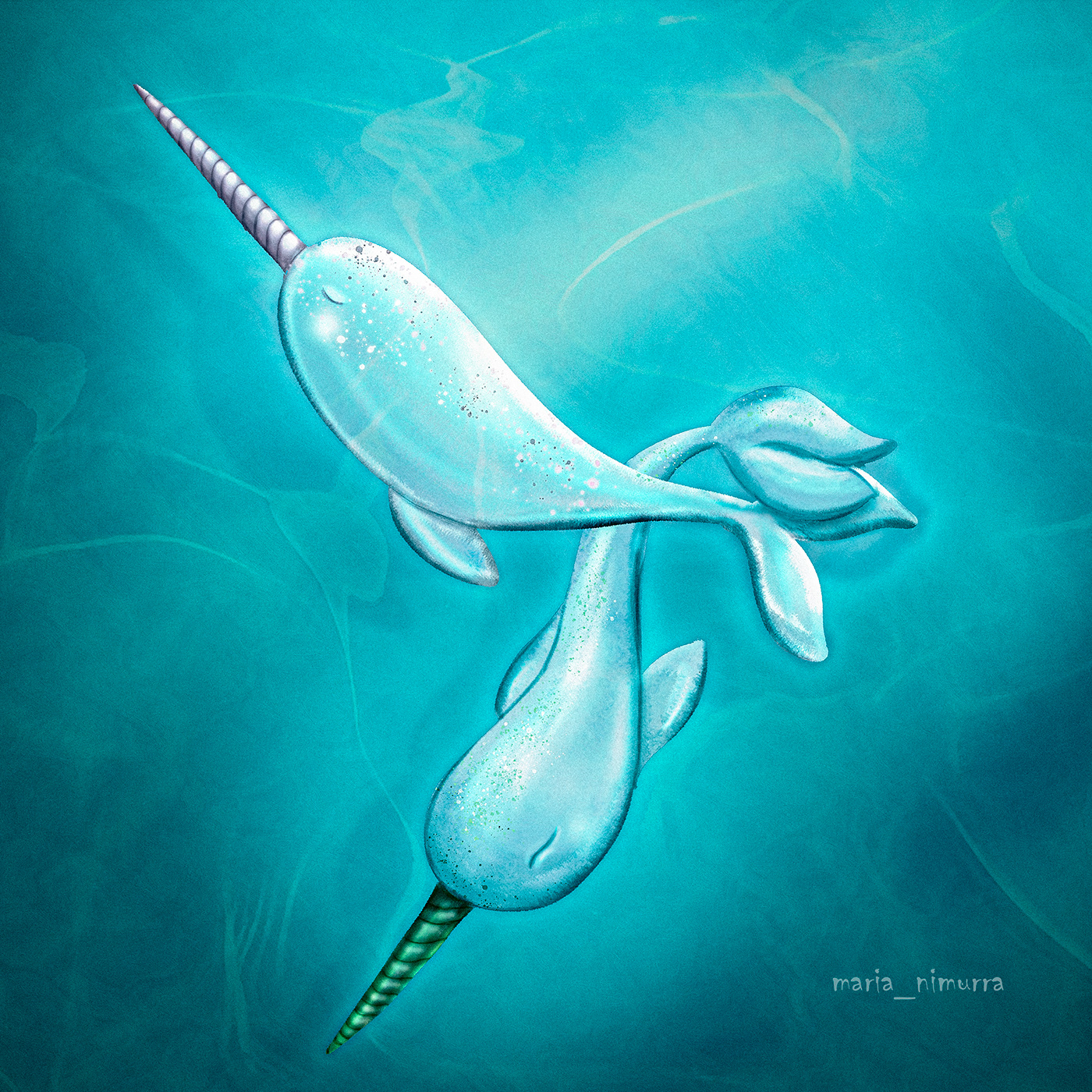
Red Book - "Narwhal" - Expansions in Arctic waters. Conservation status: In a state close to threatened. The exact number is unknown - Key threats: industrial production;
narrowing of the food supply; ocean pollution; disappearance of sea ice; diseases.
narrowing of the food supply; ocean pollution; disappearance of sea ice; diseases.
. . . . . . . . . . . . . . . . . . . . . . . . . . . . . . . . . . . . . . . . . . . . . . . . . . . . . . . . . . . . . . . . . . . . . . . . . . . . . .
Red Book - "Killer whale" - Cecilia Battaini - Milan, Italy Cecilia Battaini
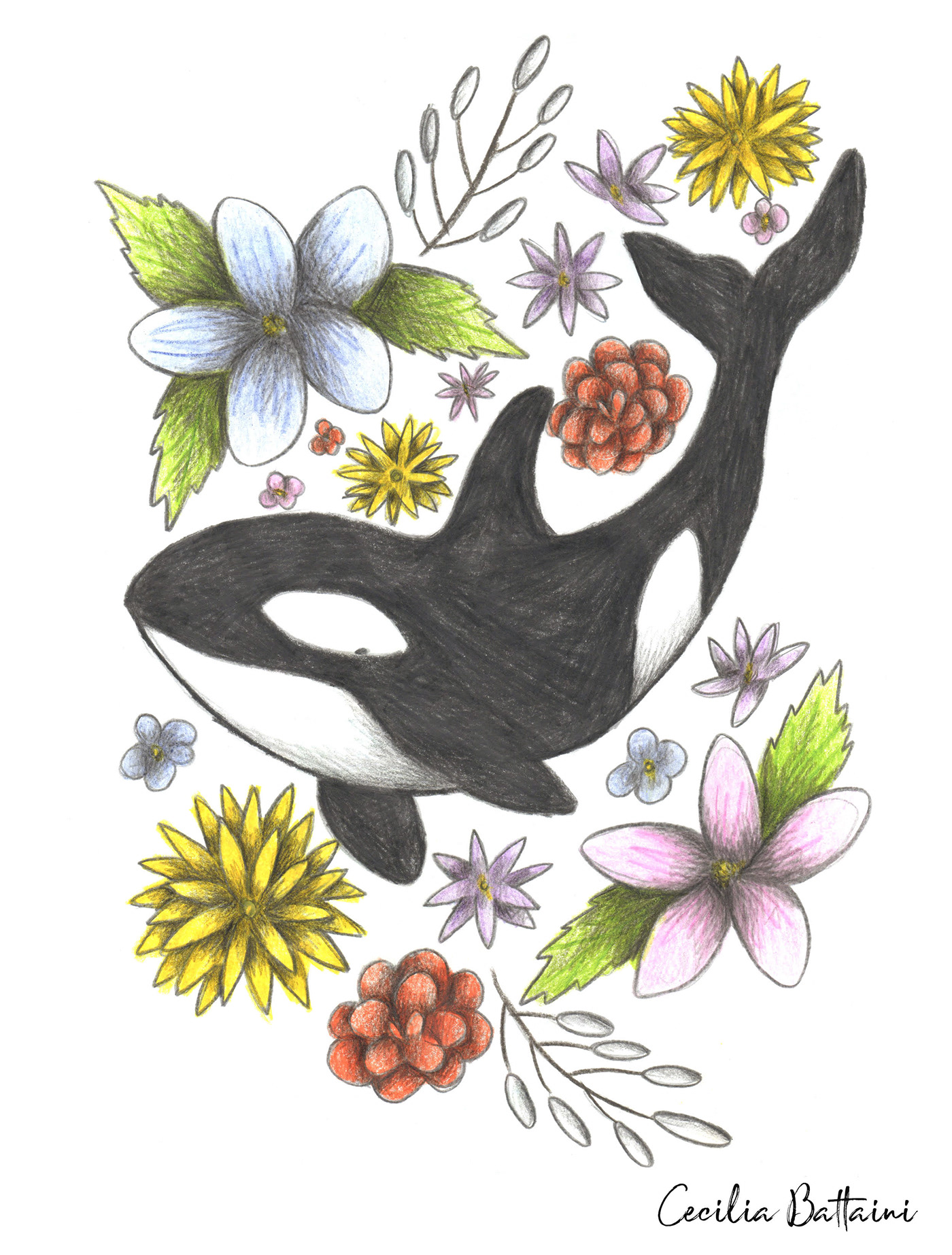
Red Book - "Killer whale" - In 2008, the IUCN (International Union for Conservation of Nature) changed its assessment of the killer whale's conservation status from conservation dependent to data deficient, recognizing that one or more killer whale types may actually be separate, endangered species. Depletion of prey species, pollution, large-scale oil spills, and habitat disturbance caused by noise and conflicts with boats are the most significant worldwide threats.
. . . . . . . . . . . . . . . . . . . . . . . . . . . . . . . . . . . . . . . . . . . . . . . . . . . . . . . . . . . . . . . . . . . . . . . . . . . . . .
Red Book - "Killer whale" - Саша Вергунова - Moscow, Russian Federation Саша Вергунова


Red Book - "Killer whale" - Their commercial production was banned in 1982 by the introduction of a moratorium. However, this does not apply to indigenous whaling and the capture of killer whales for scientific and educational purposes. Currently in the United States there is an active struggle to ban the keeping of killer whales in captivity: the state of California is considering a law prohibiting their use as circus animals; In the state of New York, the keeping and harboring of representatives of this species is already completely prohibited.
. . . . . . . . . . . . . . . . . . . . . . . . . . . . . . . . . . . . . . . . . . . . . . . . . . . . . . . . . . . . . . . . . . . . . . . . . . . . . .
Red Book - "Baltic ringed seal" - Mariya Nimurra - Kazakhstan Mariya Nimurra
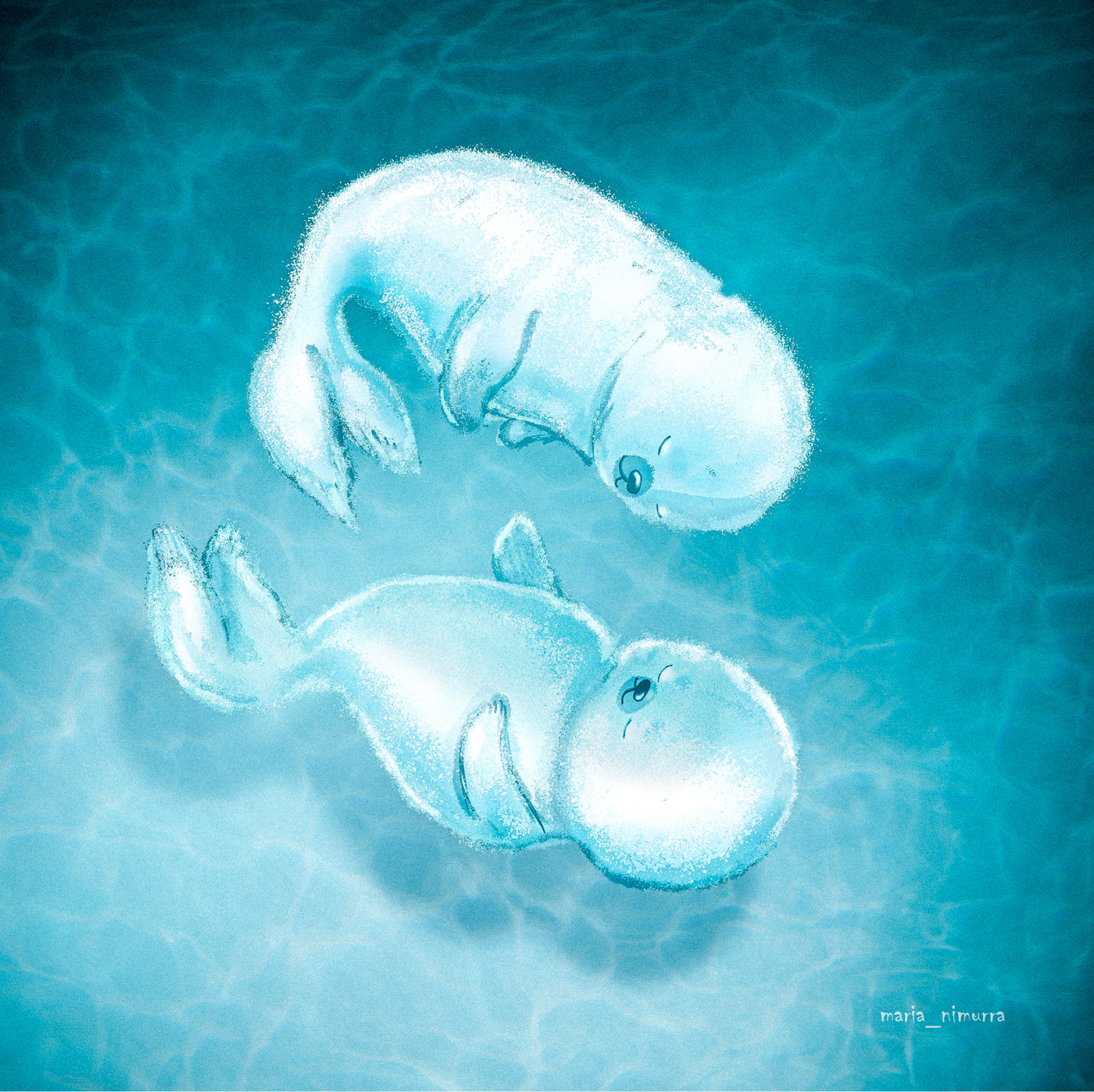
Red Book - "Baltic ringed seal"- Lives in the cold regions of the Baltic Sea, in particular off the coasts of Sweden, Finland, Estonia and Russia, occasionally reaching Germany. About 200 individuals remain in the Gulf of Finland. The most numerous sites are located on Hangeloda Island. It is considered an endangered species.
. . . . . . . . . . . . . . . . . . . . . . . . . . . . . . . . . . . . . . . . . . . . . . . . . . . . . . . . . . . . . . . . . . . . . . . . . . . . . .
Red Book - "Blue whale" - DIGITAL NIBS - France DIGITAL NIBS
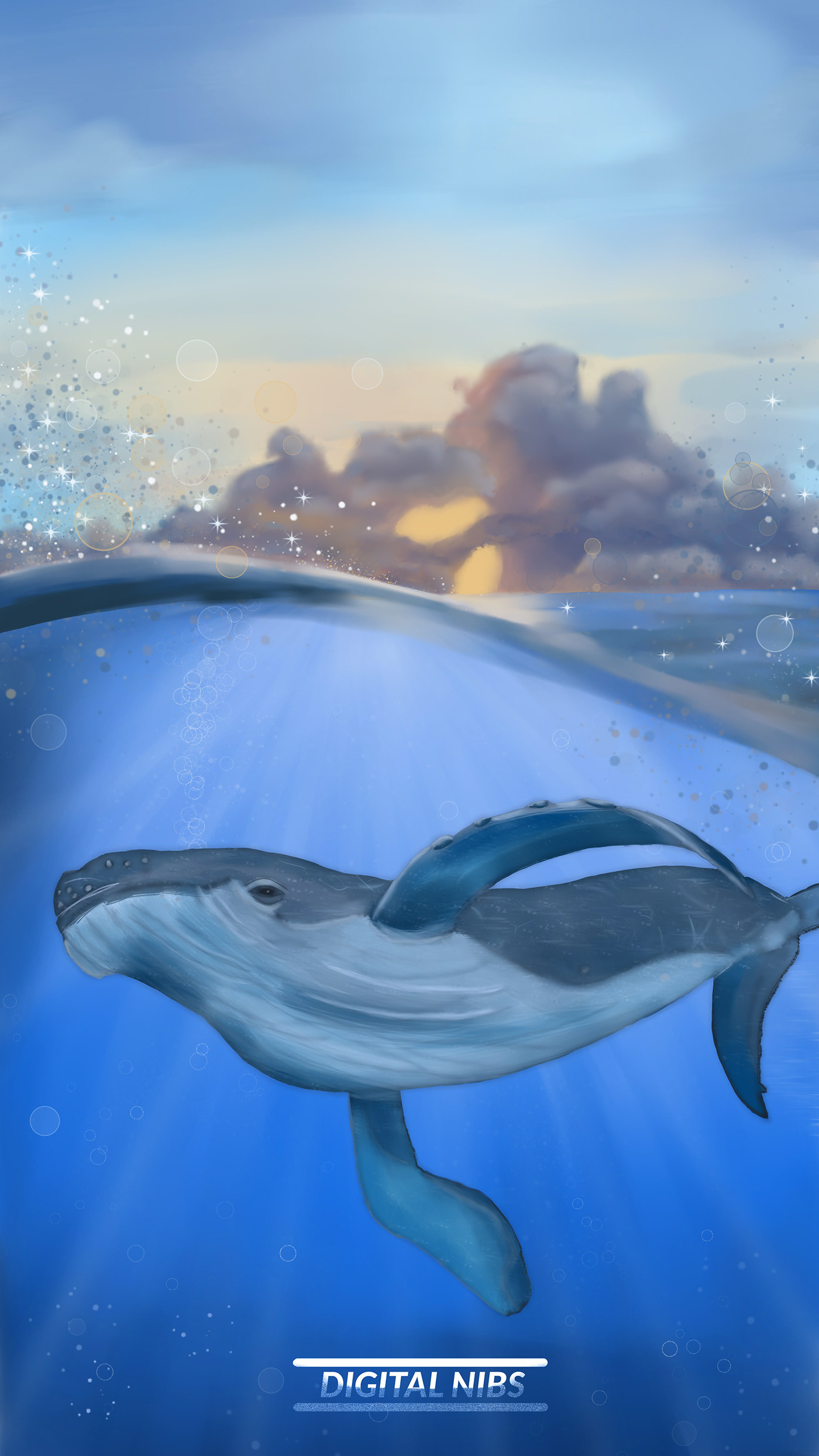
Red Book - "Blue whale" - Marine Mammal, Conservation Status: Endangered (Growing). The largest whale in the world, numbering 10,000 individuals, The main threat to whales is the anthropogenic factor, which is reflected in the disruption of their habitual way of life and pollution of the seas.
. . . . . . . . . . . . . . . . . . . . . . . . . . . . . . . . . . . . . . . . . . . . . . . . . . . . . . . . . . . . . . . . . . . . . . . . . . . . . .
Red Book - "Manta ray" - Cecilia Battaini - Milan, Italy Cecilia Battaini
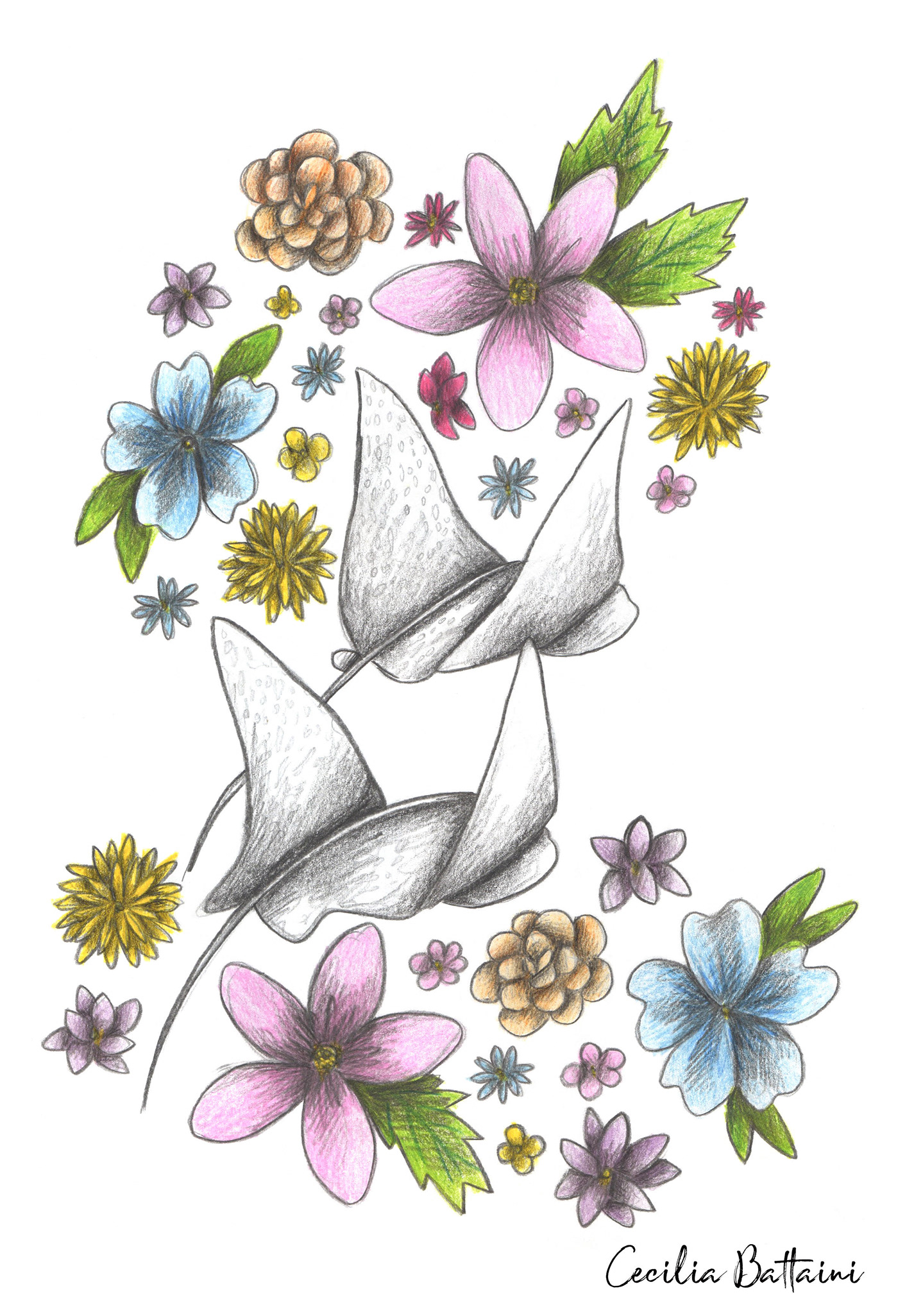
Red Book - "Manta ray" - Conservation measures In 2009, the species was included in the Bonn Convention and acquired the status of a protected species in international waters. The International Union for Conservation of Nature (IUCN) has assigned both species of the genus Manta the protection status "Vulnerable". The Manta Trust, a charity organization in the UK, is engaged in research into the biology of this genus and is making efforts to preserve it.
. . . . . . . . . . . . . . . . . . . . . . . . . . . . . . . . . . . . . . . . . . . . . . . . . . . . . . . . . . . . . . . . . . . . . . . . . . . . . .
Red Book - "Nautilus" - Viktória Kováts - Vereshegyhaz, Hungary Viktória Kováts
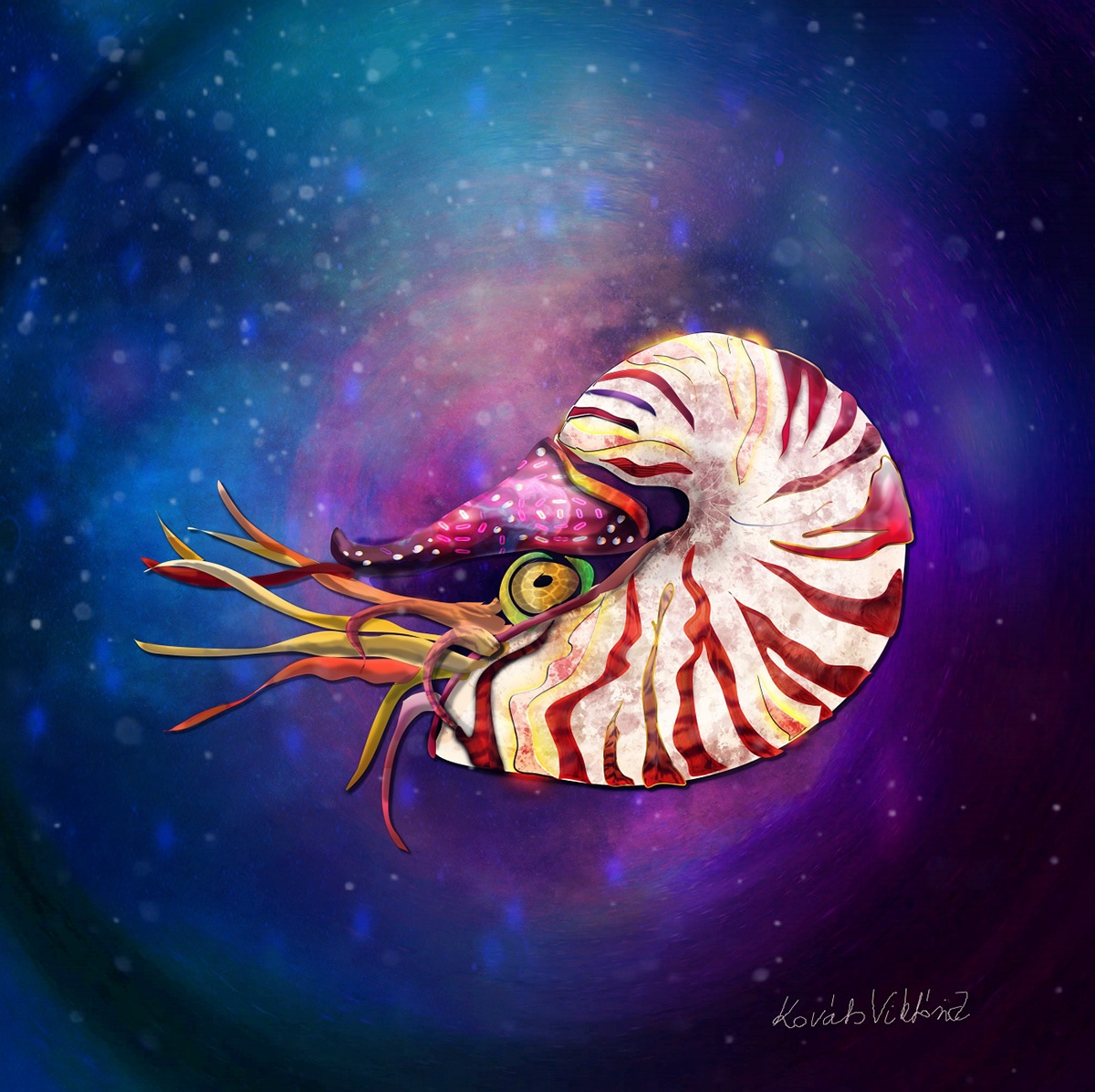
Red Book - "Nautilus" - Recently, a recommendation by the National Marine Fisheries Service (NMFS) and the National Oceanic and Atmospheric Administration (NOAA) was presented to the US Congress to include nautilus with cartridges as "endangered." in accordance with the Endangered Species Act (ESA). That the survival of this species is in dire need of human intervention, and the protection afforded by the Endangered Species Act. Managed Shell Harvesting - further exacerbating biotic threats, the shell harvesting industry, best known in the Philippines and western Indonesia, has proven to be the most influential cause of declines in this shellfish species.
. . . . . . . . . . . . . . . . . . . . . . . . . . . . . . . . . . . . . . . . . . . . . . . . . . . . . . . . . . . . . . . . . . . . . . . . . . . . . .
Red Book - "Hammerhead shark" - Cecilia Battaini - Milan, Italy Cecilia Battaini
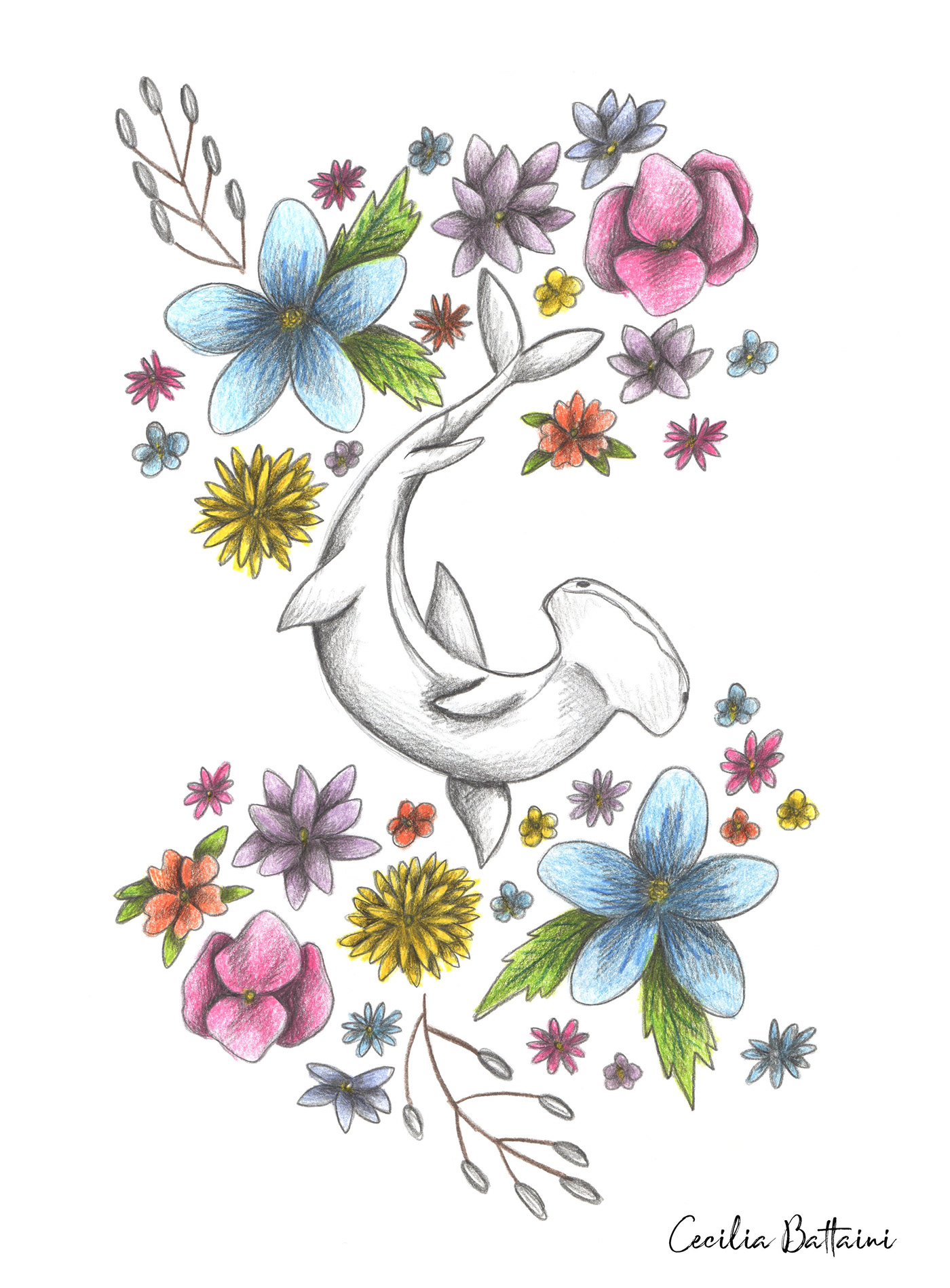
Red Book - "Hammerhead shark" - The species is rather small in number. It lives in hot seas and in the Mediterranean Sea, sometimes along the European shores of the Atlantic Ocean. The species is rather small in number, the common hammerhead shark is widely caught in the nets as a by-catch. In addition, they are killed in shark nets installed to protect the beaches. The International Union for Conservation of Nature (IUCN) has rated this species as Vulnerable.
. . . . . . . . . . . . . . . . . . . . . . . . . . . . . . . . . . . . . . . . . . . . . . . . . . . . . . . . . . . . . . . . . . . . . . . . . . . . . .
Red Book - "Leafy seadragon - Phycodurus eques" - Viktória Kováts - Vereshegyhaz, Hungary Viktória Kováts
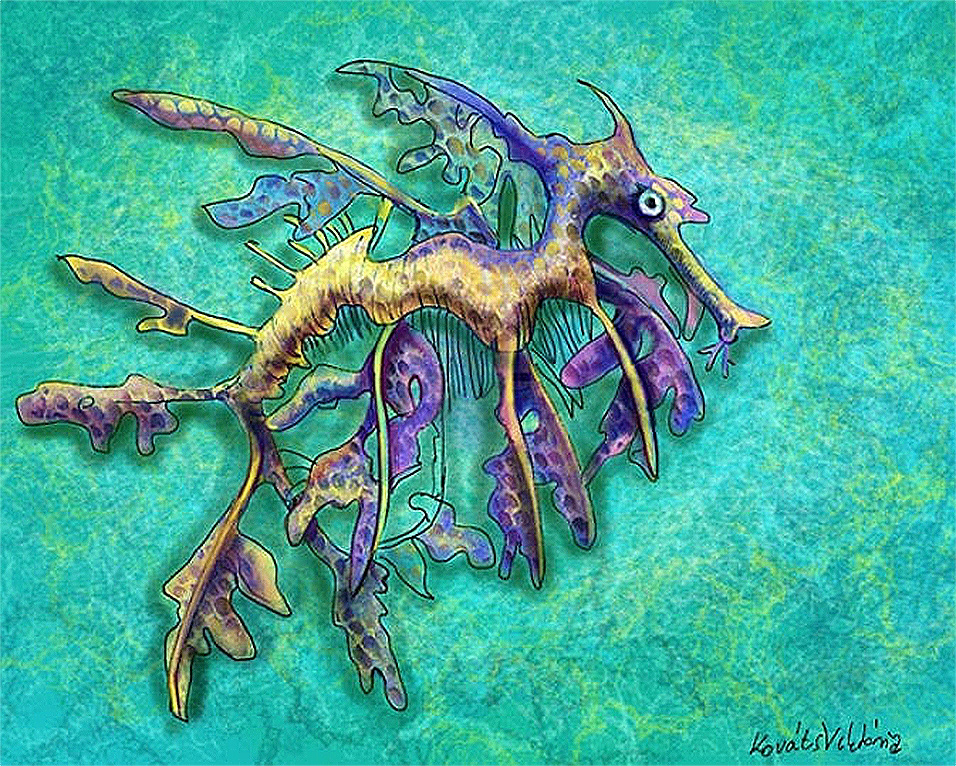
Red Book - "Leafy seadragon - Phycodurus eques" - a species of marine ray-finned fishes from the needle family, which stands out in the monotypic genus Phycodurus, related to the genus of seahorses (Hippocampus). Lives in the waters of the Indian Ocean, washing southern and southwestern Australia, as well as northern Tasmania. Natural status - are under the threat of destruction due to industrial emissions, as well as becoming examples of collections of amateur divers fascinated by their appearance. Due to this danger, the species is taken under the protection of the Australian government.
. . . . . . . . . . . . . . . . . . . . . . . . . . . . . . . . . . . . . . . . . . . . . . . . . . . . . . . . . . . . . . . . . . . . . . . . . . . . . .
Red Book - "Dugong" - Cecilia Battaini - Milan, Italy Cecilia Battaini

Red Book - "Dugong" - Spread have survived only in the tropical zone of the Indian and Pacific Ocean: from the Red Sea along the eastern coast of Africa, in the Persian Gulf, off the northeastern coast of India, near the Malay Peninsula, Northern Australia and New Guinea, as well as around a number of Pacific islands. The total length of the modern dugong range is estimated at 140,000 km of coastline.
. . . . . . . . . . . . . . . . . . . . . . . . . . . . . . . . . . . . . . . . . . . . . . . . . . . . . . . . . . . . . . . . . . . . . . . . . . . . . .
Black Book - "Golden Frog" - ZAlilo Moyo - Lusaka, Zambia ZAlilo Moyo

Black Book - "Golden Frog" - Lived in Central America, Costa Rica. The reason for the disappearance has not been clarified. There is a difference of opinion - 1. the warming of the Pacific Ocean has led to the consequences of natural selection. 2. Killed the harmful fungus. 3. Drought in Costa Rica in 1987. The golden frog was last seen in 1988.
. . . . . . . . . . . . . . . . . . . . . . . . . . . . . . . . . . . . . . . . . . . . . . . . . . . . . . . . . . . . . . . . . . . . . . . . . . . . . .
Black Book - "The Achatinella abbreviata" - Sarah Waldmann - Potsdam, Germany. Sara Waldmann
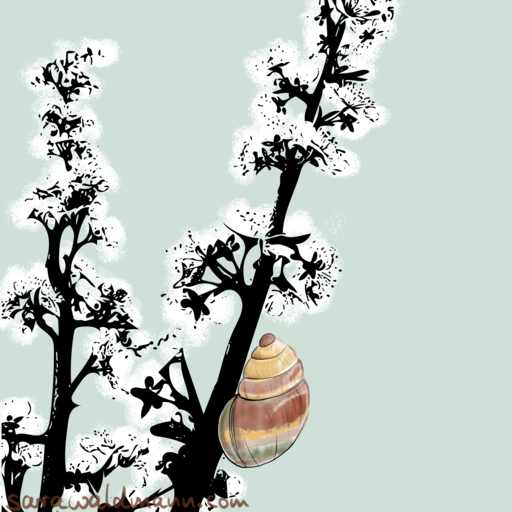
Black Book - "Achatinella abbreviata" - O'ahu tree snail, is an extinct species of colorful tropical tree-living air-breathing land snail, an arboreal pulmonate gastropod mollusk in the genus Achatinella. This species is considered to be extinct. The IUCN Red List first listed it extinct in 1990.
. . . . . . . . . . . . . . . . . . . . . . . . . . . . . . . . . . . . . . . . . . . . . . . . . . . . . . . . . . . . . . . . . . . . . . . . . . . . . .
Red Book - " 1. Protantigius superans 2. Goldia pacifica 3. Atrophaneura alcinous 4. Neolycaena oreas 5. Parnassius apollo 6. Seokia eximia 7. Sericinus montela" - Mimi Kraz - Budapest, Hungary Mimi Kraz

1. Protantigius superans 2. Goldia pacifica - Given the extremely small area and locality of the populations, it is very low. It is listed in the Red Book of Russia (Category I - endangered species). 3. Atrophaneura alcinous - the total number is very low and at a critical level. One of the reasons for the extinction of the species is the insufficiently warm climate of South Primorye for wintering preimaginal stages, fires, and the presence of a fodder plant, which belongs to rare species. 4. Neolycaena oreas - Number ofThe main limiting factors are common for the species and its fodder plant: the habitat of the latter has been reduced by cutting and grazing. 5. Parnassius apollo - factors limiting the number - Destruction of natural habitats of the species - trampling and burning in the vicinity of settlements, plowing of forest edges, afforestation of meadows and wastelands. The species has a weak ability to migrate, and its disappearance in a particular area is often irrevocable. 6. Seokia eximia - the total number of the species is low and tends to decrease due to the impact of unfavorable anthropogenic factors on the natural habitats of the species. 7. Sericinus montela - the main limiting factor is the lack of food for caterpillars due to agricultural land development, partly from fires. All known sericin habitats are located in areas of intensive agricultural development.
. . . . . . . . . . . . . . . . . . . . . . . . . . . . . . . . . . . . . . . . . . . . . . . . . . . . . . . . . . . . . . . . . . . . . . . . . . . . . .
Red Book of Ukraine - "Emperor dragonfly - Anax imperator " - Víctor Yáñez - Mexico, Mexico Víctor Yáñez
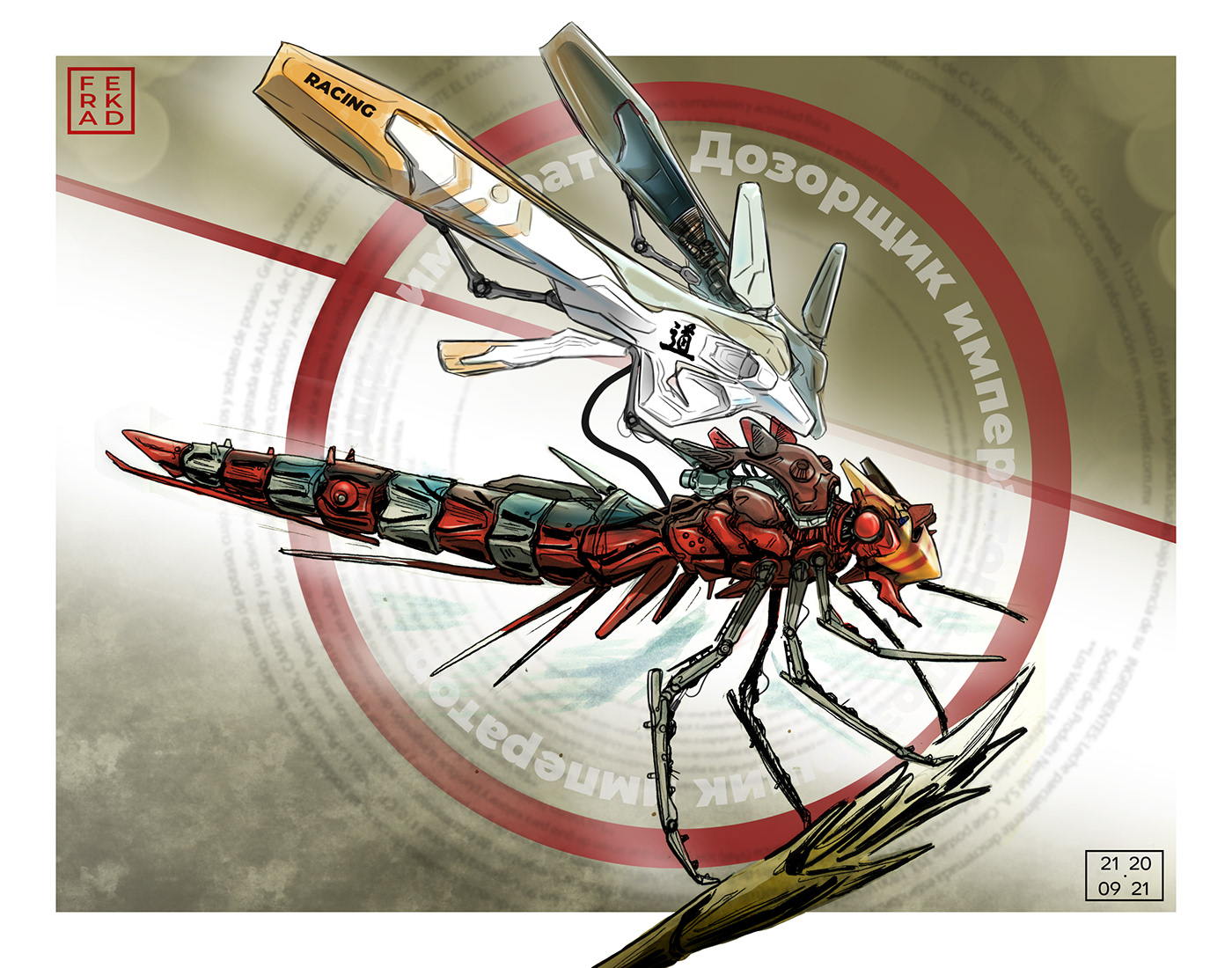
Red Book of Ukraine - "Emperor dragonfly" - This dragonfly has a wide distribution; it is found throughout Africa and through most of Europe, the Arabian Peninsula, and south-western and central Asia. Since 2000, its range has expanded in Europe, both northwards and to higher altitudes Conservation status of the species: Vulnerable. Reasons for the change in numbers. Chemical and organic pollution of water bodies. Dragonfly of this species laid their eggs in the tissue of leaves and stems of aquatic plants. therefore, the disappearance of plants near waters also plays a role in it’s delicate status.
. . . . . . . . . . . . . . . . . . . . . . . . . . . . . . . . . . . . . . . . . . . . . . . . . . . . . . . . . . . . . . . . . . . . . . . . . . . . . .
Red Book of Ukraine - "Colias palaeno" - Victoria Ivanova - Dubai, United Arab Emirates Victoria Ivanova
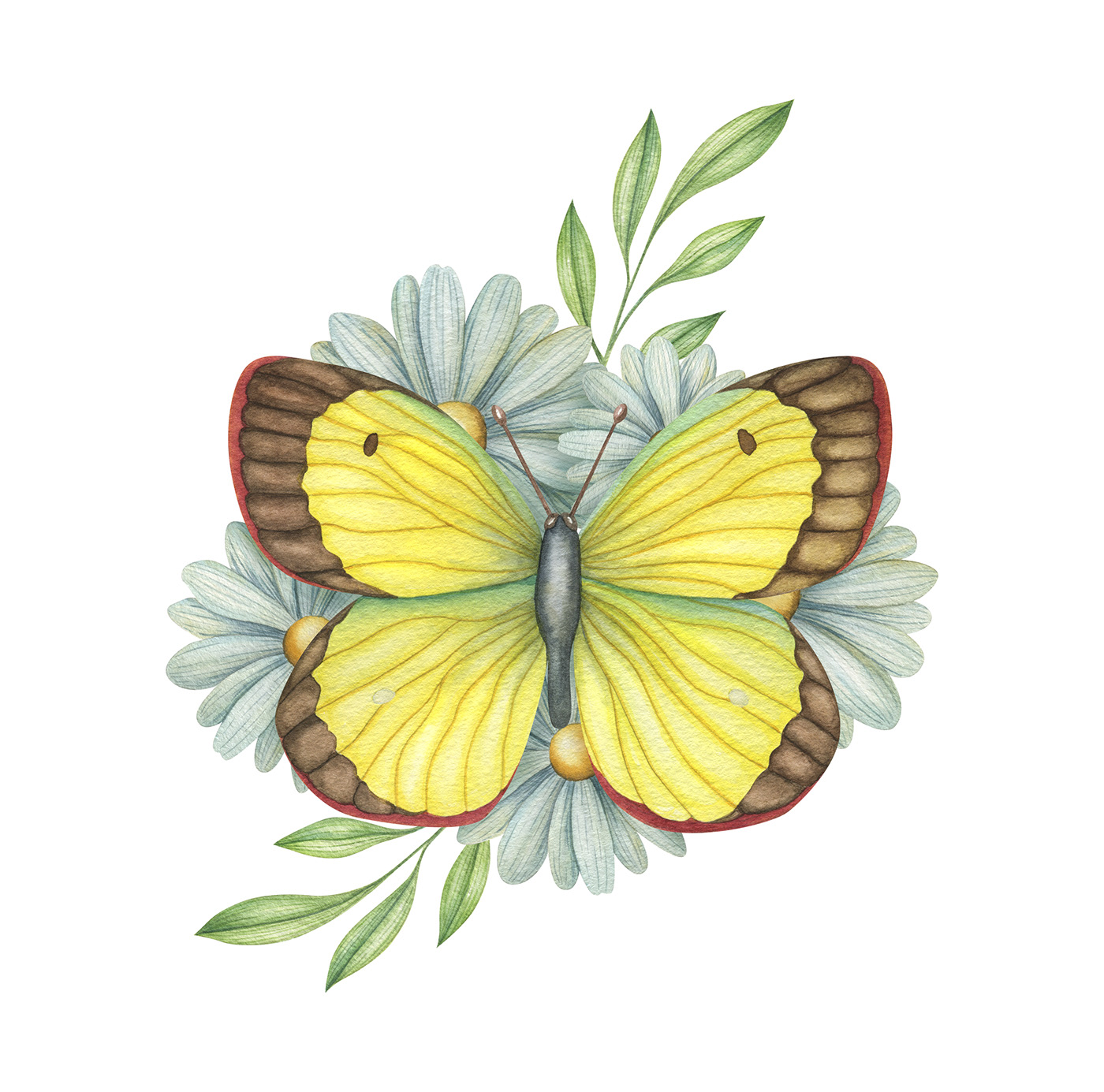
Red Book of Ukraine - "Colias palaeno" - Conservation status: of the species: Endangered. The area of the species and its distribution in Ukraine: Forest and tundra zones of Eurasia. Reasons for the decrease in numbers: destruction of biotopes due to land reclamation and peat extraction, overgrowing of peat bogs with trees and shrubs. Population conservation regime and protection measures: Protected in some reserves of Polesie of Ukraine. In places with a high number of individuals of the species, it is advisable to create entomological reserves to prevent changes in the hydrological regime and industrial exploitation of peatlands.
. . . . . . . . . . . . . . . . . . . . . . . . . . . . . . . . . . . . . . . . . . . . . . . . . . . . . . . . . . . . . . . . . . . . . . . . . . . . . .
Red Book - "Rusty Patched Bumble Bee" - ROHAN DAHOTRE - Pune, India ROHAN DAHOTRE

Red Book - "Rusty Patched Bumble Bee" - The US Wildlife Service has listed rusty spotted bumblebees as endangered. Decreases in numbers with a number of different factors: 1. Intensive farming:Increase in farm size and technological progress. 2. Widespread use of pesticides 3. Loss of crop diversity - flowering crops, resulting in flowering crops becoming available only for a short time. 4. Global climate change.
. . . . . . . . . . . . . . . . . . . . . . . . . . . . . . . . . . . . . . . . . . . . . . . . . . . . . . . . . . . . . . . . . . . . . . . . . . . . . .
Red Book of the Tyumen region - South of Western Siberia - " Lattice dragonfly, or blue dragonfly, or rectangular latticed dragonfly" - Ana lorena moledo martinez - La Coruña, España Ana lorena Moledo Martinez

Red Book - "Lattice dragonfly" - Tyumen region - the Russian Federation, located in the south of the country Siberia. A multi-winged dragonfly from the family of true dragonflies (Libellulidae). Lives near lakes. Various species of dragonflies place their eggs in reservoirs where larvae develop. Pollution of lakes and ponds significantly reduces the population of dragonflies.
. . . . . . . . . . . . . . . . . . . . . . . . . . . . . . . . . . . . . . . . . . . . . . . . . . . . . . . . . . . . . . . . . . . . . . . . . . . . . .
Red Book of Ukraine - "Beautiful demoiselle - Calopteryx virgo" - Tina Kapri - Minsk, Belarus Tina Kapri

Red Book - "Beautiful demoiselle" - Conservation status of the species: Vulnerable. Reasons for changes in numbers: most likely, anthropogenic transformations of reservoirs and watercourses where larvae occur have suffered. Threats: chemical and organic water pollution, hydraulic engineering, land reclamation, etc. Spread - Most of Europe, North Africa (Algeria), western and central Asia, part of western and eastern Siberia. In Ukraine, mainly on the Right Bank. In the Crimea, the species probably disappeared.
. . . . . . . . . . . . . . . . . . . . . . . . . . . . . . . . . . . . . . . . . . . . . . . . . . . . . . . . . . . . . . . . . . . . . . . . . . . . . .
Black book statistics data - Kenji Inoue - Fukuoka, Japan Kenji Inoue
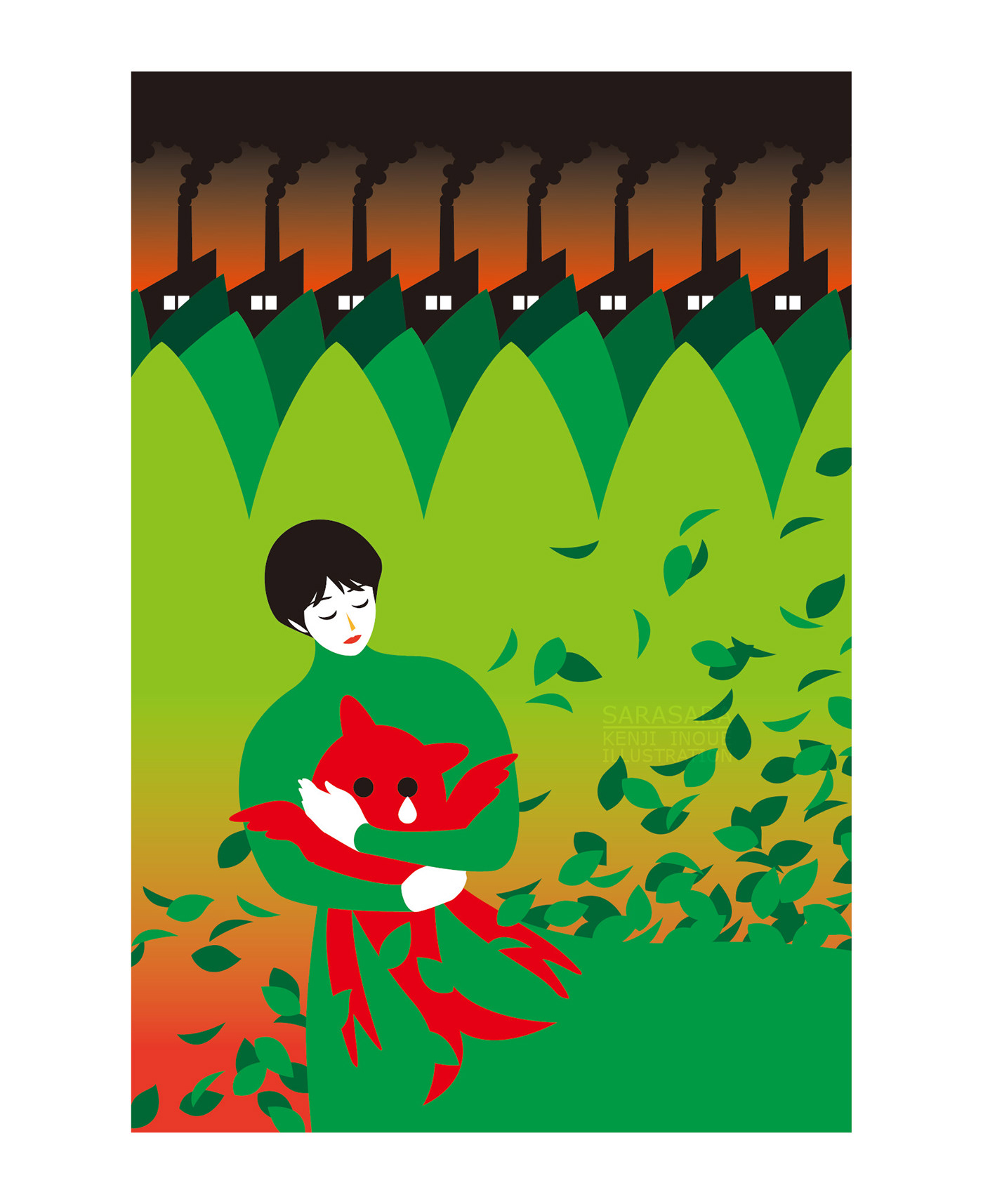
According to the World Conservation Union, in 2008, 844 species of animals have completely died out over the past 500 years. Only in the twentieth century mankind realized that the extermination of rare species of animals is the same vandalism in relation to nature. However, early attempts at conservation were often unsuccessful. This was due, in particular, to the fact that, having realized too late, zoologists tried to revive the species, having at their disposal one or two pairs of individuals.

Thank you all for participating in the project. Take care of nature - fauna and flora.
_ _ _ _ _ _ _ _ _ _ _ _ _ _ _ _ _ _ _ _ _ _ _ _ _ _ _ _ _ _ _ _ _ _ _ _ _ _ _ _ _
Take part in a new group project 2023
Good afternoon, I want to ask everyone to take part in the new project of our group "Art and Combinations - underwater inhabitants".
To participate, you must create an illustration - on the topic or topic of the project. You can choose any of the 5 themes or all if you like. Also - you can - make an assembly using the theme. The number of illustrations is not limited. Technique and style of freedom, it will also be necessary when sending an illustration to indicate the names of the species, fauna or flora that you have drawn.
The finished work must be sent to e-mail:
The finished work must be sent to e-mail:
------------------------------
kat.swiridowa2016@gmail.com
----------------------------------------------------------------
The file can be in JPEG or PNG format. The deadline for citing illustrations is any day before the end of 2023.
Project theme :
Project theme :
1. underwater inhabitants of the seas and oceans; 2. underwater inhabitants of the rivers; 3. underwater inhabitants of lakes; 4. prehistoric underwater fauna; 5. aquarium fauna.
------------------------------------------------------------------------------
Оptions for fauna and flora of underwater inhabitants: Fish; sharks; dolphins; whales; manta ; Starfish; Jellyfish; cancer; crab; Lobster; Caridea; Salamander; triton; frogs; toads; aquatic mollusk; sea Horse; Tridacna; coral; seaweed; actinopterygia; osmenog; squid; turtles.
Оptions for fauna and flora of underwater inhabitants: Fish; sharks; dolphins; whales; manta ; Starfish; Jellyfish; cancer; crab; Lobster; Caridea; Salamander; triton; frogs; toads; aquatic mollusk; sea Horse; Tridacna; coral; seaweed; actinopterygia; osmenog; squid; turtles.


